- Maps of Italy >

Sardinia, Italy, Map and Travel Guide
Looking for different “sardinia is not italy” is the sign you've found it.

Megalithic stone towers still speckle the countryside. They're called nuraghi and they're ancient. Then there are the " sacred wells " in which you can descend into the underworld, your fingers grazing basalt walls so finely worked you couldn't shove a piece of paper between the perfectly honed stones if you tried. They're even older .
Roman spring-fed baths still function, like those at Fordongianus , north east of Oristano on our map. The site is walled and you'll pay a little to get in and wander around, but they've left a bit of the site unfenced near the road, where locals can direct the waters into jugs to fill their bathtubs with the healing waters back home.
Yes, there are beaches, too, and modern hotels with all the amenities you might imagine--as well as prehistoric tombs called "fairies’ houses" and others called "giant's tombs". For a society that has a foot in its unique past and a toe in the pagan waters, it is also firmly grounded in the modern life.
Planning a vacation that will stretch your imagination way back to the distant past? You're in for a treat.
Map of Sardinia Towns, Attractions and Archaeological Sites

Getting Your Bearings
If you come into Sardinia from mainland ferries, you'll likely land at Olbia, Golfo Aranci, or Cagliari. There are major airports in Alghero and Cagliari.
Sardinia is divided into 8 provinces. The most populous is Cagliari. (See a Sardinia Province Map. ) The lines on the map represent train lines (green indicate the tourist train routes). Major superstrada roads mostly parallel the major train lines.
Cagliari is Sardinia's capital and largest city. You'll find sophisticated bars, good restaurants and even fine beaches just out of the city. There is a Ferry port and an Airport, Elmas Airport. Cagliari makes a fine base from which to explore the south of Sardinia. Sites like ancient Nora, a Roman and pre-Roman town on a peninsula near the little town of Pula can be visited by a 40 km drive along the coast. During the season you can see theatrical works in the ancient theater on the site while sea breezes waft over you. Behind the beach you might see the 11th-century church of Sant’Efísio , site of the martyrdom of Cagliari’s patron saint and the destination of an annual four-day procession from Cagliari on May 1 called the Festa di Sant'Ifisio . Yes, you can walk between the two places, even barefoot if you like. Further down the coast is a recommended public beach that sardiniabeaches.com rather likes:
Tuerredda beach ( Spiaggia di Tuerredda ), located on the headlands of Capo Spartivento , certainly deserves a spot on the top ten list of most beautiful beaches on the southern coast of Sardinia.
Cagliari has some ancient sites as well. The Basilica of San Saturnino is within a walled complex that includes a Paleo-Christan necropolis. The first mention of it comes in the year 600. Getting below Cagliari is the way to see older remnants of the city. The “area archeologica” near the Museo del Tesoro e Area archeologica di Sant’Eulalia is where you want to be. You'll see Roman roads, house floors and even a Roman toilet.
50 kilometers north of Cagliari is Su Nuraxi di Barumini , one of Sardinia’s top tourist sites and one of Italy’s UNESCO World Heritage Sites.
Cagliari Travel Guide Cagliari Weather and Historic Climate Cagliari Hotels and Apartments Top Cagliari Tours
Alghero is a very interesting city in Sardinia's northwest corner. The seaside beauty has changed ownership repeatedly over history, from the Genovese who designed the port to the Aragonese who expelled the locals and populated the city with Catalan colonists. In fact, a dialect of Catalan is still spoken by a small number of locals, and Spanish is widely understood.
Near Alghero there are a couple of important Sardinian archaeological sites, the nuragic complex of Nurghe Palmavera and the necropolis of Anghelu Ruju found in a vineyard of Sella&Mosca winery.
North of Alghero is Monte d'Accoddi , the 6000 year old Ziggurat folks have been scratching their chins over for years. Our Alghero Day Trips page has recommendations for other attractions on Sardinia's northwestern corner.
The city still retains its laid-back Catalan character, and the new seaside promenade makes strolling a very compelling evening pastime.
Alghero Travel Guide Alghero Weather and Climate Alghero Day Trips Top Alghero Tours
South of Alghero is one of Sardinia's prettiest towns, Bosa. It lies happily along both sides of the Temo, Sardinia’s only navigable river. One of the most photographed places in Bosa are the identical and harmonious "Sas Conzas", long ago serving as tanneries. The town is capped by the ruins of a castle built by the Malaspina family around 1112. There is a fabulous view, of course.
The Romanesque church of St. Peter is a short walk out of town. It's from 1062.
Arogosta a Bosa are generally accepted to be the best Spiny Lobsters you'll find in Sardinia.
If you are looking for a place to stay with kitchen and even grocery delivery service in the heart of the city, the highly-rated Sardinia Gallery might be worth checking out.
Bosa Travel Guide Bosa Places to Stay

Alghero to Bosa
One of the best trips to take is the coast road from Alghero to Bosa . The drive takes a little over 45 minutes. A short drive inland brings you first to Flussio , a town known for its asphodel baskets, and a little further on to Tinnura , a mural town whose art reflects the Sardinian art of traditional living.

Here you might consider looping back north toward Bonorva, taking in the valle dei nuraghi with its ancient cornerstones the Nuragic complex of Santu Antine and the fascinating necropolis of Sant'Andrea Priu , both shown on the map.
How far in the past are we talking about? The time-line is below.

Nuoro and the Barbagia Mountains
Heading east out of Bosa brings you to the wildly remote barbagia mountains. The geography was such that bandits on foot could catch the slow-moving trains and rob them. Here is where the traditions have held fast and you can really get an idea of life on the island as it was long ago. Traditional arts and crafts are celebrated in a relatively new festival that goes on all autumn called " Autunno in Barbagia ". We stayed in Gavoi, a town we hadn't heard of in the heart of this strange land, and during the festival doors opened to us that we wouldn't have been able to navigate. Buses took us to archaeological sites in the countryside where we had guided walks with experts. The little man who normally made those sought-after Sardinian knives threw his shop open when normally the locals would just knock on his unmarked door when they needed a knife made. ( Where to find artisinal knives in Italy )

Display of Sardinian Hand-Made Knives in Gavoi
This is prime festival country, and you'll notice if you hang around long enough that just about everyone owns a traditional costume and perhaps a mask. If you're ready for a little Paganism, you might head to Mamoiada to see the Mask Museum and if you're there in the late fall you might get the opportunity to take part in a celebration of the dark months.
Dressed in black sheepskins, men shrouded in black masks, big lipped, mouths wrinkly and distorted, the 12 haggard Mamuthones stoop under the burden of the enormous collection of heavy bells on their backs. They are controlled by an Issohadore, a young man in white with a red scarf. It is time for the old ideas of the old, broken men to give way to new ideas. This is a classic tragicomedy of death and rebirth.

You can buy your own mask in Mamoiada
The rest of the story, the traditional costume part, is told in Nuoro , where you can visit the Museo Etnografico Sardo , once called the Museum of Costumes and Sardinian Traditions, one of the island's most important ethnographic museums.
Then there are the mountain towns like Orgosolo . The hard-scrabble life and economic difficulties are reflected in hundreds of murals painted on the walls of rocks and village houses.
To get a real feel for this corner of Sardinia, you must read the novels of Grazia Deledda, who won the Nobel Prize for Literature in 1926 for her depictions of Sardinian life. In Nuoro you just find Via Grazia Deledda and you can visit a museum dedicated to the author, Native House and Museum of Grazia Deledda . The life of the author is reflected in the novel Cosimo .
South to Oristano
Santa Lussurgiu is home to one of the most fascinating Ethnographic museums you'll ever come across. Its famous carnival festival is called Sa Carrela ‘e Nanti and like many festivals, it involves horses in pair races in an event that originated from light cavalry exercises. It's a time to hear the particular music of the tenores in the open cantinas around town.
The area round Bauladu on the map has a couple of interesting ancient sites. Fordongianus is the home to a spring-fed Roman bath complex that, despite the buildings being in ruins, still heats the water in the pools. Santa Cristina , right off the SS131 superstrada, is one of the world's great off-ramp experiences. The complex has an amazing "sacred well" as well as a Nuraghe and a Romanesque church that is still in use today as a church of festivals and pilgrimage; there are houses for pilgrims built near the church from the 1700s, still in use for short stays by modern pilgrims. As if that weren't enough, there is a bar overlooking the site and a very good restaurant. Bauladu is run by Italy's youngest mayor who has revitalized the village, which has a number of ancient sites within walking distance of it, now well signposted. If you wish to stay the night and eat a traditional meal, we highly recommend Casa Atza .
Nearby Milis is famous for its oranges, and is worth a short visit.
Oristano is a gateway to the Sinis Peninsula , which is chock full of attractions and things to do. The provincial capital itself is a charming town with a very well preserved historical center. It's home to one of those huge Sardinian carnival festivals called "Sa Sartiglia", which involves lots of pomp and circumstance followed by a medieval competition in which guild members on horses try to skewer a star held on a string between trees in front of the Duomo. It's a fantastic thing to watch, and it's followed by more demonstrations of the extreme sport of horse acrobatics.
If you are interesting in very well situated archaeological sites, don't miss the peninsula's seaside archaeological site Tharros . Phoenicians were said to have founded the city around the 8th century BC. It became Roman and wasn’t abandoned until 1050. Then head for Cabras and see the archaeological museum where the main event is gawking in wonder at the Giants of Mont’e Prama , enormous sculptures found guarding a grave site on Monte Prama.
When you're tired of old things, head up to Is Arutas Beach . It has a unique sand made of small, round quartz grains, ranging in color from pink to light green to white. The restaurant at the beach serves very good seafood.
Carbonia and the Dunes: Sardinian Mining Country
If the name "Carbonia" seems a bit "made up" it's because it was. Like the town of Fertilia in the north, Carbonia was built by Mussolini order. Why? Well, the answer might lead you to believe that the Italy's alliance with Germany in the war was based on peak coal. The British slowed exports to Italy because coal was running out.
The two low points under the production peak correspond to the two major strikes of the coal miners of 1921 and 1926. But, even without strikes, the British economy was undergoing a major readjustment. Coal was not any more so abundant as before and that had effects on the British coal exports. In turn, that created an energy crisis in Italy. You can see in the data, below how coal imports from Britain had plummeted immediately after the war and how imports from Germany were initially insufficient to compensate the decline. ~ What Fuels Civil War? Energy and the Rise of Fascism
Mussolini tried valiently to compensate, opening ancient mines and building infrastructure for miners. The production wasn't ever enough.
The Serbariu coal mine museum in Carbonia takes you through the history of coal mining in the southwest of Sardinia.
Nearly the entire southwest has, in fact, become he Geomineral Park of Sardinia , a UNESCO project intending to preserve the ancient mines and the ex-mining villages. The villages are being promoted along with the traditional foods of the region.
Archaeological buffs might want to visit a very important punic-roman settlement on the top of the mount Sirai near Carbonia. Monte Sirai features the remains of the town and acropolis, a punic and a phoenician necropolis and a tophet . Not to mention that the view from the top of Monte Sirai is amazing.

Mining Buildings in Sardinia
Can mining, a long, dark railway tunnel, and the end of the line for the coal railway be combined with dunes, beaches and a romantic retreat. Why, in Sardinia, yes! The is the land of surprises, and if you take a room at the Hotel Le Dune Piscinas you are in for a romantic vacation on the shifting dunes by the deep blue sea. The location is marked on the map as "Le Dune".
This is where the coal from the major mine of Montevecchio came to be loaded onto boats to be shipped to the mainland. The railway tunnel led to the warehouse which has now been crafted into the Hotel Le Dune Piscinas. The best time to visit is June through September.

West of Carbonia are two notable islands, Sant’Antioco and San Pietro . San Pietro is a land of craggy cliffs and secluded coves. It has but a single town, but an important one, Carloforte. Angela Corrias writes a great guide to the islands, and includes the interesting town:
Walk around its ancient walls, peek at the architecture and be surprised by the incredible similarities with Genoa and the towns of Liguria’s coast. From the streets to the food to the language, here everything will remind you of Genoa. It all dates back to the 16th century when fishermen and traders from Genoa left their initial settlement in Tunisia and founded Carloforte in San Pietro Island and Calasetta in Sant’Antioco. -- Where to go in Sardinia in summer? How about gorgeous San Pietro Island and Sant’Antioco?
Another thing you'll find here is an ancient tradition of harvesting bisso from the giant fan mussel to make Sea Silk. You can learn about it through the little Museo del Bisso di Chiara Vigo . Sharon Sanders tells the tale expertly in Silk from the Sea in Sardinia :
Diving to harvest the filaments without harming the bivalve, cleaning, processing, and spinning the filaments– all of this Vigo learned from her grandmother, Maria Maddalena Rosina Mereu, who received the knowledge from previous generations of women in her family. As she speaks, Vigo combs a clump of bisso to clean the bits of sea debris then she meticulously pulls the clean filaments away from the clump.
You can even contibute to see this tradition alive .
And then there's the food; it's different because the history of the island is different and evolving:
The food is very similar to that of the Liguria region (where Genoa is located) but mixes components and recipes from northern Africa, for example, cascás, is a variation of the African cuscus (but made solely with vegetables that are cooked separately), and many dishes belonging to the Genoese tradition have undergone various modifications and additions, that of tuna especially, as this fish is one of the features of Carloforte. For over a hundred years in fact, the famous “mattanza dei tonni” in which tunas are fished and killed, takes place here the very first days of June. It has become a major event with a variety of initiatives including the “World Tuna Cuisine Competition”. The mattanza in itself , though a fascinating fishing “documentary”, is not a sight for all, but the other events and the fresh tuna in all its cooking variations are absolutely unmissable. Another speciality one must try is the “ceciata” a very tasty sort of focaccia (but not really..) made with chick pea flour, olive oil and water and bright yellow in colour..an absolutely delicious quick snack to relish whilst waiting for a lovely supper, also originating from the Genoa (and Pisan) culinary tradition -- Islands in an island..Sant’Antioco and San Pietro
What is a Nuraghe?
The name "nuraghe" derives from the word "nur" meaning "hollow heap." The earliest form of nuraghi were corridor nuraghi, and from the outside resembled a pile of rock, but the insides had been removed to make a habitation area.
There are around 7000 Nuraghe on the island of Sardinia. Most are stone towers or complexes of many stone towers topped with a corbeled dome (a rounded dome made by stacking rocks in circular courses, each course becoming smaller as it inches inward, until it all comes together at the top). There usually are interior staircases and niches. Here is a picture of the nuraghe at Santa Cristina:

Nuraghe, Santa Cristina, Sardinia

Plan of the Nuraghe seen above. Scala =stairs, camera =room, celle is a niche.
Sardinian Food and Wine
"Sardinia isn't Italy" certainly applies to the food of the island. Here are some things to try that are unique in Sardinia.
Culurgiones are a stuffed pasta the looks like a chinese dumpling you'd consume at a dim sum lunch. The pasta is stuffed with a cheese, potato and mint combo, and is usually served simply dressed with olive oil and pecorino cheese.
Maialetto or Maialino Sardo: suckling pig roasted with myrtle leaves.
There are two outstanding restaurants in Sardinia that serve Culurgiones and Maialino Sardo , one is the vaunted Su Gologone and the other I recently discovered is in the northwest, near Porto Torres called Tenuto Li Lioni . The link to Li Lioni includes a video of how Culurgiones are made.
Pane Frattau : whole sheets of pane carasau , the island's thin and crisp flatbread, are stacked, dipped in broth and made like lasagna with tomato sauce with a poached egg on top.
Grilled eel: One of my favorite festival foods, eel grilled over a wood fire and served in a paper cone are one of Sardinia's great treats. Really.
Panadas: If you are looking for a quick snack or some take-out, try these oven baked pies of meat, fish or vegetables found all over the island.
Fregola : a type of semolina pasta rolled into balls and toasted, are often found with seafood sauces as in fregola with clams .
Cannonau Di Sardegna is a DOC red that is the most famous of Sardinian wines, based on the Grenache grape. In the sandy and warm Sulcis region you'll find Carignano .
Bosa produces a world-renowned Malvasia di Bosa .
Vernaccia di Oristano is very good with shellfish. Vermentino di Gallura , the island's DOC white wine, has hints of green apple, citrus fruit and pear, and is also good with seafood.
The Bookstore
We've partnered with Bookshop.com to bring you recommended books and guides you can order on the internet. Bookshop supports your local bookstore and indy authors, so I like it.
Where to Go From Here, a Suggestion
Sine you can't have too much island life, how about thinking of going from Sardinia to Corsica. A mere 15 km ferry crossing gets you there, and the sudden appearance of Bonifaccio's white cliffs will astound you.
Planning a Trip?
Here are some travel planning tools that are especially useful if you're planning your first or second trip to Italy.
- Travel Planning Timeline : Learn what you need to plan when.
- What Will an Italy Vacation Cost? : Tools for budgeting your Italian vacation.
- Unplanned Attractions : Save time for the good life in Italy.
Map of Sardinia — Best attractions, restaurants, and transportation info
What’s on this map.
We’ve made the ultimate tourist map of Sardinia, Italy for travelers! Check out Sardinia’s top things to do, attractions, restaurants, and major transportation hubs all in one interactive map.
Visiting Sardinia? See our Sardinia Trip Planner.
How to use the map
Use this interactive map to plan your trip before and while in Sardinia. Learn about each place by clicking it on the map or read more in the article below. Here’s more ways to perfect your trip using our Sardinia map:
- Explore the best restaurants, shopping, and things to do in Sardinia by categories
- Get directions in Google Maps to each place
- Export all places to save to your Google Maps
- Plan your travels by turning on metro and bus lines
- Create a Wanderlog trip plan (link to create a trip plan for the city) that keep all the places on the map in your phone
- Print a physical map to bring it on your trip

Top 20 attractions in Sardinia
Villasimius.
Navigate forward to interact with the calendar and select a date. Press the question mark key to get the keyboard shortcuts for changing dates.
Navigate backward to interact with the calendar and select a date. Press the question mark key to get the keyboard shortcuts for changing dates.

Neptune's Grotto
Parco nazionale dell'arcipelago di la maddalena, cala goloritzé, su nuraxi di barumini, garibaldi museum in caprera, spiaggia la pelosa, gola di gorropu, area archeologica di tharros, cathedral of cagliari, regional natural park of porto conte, santuario prenuragico monte d'accoddi - biglietteria, ispuligedenie / cala mariolu., top 10 restaurants in sardinia.

Luigi Pomata
Ristorante dal corsaro, la paillote, locanda tipica sa corte, azienda agrituristica sa mandra, "il rifugio", i frati rossi, su gologone experience hotel, il gabbiano - stintino, transportation in sardinia, nearby airports, alghero airport, olbia costa smeralda airport, highways and major roads.
- SS131 Strada statale 131 Sardegna Centrale
- SS127bis Strada statale 127 bis Settentrionale Sarda
- SS195 Strada statale 195 Sulcitana
- SS125 Strada statale 125 Orientale Sarda
- SS131dir Strada statale 131 Carlo Felice
- SS554 Strada statale 554 Sassari-Alghero
- SP71 Strada provinciale 71
- SS198 Strada statale 198
- SS597 Strada statale 597
- SP90 Strada provinciale 90.
Top searches in Sardinia
Explore nearby places.
- Nughedu Santa Vittoria
- Paulilatino Oristano
All related maps of Sardinia
- Map of Sedilo
- Map of Ottana
- Map of Bidoni
- Map of Nughedu Santa Vittoria
- Map of Sorradile
- Map of Soddi
- Map of Norbello
- Map of Olzai
- Map of Silanus
- Map of Ghilarza
- Map of Abbasanta
- Map of Teti
- Map of Borore
- Map of Bolotana
- Map of Ortueri
- Map of Sarule
- Map of Bortigali
- Map of Ollolai
- Map of Orotelli
- Map of Busachi
- Map of Ovodda
- Map of Gavoi
- Map of Orani
- Map of Oniferi
- Map of Macomer
- Map of Sorgono
- Map of Paulilatino Oristano
- Map of Atzara
- Map of Burgos
- Map of Tonara
Sardinia throughout the year
- Sardinia in January
- Sardinia in February
- Sardinia in March
- Sardinia in April
- Sardinia in May
- Sardinia in June
- Sardinia in July
- Sardinia in August
- Sardinia in September
- Sardinia in October
- Sardinia in November
- Sardinia in December

- Itinerary + map in one view
- Live collaboration
- Auto-import hotels and reservations
- Optimize your route
- Offline access on mobile
- See time and distance between all your places

Sardiniabella
Sardinia Map For Tourists (By a Local)
- Giovanni Cardia
Are you planning a trip to Sardinia and need a tourist map? Do you need to check where beaches , cities , or mountains are located? And if you are also looking for historical sites (like Nuragi and Giants’ Tombs) today is your lucky day. Keep reading to see a combined tourist map. You will find the legend below and read the “ how to use ” section in case of issues.
Interactive Tourist Map of Sardinia
You can zoom in with the usual pinch-to-zoom gestures on smartphones, with the mouse wheel on desktops, using the (+ and -) buttons on both desktops and smartphones.
In the top right, you will find the layers symbol, which allows you to select and view only the chosen points of interest. Airports will always be displayed.
- Airports : Red icon with airplane symbol
- Cities : Blue dot
- Towns : Green dot
- Forests : Dark green dot
- Lakes : Light blue dot
- Mountains : Brown dot
- Beaches : Yellow dot
Note : The entry for City also includes smaller but independent towns. The entry for Towns includes hamlets and villages that mainly belong to the territory of other towns or cities. Forests have not been adequately included in the map, I recommend looking at the Sardinia Forests map.
Map Of Historical Sites in Sardinia
Nuraghi in sardinia: map.
The Nuraghes of Sardinia are one of the symbols of the island. It is possible to zoom in on each Nuraghe to see its location and get more details on the type of construction.
Giants’ Tombs in Sardinia: Map
The Giants’ Tombs of Sardinia are part of a mysterious past that is yet to be fully discovered.
Geographical Overview
Sardinia is positioned majestically in the heart of the Mediterranean Sea, lying to the west of the Italian Peninsula, immediately south of the French island of Corsica, and north of the African nation of Tunisia. This prime location not only makes it a pivotal point in Mediterranean maritime routes but also endows it with a rich blend of cultural influences and a stunning variety of landscapes.
The island’s topography is diverse, including rugged mountains, rolling hills , and expansive flatlands . The mountainous regions, primarily located in the interior, offer dramatic landscapes and serve as home to Sardinia’s highest peak, Punta La Marmora, which rises majestically within the Gennargentu mountain range. These highlands contrast sharply with the long, seductive stretches of coastline that encircle the island, featuring some of the Mediterranean’s most breathtaking beaches, coves, and cliffs.
Sardinia’s coastlines are a paradise for beach lovers, with the Emerald Coast (Costa Smeralda) being particularly renowned for its crystal-clear waters and luxurious resorts. The island’s geography is further enriched by significant rivers, such as the Tirso and Flumendosa, which carve through the landscape, supporting diverse ecosystems along their paths.
The ecological diversity of Sardinia is remarkable, with its varying ecosystems ranging from dense forests and wetlands to scrublands and coastal lagoons, each supporting a wide array of flora and fauna. This biodiversity, coupled with the island’s distinct geographical features, justifies its description as a micro-continent. Sardinia’s unique natural environments offer not only stunning vistas but also a haven for a variety of species, some of which are endemic to the island, adding to the global significance of its ecosystems. The island’s natural beauty, combined with its rich culture, makes Sardinia a microcosm of the Mediterranean’s broader ecological and cultural diversity, inviting explorers, nature lovers, and culture enthusiasts to discover its many wonders.
Tourist Attractions and Destinations
Sardinia offers an array of tourist attractions and destinations that cater to every interest, from history and culture to natural beauty and culinary exploration.
Key Cities and Destinations
- Cagliari : The island’s capital, Cagliari, is a vibrant city rich in history and culture, offering visitors a mix of urban life and ancient history. The medieval Castello quarter boasts panoramic views, historic architecture, and the National Archaeological Museum, which displays artifacts from the Nuragic to the Roman era.
- Alghero : Known for its well-preserved Catalonian Gothic architecture, Alghero is a charming city on the northwest coast. Its cobblestone streets, vibrant marina, and stunning sunset views from the ancient walls make it a must-visit.
- Bosa : Located on the west coast, Bosa is renowned for its scenic beauty, colorful houses, and the impressive Malaspina Castle. The town’s riverfront and traditional crafts, such as lace and basket weaving, offer a glimpse into Sardinia’s rich cultural heritage.
- Costa Smeralda : The Costa Smeralda, or Emerald Coast, is synonymous with luxury and breathtaking natural beauty. Its clear turquoise waters, exclusive resorts, and white-sand beaches make it a favorite among celebrities and travelers seeking a glamorous retreat.
- Sassari : Located in the north of Sardinia, Sassari is one of the island’s largest cities, known for its rich history and cultural wealth. The streets of the historic center tell centuries of history, featuring medieval buildings, Romanesque churches, and Renaissance palaces, along with lively festivals and university traditions.
- Nuoro : Nestled among the mountains of Sardinia, Nuoro offers a fascinating glimpse into the island’s inland life. Known as the “City of Wind,” it is famous for its cultural heritage, including museums dedicated to the life and works of significant Sardinian writers and artists. The city is also an ideal starting point for exploring nearby mountainous areas and traditional villages.
Natural Attractions
There are many attractions in this beautifull island, including:
- Gennargentu National Park : This park encompasses the island’s highest peaks and a diverse range of ecosystems, offering opportunities for hiking, wildlife viewing, and immersing in the untouched beauty of Sardinia’s mountainous interior.
- Neptune’s Grotto : Accessible by boat or via a dramatic staircase carved into the cliff, this stunning sea cave near Alghero is a natural wonder, with its stalactites and stalagmites illuminated by the shimmering blue waters.
- Pristine Beaches : Sardinia’s coastline is dotted with some of the most beautiful beaches in the world, such as La Pelosa in Stintino, Cala Luna near Dorgali, and Spiaggia di Tuerredda in the south. Each offers unique landscapes, from white sands to hidden coves, perfect for swimming, sunbathing, and water sports.
Unique Experiences
- Visiting Ancient Nuraghi : Exploring these Bronze Age towers is a journey into Sardinia’s mysterious past. Su Nuraxi di Barumini, a UNESCO World Heritage site, is the most famous of these prehistoric structures and offers guided tours.
- Exploring Local Gastronomy : Sardinian cuisine is a feast for the senses, featuring fresh seafood, hearty meats, and unique cheeses. Culinary highlights include porceddu (roasted suckling pig), culurgiones (stuffed pasta), and pane carasau (crispy flatbread).
- Participating in Traditional Festivals : Sardinia comes alive with festivals throughout the year, celebrating everything from religious traditions to local harvests. The Sa Sartiglia in Oristano and the Ardia di San Costantino in Sedilo are spectacular events featuring horseback jousting and races, showcasing Sardinia’s equestrian culture and community spirit.
Whether seeking the tranquility of unspoiled nature, the allure of ancient history, or the vibrancy of local culture and cuisine, Sardinia offers an unforgettable experience for every traveler.
Practical Information for Visitors
For those planning a journey to the enchanting island of Sardinia, being equipped with practical information can greatly enhance the travel experience. Here’s a guide to navigating the island, making the most of your visit, and finding the perfect place to stay.
Getting Around Sardinia
- Airports: Sardinia is served by three main airports – Cagliari Elmas Airport in the south, Olbia Costa Smeralda Airport in the northeast, and Alghero-Fertilia Airport in the northwest. These airports offer both international and domestic flights, connecting Sardinia with major Italian cities and various European destinations.
- Ferries: Ferries are a popular and scenic way to reach Sardinia, with regular services from mainland Italy (Genoa, Livorno, Piombino) and France (Marseille, Toulon). The main ferry ports on the island are in Cagliari, Olbia, and Porto Torres. Ferries can accommodate passengers, vehicles, and pets, making them a convenient option for those traveling by car.
- Road Networks: Exploring Sardinia by car is arguably the best way to discover its hidden gems. The island features a network of well-maintained roads, including highways that connect major cities and towns. Renting a car provides flexibility to visit remote beaches, archaeological sites, and mountain villages at your own pace.
Best Times to Visit
- Climate and Seasonal Activities: Sardinia enjoys a Mediterranean climate, with hot, dry summers and mild, wet winters. The best times to visit are from April to June and September to October, when the weather is pleasant, and the island is less crowded. These months are ideal for outdoor activities like hiking, beach-going, and exploring archaeological sites.
- Summer (late June, July and August) is the peak tourist season, perfect for beach enthusiasts and water sports lovers. However, it’s also the busiest and hottest period. If you’re interested in traditional festivals, many of Sardinia’s vibrant cultural events take place in spring and summer, offering a deep dive into the island’s rich traditions.
Accommodations
- Luxury Resorts: Sardinia is home to some of the Mediterranean’s most luxurious resorts, especially along the Costa Smeralda, offering top-notch services, exquisite dining, and exclusive beaches. These resorts cater to those seeking a lavish retreat amidst stunning natural beauty.
- Hotels and B&Bs: Throughout Sardinia, you’ll find a wide range of hotels and bed & breakfasts catering to various budgets and preferences. City hotels offer convenience for urban exploration, while B&Bs in smaller towns and rural areas provide a cozy, personal touch to your stay.
- Agriturismi (Farm Stays): For an authentic Sardinian experience, consider staying in an agriturismo, where you can immerse yourself in the island’s rural life. These farm stays offer a chance to enjoy locally produced food, tranquility, and a connection to the traditional way of life, all while being surrounded by the breathtaking Sardinian landscape.
Armed with this practical information, visitors can look forward to a memorable exploration of Sardinia’s diverse attractions, from its sun-kissed beaches and ancient ruins to its vibrant towns and serene countryside.
Cultural and Historical Significance
Sardinia is a treasure trove of history and culture, offering a unique window into the Mediterranean’s past civilizations and their enduring legacies. The island’s cultural fabric is woven from threads of various ancient societies, each leaving its mark on the landscape and the people.
Ancient Nuragic Civilization
The heart of Sardinia’s prehistoric culture is epitomized by the Nuragic civilization , known for its distinctive Nuraghi – conical stone towers that dot the island’s landscape. These Bronze Age structures, numbering in the thousands, are a relic from a sophisticated and mysterious society that flourished on the island from around 1800 BCE. The Nuraghi served various purposes, including defensive strongholds, dwellings, and places of worship, and they remain a symbol of Sardinian cultural identity. The Su Nuraxi di Barumini, a UNESCO World Heritage site, is among the most famous and well-preserved examples, offering insight into the ingenuity of Nuragic architecture and society.
Phoenician, Carthaginian, and Roman Influences
Sardinia’s strategic position in the Mediterranean attracted the Phoenicians, who established trading outposts along the coast in the 1st millennium BCE. These were later expanded by the Carthaginians, who integrated the island into their maritime trading network. The Roman conquest of Sardinia in 238 BCE marked the beginning of a new era, bringing Roman culture, language, and engineering to the island. The remnants of Roman towns, roads, and amphitheaters, such as those found in Nora and Tharros, speak to the island’s importance in the Roman Empire.
Distinct Culture, Languages, and Traditions
Beyond its ancient ruins, Sardinia boasts a rich microcosm of living traditions and languages that reflect its complex history and geographic isolation. While Italian is widely spoken, the island is home to a variety of languages and dialects, including Sardinian (Sardu), a Romance language with its roots in Latin but influenced by pre-Roman, Punic, and Catalan elements. This linguistic diversity is a mirror of the island’s multifaceted identity.
Sardinian culture is celebrated through vibrant festivals, traditional music, dance, and crafts, such as the intricate weaving of baskets, which have been passed down through generations. The island’s cuisine, another cornerstone of its cultural heritage, offers a distinctive blend of flavors that combine local ingredients with historical influences, including seafood, pecorino cheese, and the famed Sardinian bread, pane carasau.
Sardinia’s cultural and historical significance extends far beyond its shores, embodying the resilience and richness of Mediterranean civilizations. The island’s archaeological sites not only attract scholars and tourists from around the world but also serve as a constant reminder of the deep historical roots and cultural diversity that define this extraordinary island.
Visit Sardinia with the interactive map and resources from Sardiniabella.com
As you plan your journey to Sardinia, let curiosity be your guide. Embrace the opportunity to engage with local traditions, taste the flavors of the island’s culinary heritage, and witness the beauty of its natural landscapes. In doing so, you’ll not only discover the enchanting allure of Sardinia but also create memories that will linger long after your footsteps have faded from its sandy shores. Sardinia awaits, ready to reveal its secrets to those willing to venture off the beaten path and into the heart of the Mediterranean.
- Author Giovanni Cardia
- I live in the metropolitan city of Cagliari and have created Sardiniabella.com to help you discover the wonders of the island and plan your trip to Sardinia.
- Last Update 14/04/2024
- First Published on 14/04/2024
If you liked it you can share This Page on:
Where To Stay In Sardinia: 17 Best Areas Picked By a local
Where is Sardinia? 13 Things to Know From a Local
Villasimius Guide: Best Beaches, Things To Do (+11 Accomodation Options)
17 National Parks and Nature Reserves to Explore in Sardinia
Diving In Sardinia: 9 Best Spots + 10 Tours
17 (7+10) Best Hikes In Sardinia For Panoramas & Bird Watching Lovers
The Sardinian Flag: 3 Things To Know
11 Reasons To Visit Sardinia In October (By a Local)
4 Airports In Sardinia: This is How You Choose
(Top 25) Beaches in Sardinia (From a Local)
The People Of Sardinia: 13 Things To Know From a Local
Punti di interesse
Tutte le spiagge più belle
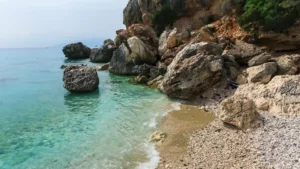
Cala Gonone Guide: Things To Know (+10 Accomodation options)
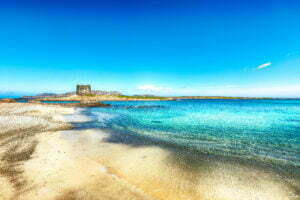
Capriccioli Guide: Best Things To Know (+3 Accomodation Options)
Scopri le zone migliori
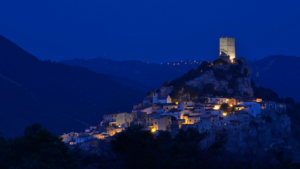
17 Museums to Visit in Sardinia (Chosen By a Local)
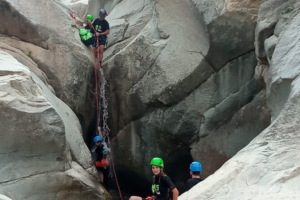
Climbing In Sardinia: 5 Best Areas + 9 Tours
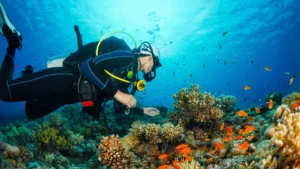
Cala Mariolu Guide: Best Things To Know (+5 Accomodation Options)
Porto Giunco Guide: Best Things To Do (+3 Accomodation options)
Poetto Guide: Best Things To Do (+4 Accomodation options)
Let yourself be inspired
La Maddalena, Sardinia: 5 Tours, Best Beaches and Things to Do
Culture, Language & Religion in Sardinia (By a Local)
Best Travel Guide to Olbia, Sardinia (What to Do and Accomodations)
Nuragic Village of Tiscali: What to See and Where to Stay
Altri contenuti

17 Top-Rated Attractions & Things to Do in Sardinia
Written by Barbara Radcliffe Rogers Updated May 3, 2023 We may earn a commission from affiliate links ( )
Maybe the only thing you've heard about Sardinia is its fabled Costa Smeralda, Emerald Coast, which takes its name from the color of the water that laps against its white-sand beaches. But there is a lot more to the rugged Mediterranean island than this sybaritic jet set paradise.
Tourists seeing Sardinia for the first time are surprised to discover that an island so well known for its outstanding beaches can be so rugged and mountainous only a few kilometers from the wave-washed sands. That combination of mountains and pristine beaches make it one of the most beautiful islands in the world .
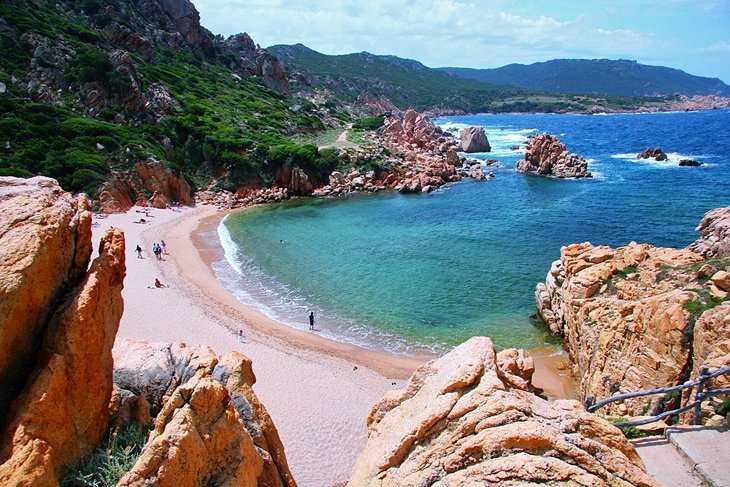
The other thing that may surprise you is the staggering number of prehistoric sites, especially the enigmatic round stone towers known as nuraghi (singular: nuraghe). You'll learn about the mysteries these prehistoric forts/dwellings hide as you climb their dark stone stairs and explore passageways built in the Bronze and Iron ages. You can also walk on original Roman streets and visit the windswept ruins of cities built by the Phoenicians.
Unique local customs and traditional festivals, attractions you'll find no place else, a cuisine that's quite distinct from the rest of Italy, even a different language (although everyone speaks Italian, and many speak English) make Sardinia a one-of-a-kind place to visit. Discover the best things to do on this fascinating island with our list of the top attractions in Sardinia.
1. Cagliari and the Costa Sud
2. tour nuraghe su nuraxi, 3. visit the costa smeralda, 4. watch the sunset from alghero, 5. nuraghe losa, 6. explore arzachena's prehistoric sites, 7. santa cristina nuraghe and the holy well, 8. discover nuoro and the gennargentu, 9. valle dei nuraghi (valley of nuraghi), 10. enjoy the beaches of capo testa, 11. arcipelago de la maddalena (maddalena islands), 12. tharros, 14. climb to castelsardo, 15. cruise to grotta di nettuno, 16. costa verde, 17. sassari, getting to sardinia, map of attractions & things to do in sardinia.
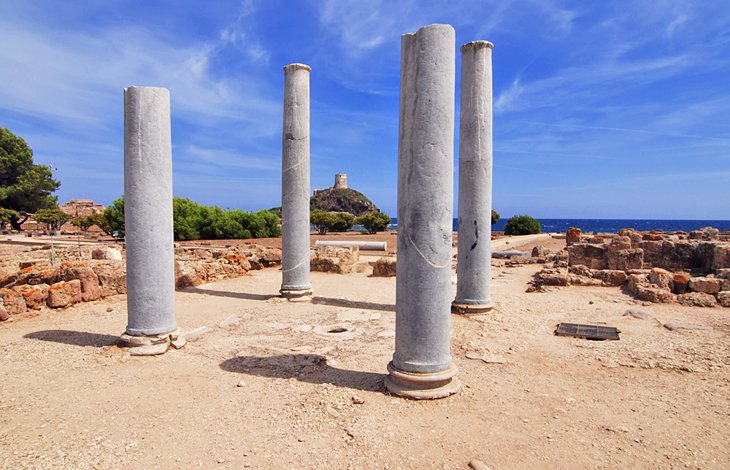
Most tourists begin their visit in the island capital of Cagliari , stopping at least to climb from Piazza della Costituzione to Bastione San Remy. Built to defend the Castello quarter, site of the beautiful cathedral and the stronghold of whoever controlled the city at the time, today they provide both historical and visual perspective, with sweeping views over the city and bay.
Not far from the Bastione San Remy is the Museo Archeologico Nazionale, with beautifully displayed Punic, Greek, and Roman artifacts, as well as ancient gold work and other treasures discovered in the enigmatic round stone structures called nuraghi , which you will see all over Sardinia.
Head east from the city, and in minutes you can be sunning yourself on one of the fabled beaches that makes Sardinia one of Europe's favorite summer playgrounds. South of Cagliari, the Costa Sud offers tourists a glimpse of Sardinia's infinite variety. From the medieval streets and tall bastions of Cagliari, it's only a few kilometers to the ruins of the ancient city of Nora , where Phoenicians, Carthaginians, and Romans had their trading posts.
Between the headlands beyond Nora are white sandy beaches of the Costa Sud. Some, like Porto Campana and Spiaggia Sa Colonia, are long stretches with long shallow drop-offs, perfect for families with children. Others, like Porticciolo Beach, are beautiful and secluded crescents of white sand. Some have refreshment kiosks and facilities for water sports. The Costa Sud has some of the best beaches in Sardinia.
Within easy reach of Cagliari and the airport, and close to the archeological site of Nora, Forte Village Resort is a self-contained group of hotels overlooking the beach, with water sports, swimming pools, playgrounds, and other recreation facilities. Forte Village is one of the top hotels and resorts in Sardinia.
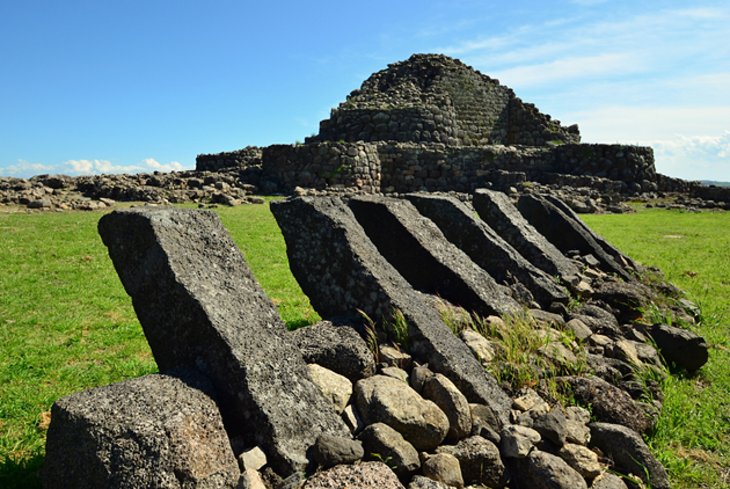
Remains of literally thousands of these stone towers scatter throughout Sardinia, most in complete ruin, but this is the best preserved and most complete. It is also the closest major one to Cagliari, and the best interpreted, with 30-minute tours and English-speaking guides.
If you can see only one, see this one, which UNESCO cited as one of the best restorations anywhere in the Mediterranean . Timber found in the walls of the central tower was carbon dated to 1,500 BC, and the outer towers were built in the 11th or 12th century BC. You can go inside the tower, climbing to its upper reaches for a close-up view of the stacked dome made of dry stones without mortar.
Spiral stairways inside its 1.8-meter walls connect the three stories, and as you climb through the passageways, you can appreciate the finesse of the engineering and workmanship these prehistoric people achieved.
After exploring the towers and the foundations of the ancient village surrounding it, be sure to stop in the Casa Zapata Museum , in the village, where, along with other fascinating exhibits, you can see another nuraghe that has been excavated under the building. Here, you get a bird's-eye view of the construction from a walkway above the walls.
Address: SS 131, Barumini (near Sanluri)
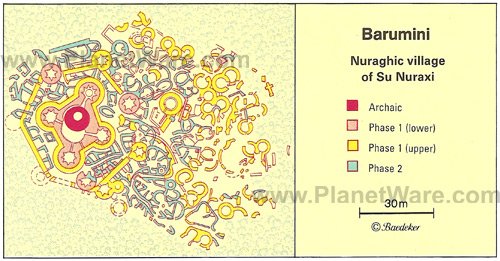
From the port town of Olbia to the tip of Capo de Testa some of the world's most beautiful beaches are set in craggy coves washed by a sea so green and clear that it's known to the world as the Costa Smeralda, the Emerald Coast.
The comparison with one of the most expensive jewels might also apply to the clientele that has frequented the coast since it was developed by the Aga Khan in the 1960s into a series of resorts for the uber-wealthy. Cosseted resort "villages" are built to resemble Greek islands and the Riviera.
The center of all this is Porto Cervo , a resort village and marina for private yachts built in the 1960s. The resorts take guests by boat to the secluded beaches, which are inaccessible by land. People-watching is Porto Cervo's primary attraction for those not booked into a resort. The most modest resort town in the region is lively little Cannigione , on the Gulf of Arzachena.
The five-star L'ea Bianca Luxury Resort , near Porto Cervo, personifies the sybaritic lifestyle that made the Costa Smeralda famous, its smart rooms overlooking the sea from private balconies.
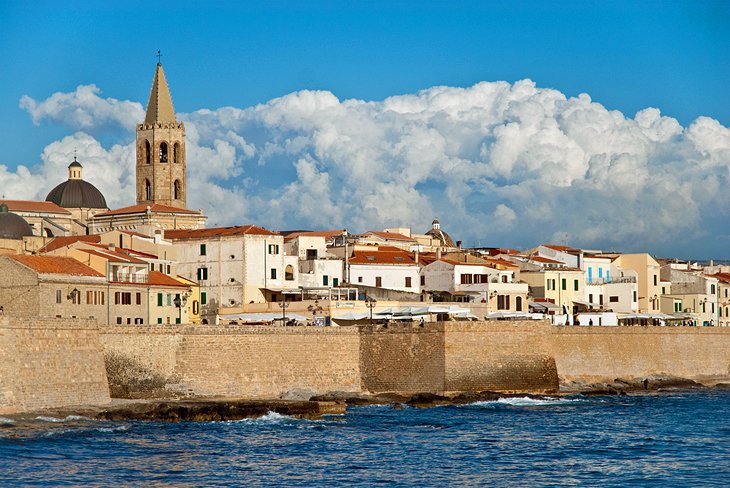
Don't be surprised if the language you hear around you in this lively seaside city sounds a bit different-almost like Spanish. It is, and you may still find some signs and labels in Spanish, too. A 14th-century Pope gave Sardinia to the King of Aragon, hoping to wrest the island from control of Pisa and Genoa.
The king gave fiefdoms to about 400 families from Aragon and Catalonia if they would settle the island with a base in Alghero, displacing the local population. Mass in the church of San Francesco is still said in Catalan, and you should add it to your sightseeing list to see the graceful 13th-century cloister, reached through the sacristy to the left of the altar.
The 14th-century cathedral has a Spanish Gothic doorway. As afternoon fades into evening, one of the popular things to do is climb the walls built by the Spanish to protect against attack by sea, and join locals for an evening promenade along their wide bastions to watch the sunset over the Mediterranean.
Another vantage point for watching the sunset is from a former private palazzo overlooking the sea, the old town bastions and beautiful Capo Caccia, Villa las Tronas Hotel & Spa was a favorite retreat of the Savoy royal family, and the service and accommodations are still fit for a king.
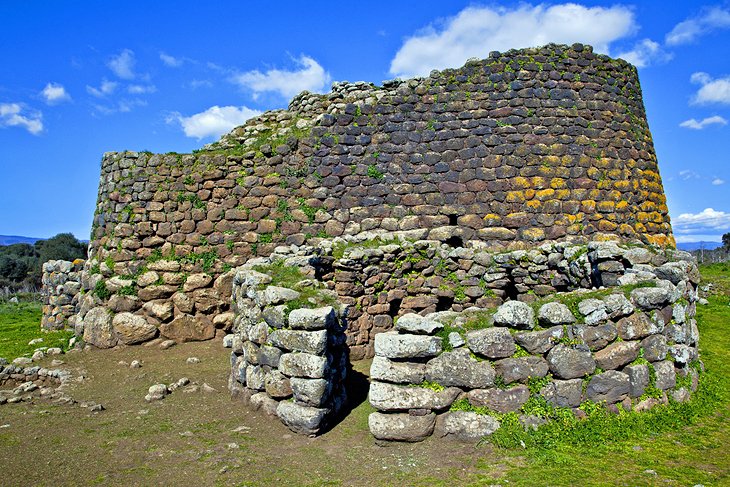
You may wonder if you need to stop at every nuraghe, and if you haven't become fascinated with these mysterious towers by now, perhaps you shouldn't. But most tourists quickly fall under the spell of these towers, of which so much remains unknown, and soon discover that each one is quite different.
Considered one of the three best, Losa has several distinctions. It is lighted inside by recessed lamps, so if you don't carry a flashlight, this is your chance to see the interior details of its stacked stone thalos domes. It is one of the most complex, a large tower with three outer towers forming a triangular bastion, which you can explore through a maze of stone passageways that spiral up inside its massive walls.
The second floor is still intact and the roof complete. Although dating from about the 12th to 14th centuries BC (the Bronze Age), the large central room of the main tower is in excellent condition and more refined in its construction than most others. A tiny museum contains bronze bracelets and other artifacts found here.
Location: Off SS 131, close to Abbasanta
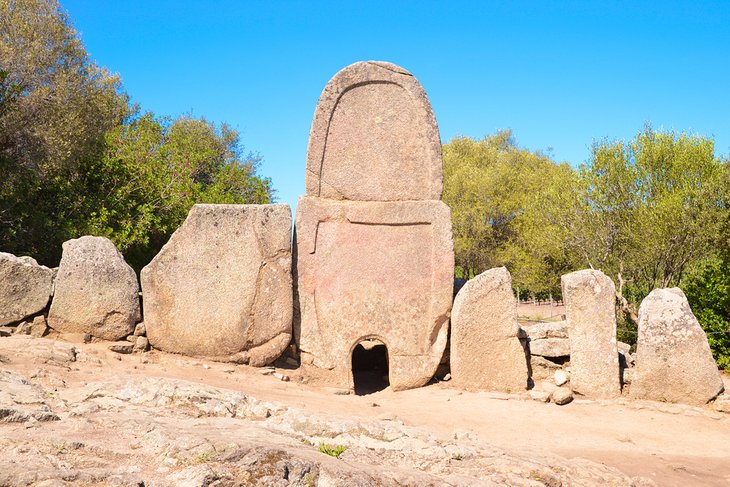
One of the highest concentrations of Stone and Copper Ages attractions is only a few kilometers from the Costa Smeralda resorts, but seems a whole world away. The six notable sites include nuraghi, burial sites, and the curious chambered tombs known locally as tomba gigante (giants' graves).
The principal chambered tomb of Coddu Vecchiu , a tunnel grave from the 18th century BC, had an entry facade of flat stones added several centuries later, and another, Li Lolghi , has a similar entrance, but with a three-and-a-half-meter standing stone.
The nearby necropolis of Li Muri had stone graves built inside circles of flat standing stones once covered by mounds of earth. Nuraghi Albucciu is unusual in that its shape is oval, with one side formed by a large stone outcrop. Nuraghe La Prisgiona is the most recently excavated, a central tower with two side towers and the remains of a village.
This region is known for its rock outcrops, often eroded by the wind into curious shapes; one just east of Arzachena looks like a giant mushroom. A short walk from one of these outcrops, in the hills above Arzachena, the cottages of Tenuta Pilastru are tastefully decorated in locally crafted furnishings and art, and each has its own terrace for savoring the view. Savor, too, the meals at the outstanding restaurant.
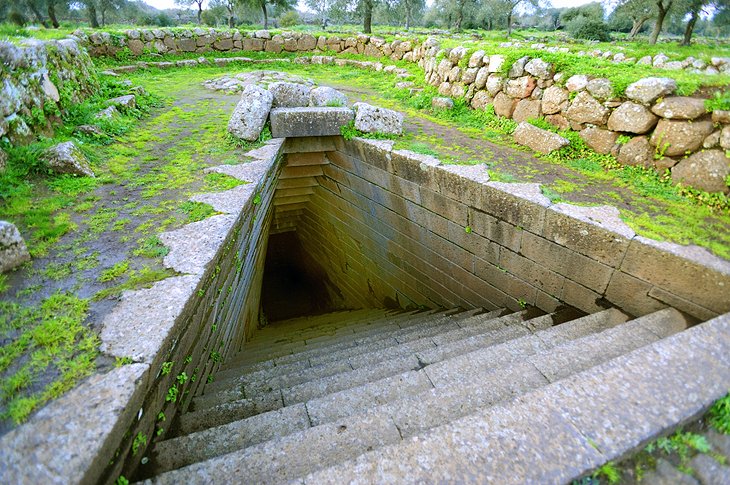
Not far north of Oristano is one of Sardinia's most atmospheric and diverse archaeological attractions, where you can see a remarkably preserved "holy well" -a well temple from 1200-1100 BC-and a nuraghe tower where you can climb to its open wildflower-strewn roof for views down onto the prehistoric stone village that surrounded it.
One of the oblong houses still has its stone roof intact. Take a flashlight, so you can see the interior as you climb to the nuraghe roof. If you want another layer of history, stop between the well and the nuraghe to see the group of tiny stone pilgrim lodgings, former monks' cells surrounding a 12th-century church. Pilgrimages still come here in May and October.
Location: Cabras, 19 kilometers west of Oristano
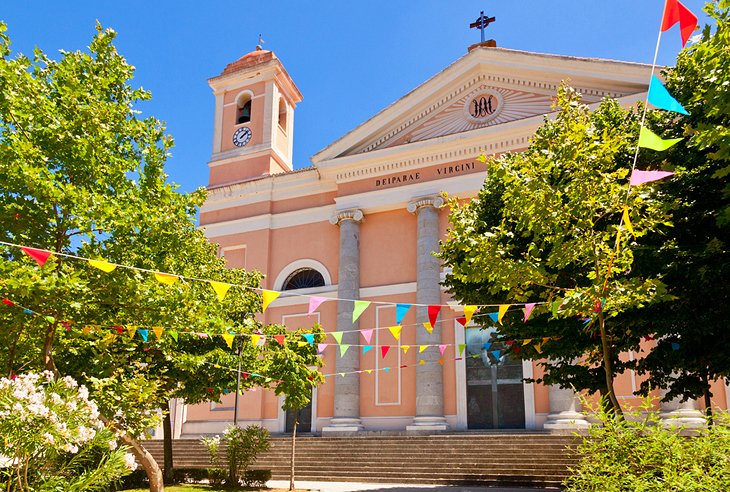
Clinging to the top of a steep mountain ridge, the precipitous streets of Nuoro open to views in every direction. The 19th-century cathedral of Santa Maria della Neve sits above a cliff that drops straight into the valley, and the small plaza in front of the church is almost the only level spot in town.
Nuoro is a good base for exploring the surrounding Gennargentu , Sardinia's most rugged and beautiful interior mountains, and the remote villages ( Mamoiada is especially interesting), which seem barely touched by the 20th century, let alone the 21st. It's a fascinating region, with towns clinging to steep mountainsides and local customs that still ring of the ancient past. Trekking through the Gola Su Gorropu, known as Europe's Grand Canyon, is one of the best things to do in Italy for adventure seekers.
Driving here, however, is not for the faint of heart, as roads are narrow and steep with hairpin turns over sheer drops, without railings. You can learn more about these villages and their often strange customs at the outstanding Museo Etnografico Sardo (Museum of Sardinian Traditions), which alone is worth a stopover in Nuoro.
This is the island's best collection (and brilliantly displayed) of Sardinian costume and decorative art; clothing is shown on models with jewelry and accessories worn at weddings and festivals. An entire gallery displays traditional masks. While you're there, the National Archeological Museum has collections excavated from the Neolithic sites, as well as fossils.
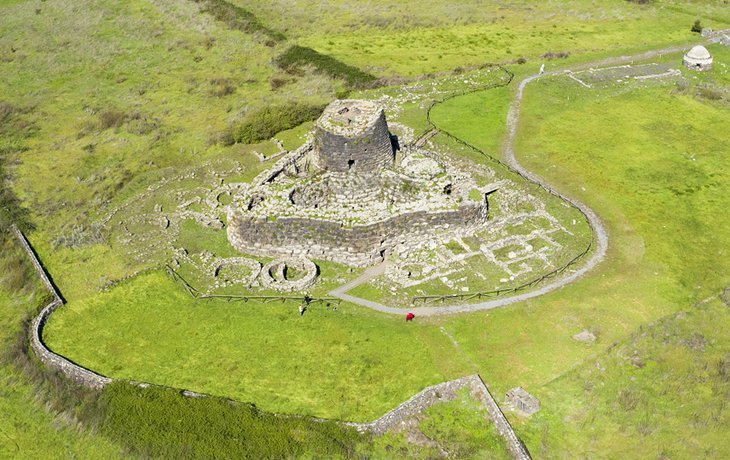
Ringed by the cones of ancient volcanoes, this broad, flat valley, scattered with eroded rock formations, is also sprinkled with prehistoric sites, foremost of them, the 16-meter-tall Nuraghe Santu Antine .
One of the island's three largest and most complex, with three towers connected by a defensive wall, Santu Antine was built in the 16th century BC. This is one of the most interesting to explore, because you can climb the stairs inside the thick walls of the central tower to the second and third floors, which are intact, and follow an upper corridor from the west to the north towers.
From the top, you can see several other nuraghi, and a short drive away is Sant'Andrea Priu , tombs carved into a rock somewhere between 4000 and 3000 BC. They were used in medieval times as hermitages, and you can see frescoes painted inside some. This site is open irregularly, but you can see it from the entrance and climb a trail to see those on the top.
Location: Off SS 131, Torralba, Sardegna
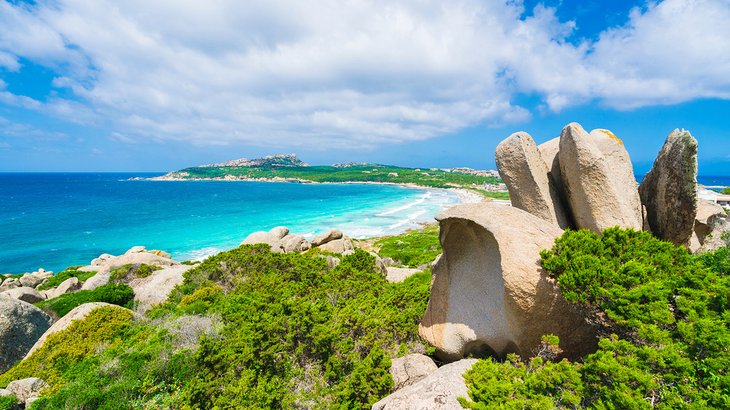
In Northern Sardinia, between the Costa Smeralda and the Maddalena Islands, Capo Testa shares the same luminous turquoise waters and pristine sandy beaches. Many of these are backed by cliffs and rock formations that are carved into fantastic shapes by the wind, making them among the island's most scenic beaches.
Best of all, unlike those of the Costa Smeralda, these beaches are free, and you don't need to take a boat to get to them. Near the pleasant town of Santa Teresa Gallura, where there are hotels and restaurants, you'll find three of the area's seven Blue Flag beaches: Rena di Ponente, Rena Levante , and Rena Bianca . The latter is the largest, with a gentle slope and shallow waters. Those looking for windsurfing and snorkeling waters should head to Santa Reparata .
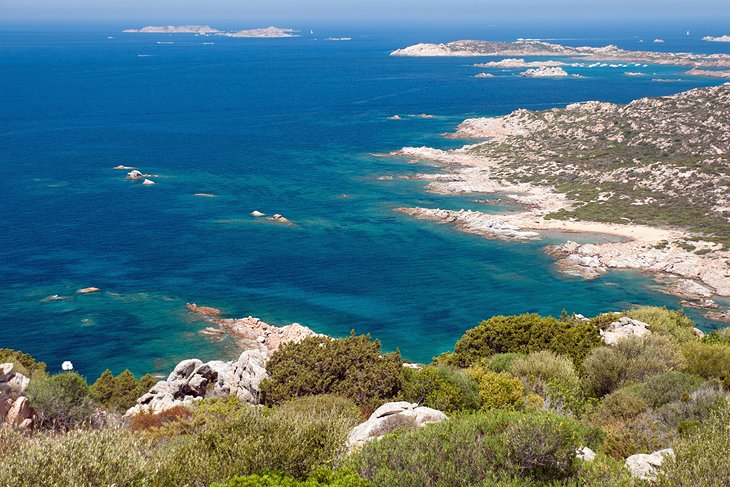
Ferries leave the little port of Palau regularly for the half-hour trip to La Maddalena, the only town in the archipelago in the Strait of Bonifacio, between Sardinia and Corsica . Apart from the beaches, the most remote of which are reached only by boat, tourists come here to cross over the causeway and bridge to the neighboring island of Caprera .
The home here of Giuseppe Garibaldi , revered as the father of the Italian state for his leadership in the fight for Italian unity and independence, is a national monument that attracts visitors from all over Italy and beyond. The other end of the island has several beaches, easy to find by paths leading from the single road.
The sea around the islands is popular with sailors. The combination of white- and pink-sand beaches , crystal waters, and a myriad of secluded beaches on tiny islands put the Maddalenas among the best European beach destinations .
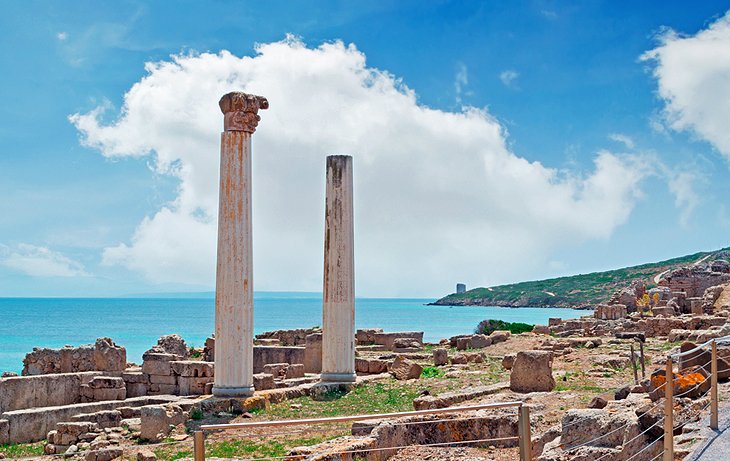
Walk amid the stone remains of Phoenician, Carthaginian, and Roman cultures on this rocky point and try to picture what it looked like when the Roman streets beneath your feet were lined by shops where you now see only foundations and doorsteps. Columns from the baths still stand, along with parts of the aqueduct and temples; the amphitheater overlooks the sea.
On the hilltop above is a Phoenician necropolis (they left about 650 BC). For a sense of what archaeologists have found here, visit the excellent Museo Civico Giovanni Marongiu in the town of Cabras where carved stone stele, funerary urns, and other finds are displayed, positioned as they were originally found.
You can see more of the treasures unearthed here in the Antiquarium Arborense museum, in the small city of Oristano , also nearby. The Duomo of Santa Maria in Oristano dates from medieval times, but was renovated during the Spanish rule of this part of Sardinia in the 18th and 19th centuries, which accounts for the colorful tiles covering its domes.
A former private palazzo, Residenza d'Epoca Regina d'Arborea has elegant rooms furnished with antiques and Murano chandeliers. Although it's one minute from the Duomo of Santa Maria in the center of Oristano, the hotel provides free parking. The sumptuous breakfast is served on fine china.
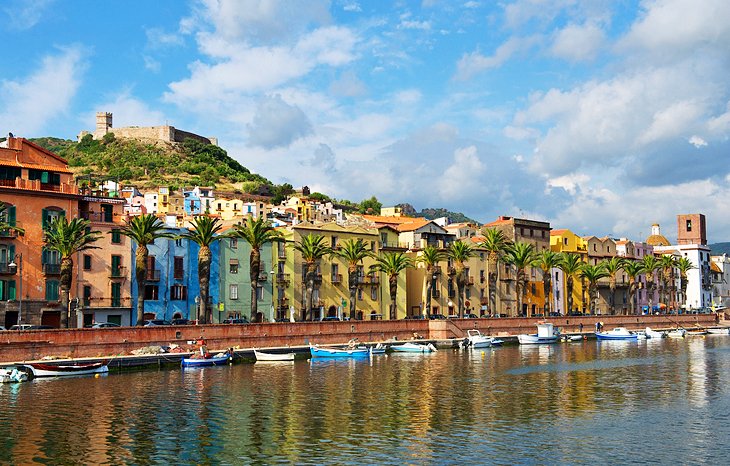
Since the 9th century BCE, Bosa has overlooked the mouth of Sardinia's only navigable river, in a valley that is today green with farms. A tangle of medieval streets winds from the old stone bridge and pastel buildings lining the riverfront to the hilltop Malaspina Castle . The palm-lined riverfront, colorful houses, and castle rising above them make Bosa one of the most charming towns in Europe .
Although you can drive straight to the castle, take some time to walk in the old streets, where modest little houses mix comfortably with grand noble homes; the restored manor house of Casa Deriu is open as a museum with furnished rooms and an art gallery. Inside the castle is a 13th-century chapel, where you should see the unusual 14th-century fresco cycle.
The coastal road north from Bosa to Alghero is spectacular, and not at all hair-raising, despite its height above the sea in places.
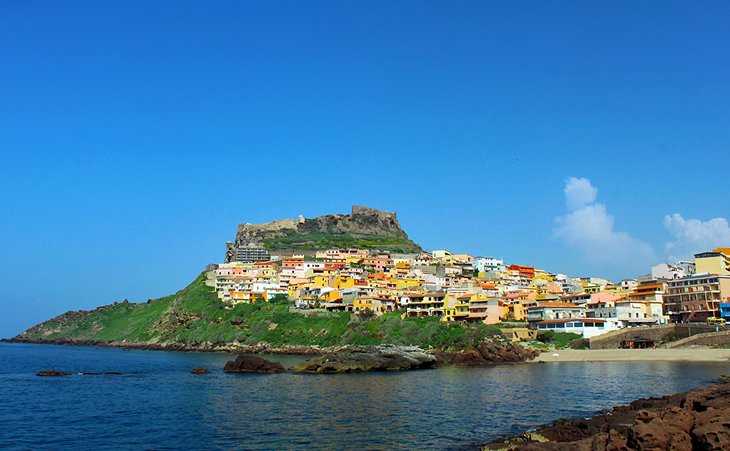
As attractive as the busy little fishing harbor town is, with its pastel houses climbing up the hill, it pales compared to the medieval village inside the walls above. At the very top is a 12th-century castle with a good museum that explores the local craft specialty of basket making.
The narrow streets around the castle wind steeply down the hill, breaking into steps at the steepest points, and in doorways, you may see women weaving baskets with intricate designs. Views from the top extend in both directions along the coast and as far as Corsica.
The Duomo, in the little plaza below, has one of Sardinia's finest altarpieces, dating from the 15th century, along with fine woodcarvings in the choir and a crypt. Its bell tower began life as a lighthouse.
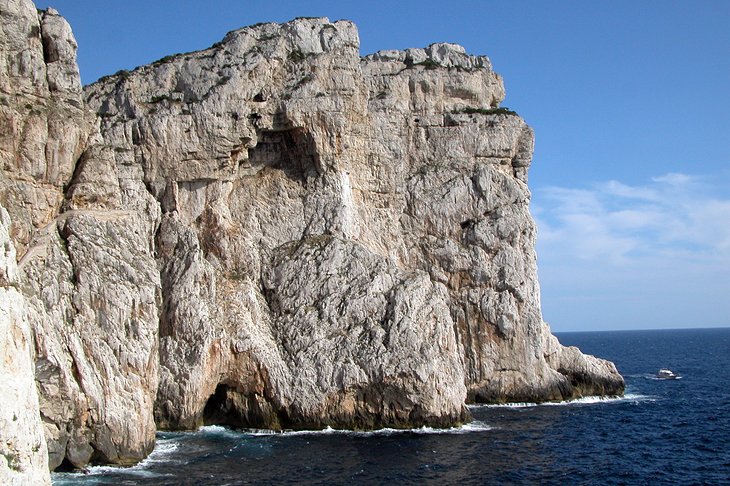
Take a cruise from the Banchina Dogana (harbor) in Alghero to the tip of Capo Caccia, the long headland that you saw from Alghero's walls, to visit this beautiful cave, bristling with stalagmites and stalactites that reflect in an underground lake.
The Grotta di Nettuno was carved by the sea, in cliffs that tower almost 304 meters above. The mouth of the cave is at sea level, and arriving by water is the most dramatic way to approach, not to mention the easiest. But you can also drive here, about 14 kilometers from Alghero, passing an interesting nuraghi alongside the road. Once here, you'll need to walk down (and, remember, also climb back up) on the 656 steps of the Escala del Cabirol (goat stairs), carved into the face of the cliff.
Location: Capo Caccia, Alghero, Sardinia
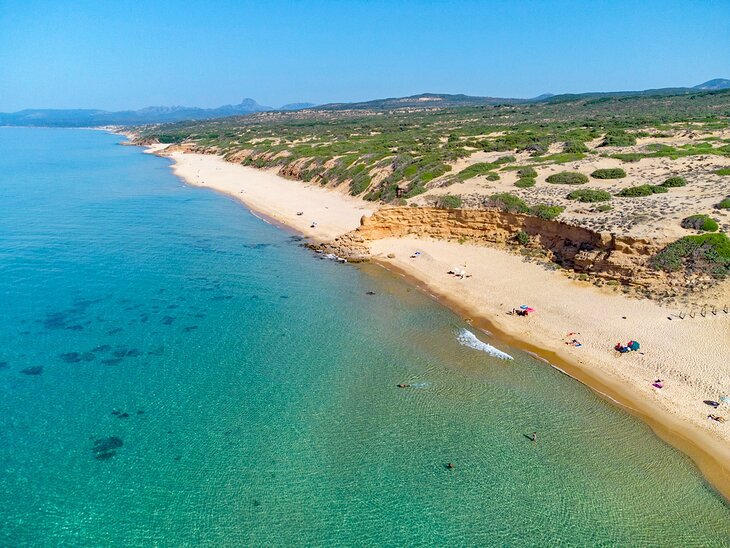
Some of the best beaches in Italy , miles of dune-backed sands along the southwest coast, are among the best-kept secrets of Sardinia. The Costa Verde has few tourist services, hence few tourists, which is one of its chief attractions. You'll find small hotels and comfortable country guesthouses, such as the modest Hotel Corsaro Nero , on a hillside overlooking the beach at Portu Maga.
Be prepared to bring your own loungers and beach umbrellas, and don't expect to find beach-side snack bars. But do expect to find secluded spots without another person in sight, along with wide beaches and dunes as high as 60 meters, among Europe's highest.
The only beach where you're likely to find vendors and kiosks is Scivu Beach, where a three kilometer stretch of white sand still leaves everyone plenty of space. This western shore of Sardinia gets more active surf and more wind than the eastern and southern beaches, so the Costa Verde is not an ideal place to visit for family holidays.
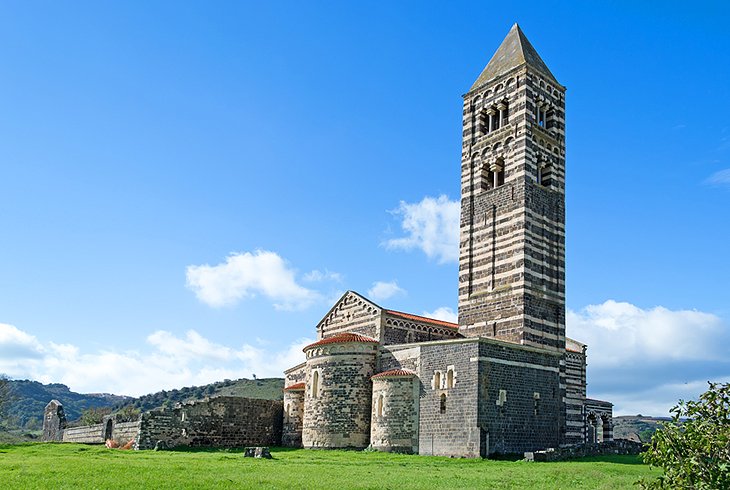
Sassari, Sardinia's second largest city, is a lively university and cultural center, and boasts some fine buildings in Catalan Gothic, Baroque, and Neoclassical styles. Walk down Corso Vittorio Emanuele II, the main street in medieval times, looking up to see old porticos and windows on homes from the region's Spanish period, five centuries ago.
Museo Nazionale Sanna , one of Sardinia's most important museums, displays archaeological collections that include Nuragic bronze figures and jewelry, as well as Roman artifacts. Don't miss the Duomo, whose façade is a riot (you might say a hodge-podge) of 17th-century ornament styles, created by stone carvers from Milan.
Several other churches are worth looking inside if they are open, but the most memorable of all stands almost alone in a landscape of grazing sheep about 12 kilometers south of Sassari on SS 131. The black-and-white striped tower soars above the church and ruined cloister of Santissima Trinità di Saccargia , the finest example of Pisan architecture in Sardinia. Inside, if you're lucky enough to find it open, are 13th-century frescoes.
Car ferries connect Sardinia to mainland Italy, 193 kilometers away, and less frequently to Mediterranean ports in both France and Spain. Ferries leave from Savona (on the western Italian Riviera), Genoa, Livorno (near Pisa), and Civitavecchia (Rome), arriving at the Sardinian ports of Cagliari (the capital in the southern part of the island), Arbatax (on the east coast), Olbia (Costa Smeralda), and Porto Torres (north coast).
Lines serving Sardinia are Tirrenia, Grandi Navi Veloci, Moby Lines, Snav, Corsica/Sardinia Ferries, and Grimaldi Lines. Regular flights connect Cagliari International Airport to Rome and other cities, and smaller airports for domestic and other flights are at Olbia and Alghero.
More Related Articles on PlanetWare.com
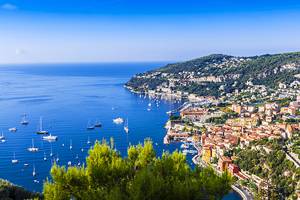
Exploring by Ferry: From Cagliari, you can travel by ferry to Palermo to tour the attractions of Sicily , which also has some of the best beaches in Italy . From Palau, on the north coast, you can take a day trip - or longer-to explore Corsica , the neighboring French island. From here, you can take a ferry to chic Nice , a good base to explore the beautiful Côte d'Azur .
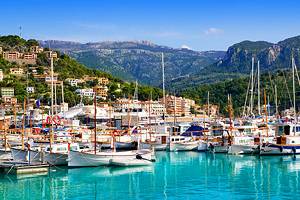
Other Mediterranean Islands to Visit: If sampling Sardinia whets your appetite for more island living, you might explore the Spanish island of Mallorca and the other Balearic Islands , or see the attractions of Malta .

More on Italy


Southern Italy
Sardinia: a journey to the island of the emerald sea, nuraghi, unspoilt nature and millenary traditions.
Crystal-clear waters, beaches of soft, white sand, granite rocks framed by wild, fragrant Mediterranean scrub: welcome to Sardinia, an island of a thousand contrasts that will also seduce you with its unique archaeological heritage and its people's innate sense of hospitality.
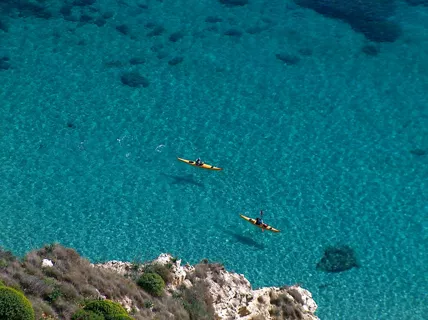
Cagliari goes straight to the heart: a millenary history, a sea of dreams and endless attractions History, art and culture go hand in hand with beautiful beaches, lagoon areas and green parks: Cagliari is the Sardinian jewel of a city that enchants with its majestic architecture, winding alleyways and privileged location directly overlooking the sea.
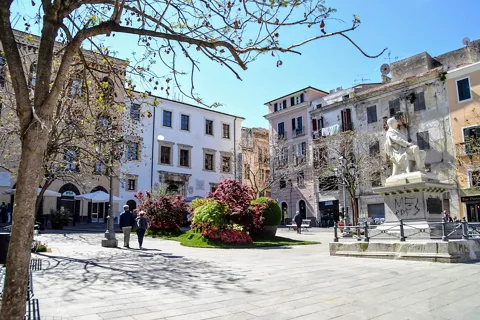
Deep cultural roots at a stone's throw from the sea Sassari rises on a plateau that descends to the north-west towards the Gulf of Asinara and the Nurra plain. The centre, surrounded by woods and olive groves, is characterised by its narrow streets and the remains of ancient walls. A stop at the Cathedral of St Nicholas, with its Gothic layout but Baroque façade, is a must. A few steps from the cathedral are the Ducal Palace and the Jesuit College. The true symbol of the city is the Rossello Fountain, in late Renaissance style. Its complex symbolism representing the four seasons is a reminder of the inexorable passage of time. In the heart of Gallura, Aggius is a true open-air art gallery. This small village is known for its brightly painted doors, geometric shapes and traditional designs. If you move to the coast, you can choose between the beaches of Platamona, famous for surfing and windsurfing, Stintino, La Pelosa and La Pelosetta, with white sand and crystal clear sea. At Ferragosto (mid-August), don't miss the “festha manna”, the great feast, the historical procession dedicated to the Assumption that freed the city from the plague. During the Descent of the Candlesticks the candles are carried on the shoulders with dancing in front of the ecstatic crowd.
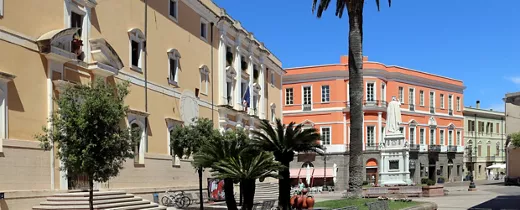
Discovering ancient and little-known traditions The province of Oristano, although not very extensive, is rich in places to visit. Already the capital has much to offer, with its beautiful cathedral, the Archaeological Museum and local delicacies. But it is by moving just a few kilometres away from the centre that one comes across striking places. Like the small town of Cabras, with its Mari Ermi, Is Arutas and Maimoni beaches, rich in quartzite grains. Dive in search of the underwater medicinal spring at Funtana Meiga. Plenty of culture, instead, in the varied archaeological heritage of the Museo Civico Giovanni Marongiu, also known as the Museum of the Giants of Mont'e Prama. The Sinis Peninsula is home to the ghost town of San Salvatore, the set of numerous “spaghetti westerns”, and San Giovanni, where the second oldest early Christian church in Sardinia lies. At Tharros, however, the ruins of the ancient Phoenician city can be admired. The Guilcer area includes villages such as Ghilarza, where Antonio Gramsci's house-museum stands, Abbasanta, the archaeological site of the Nuraghe Losa, and Paulilatino, where you can visit the mysterious well of Santa Cristina. Finally, stop at Fordongianus, inland, with its ancient Roman baths and Aragonese House.
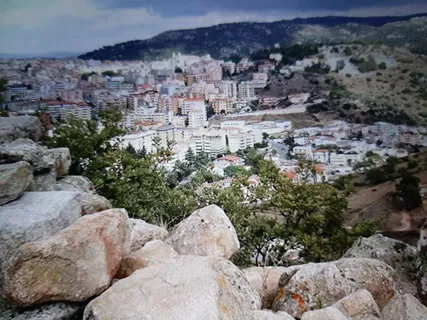
Authentic and surprising land Sardinia is not only sea and beaches, and the province of Nuoro is a clear demonstration of this. An area rich in history, art and traditions, which varies from kilometre to kilometre, passing from green valleys to high mountains. One of the symbols of the Nuoro area is Monte Ortobene, a 955-metre granite mountain. On its summit, the Cuccuru Nigheddu, the Statue of the Redeemer stands. One can admire the wonderful landscape, which opens up to the Gennargentu and the Gulf of Orosei. Not far away, in the Sedda Oddai park area, is the small Church of Solitude, which houses the remains of writer Grazia Deledda. A must-see destination is the Tanca Manna nuraghe, a megalithic monument in the shape of a single tower with a dome, built with rocks and granite blocks, with two opposing niches inside. On the Supramonte slopes, just a few kilometres from Oliena, one comes across the karstic spring of Su Gologone and the deep canyon of Su Gorropu, created by the erosion of Rio Flumineddu. Finally, the cave of Ispinigoli, inside which rings, jewellery and sun symbols were found, revealing the existence of a Phoenician sacrificial well.
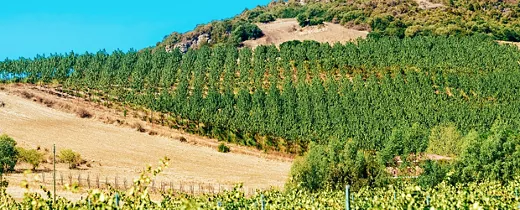
South Sardinia (formerly Carbonia-Iglesias) Isolated beaches, coves and caves: discovering a new side to Sardinia Carbonia-Iglesias is dominated by the two cities that until 2016 were the administrative capitals of its namesake province, which was later incorporated into the province of South Sardinia. Carbonia became a town as recently as the 1930s, developed around the disused coal mines that tourists can now visit thanks to the Serbariu coal mine museum, which opened in 2006. The area surrounding the city boasts archaeological sites that bear witness to the passage of civilisations over the centuries, from the Monte Sirai archaeological site to the Cannas di Sotto archaeological park. Visitors who love the sea can enjoy the wonderful beaches of the Sulcis coastline: Masua beach, Portopaglietto beach and Porto Paglia beach are among the most popular. Iglesias, a royal city in Sardinia during Spanish rule, boasts a historic centre full of churches ranging from Gothic-style architecture to the Art Nouveau style of the early 20th century. It also has a coastline with an amazing number of coves and caves to explore, offering you the chance to relax while enjoying stunning views.
What to see in Sardinia
- Art & Culture
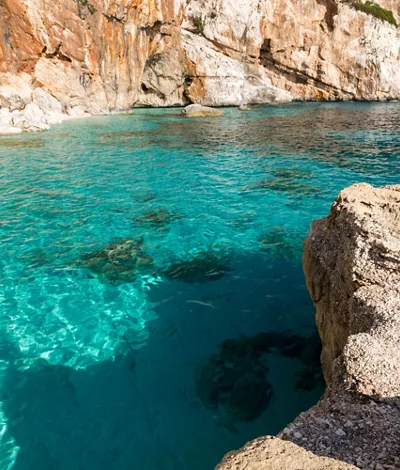
Sardinia: an ideal destination for a digital detox break
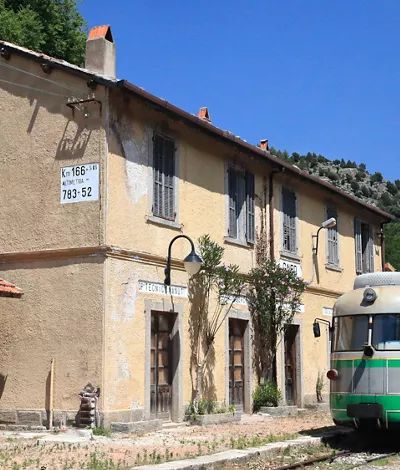
Sardinia’s Green Train: slow is back!
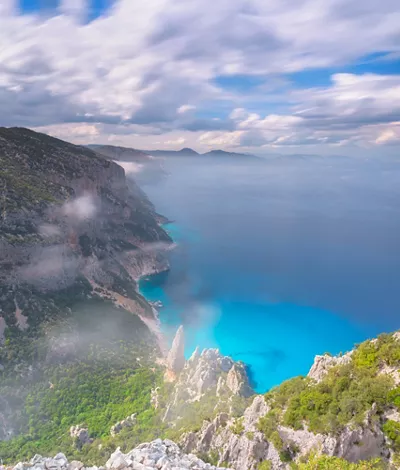
Sardinia, where canyoning goes from mountains to the sea
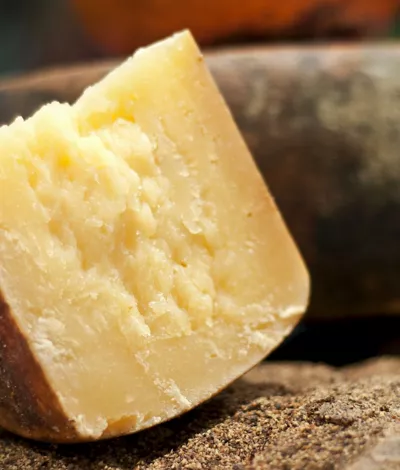
Sardinian Pecorino Cheese

Discovering the iconic dish of Sardinia: pane carasau
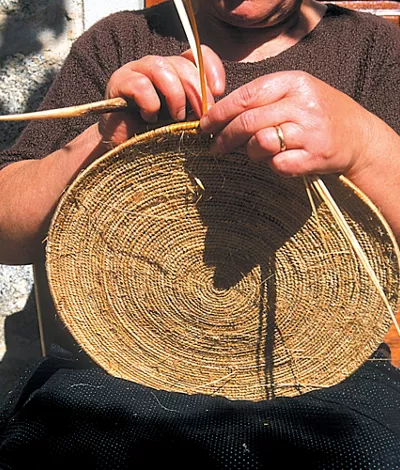
Autumn in Barbagia and the most authentic Sardinia
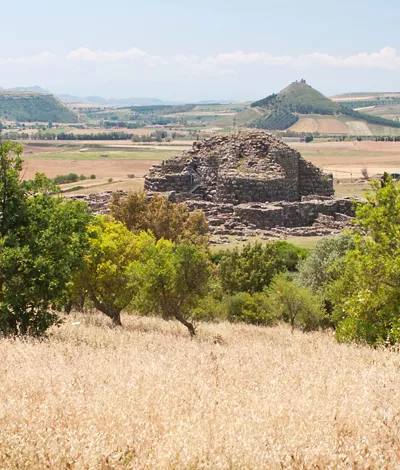
Barumini and its nuraghi: the other side of Sardinia
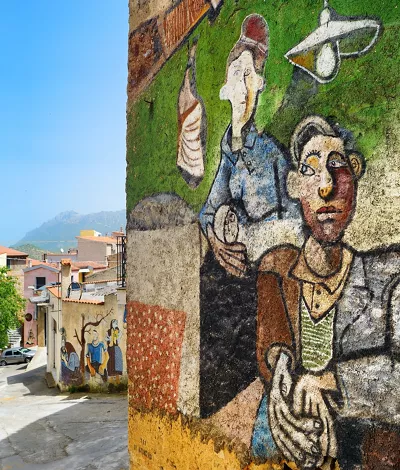
The Murals of Orgosolo
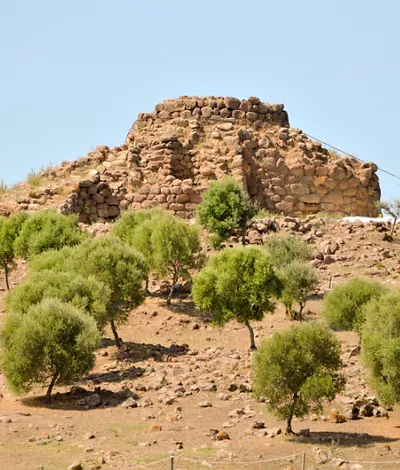
The Domus de Janas in Sardinia: discovering the tombs carved into the rock
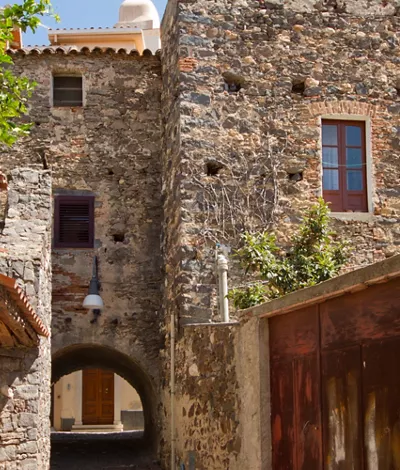
Castelsardo
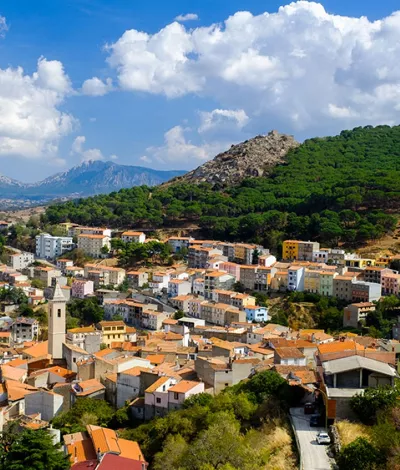
Jogging in autumn and the beauty of running on the waterfront: the secret of sport in Sardinia
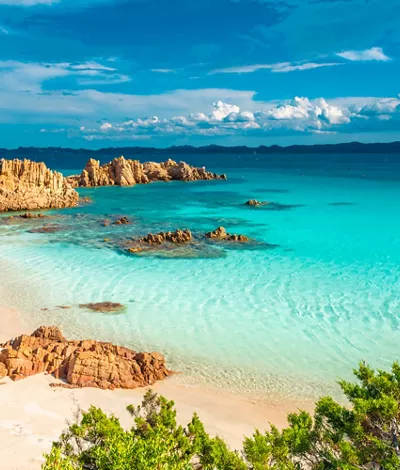
Wildlife Sardinia
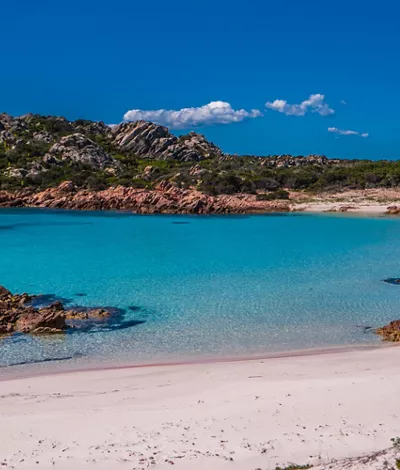
La Maddalena Archipelago National Park
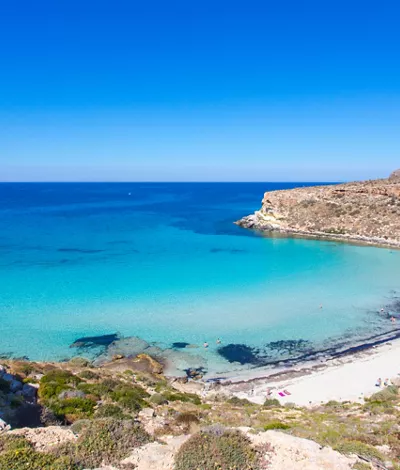
White Beaches in Italy, where you can find the Caribbean in the Mediterranean
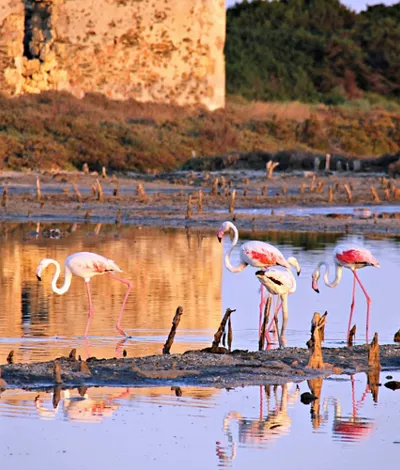
Cagliari’s finest view: 12 viewpoints that offer an unmissable spectacle
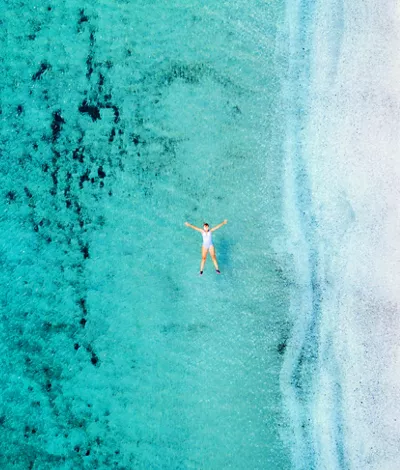
Stintino and Asinara
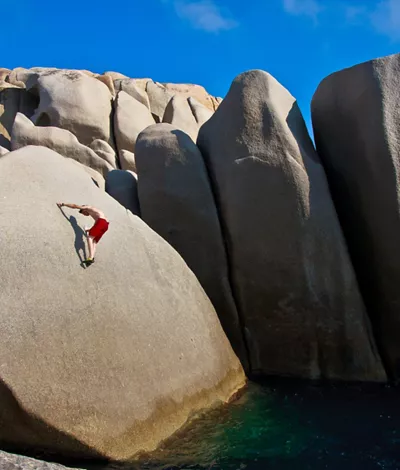
Free Climbing in Sardinia
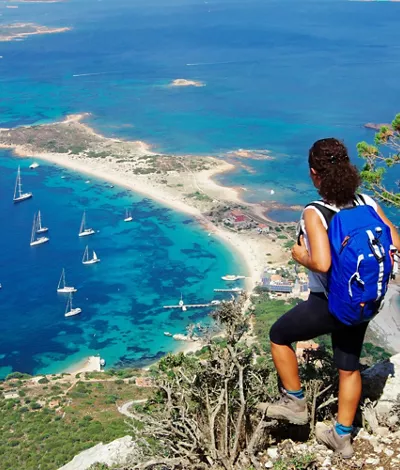
The 100 Towers Walk in Sardinia, an intense experience in search of breathtaking views and spirituality
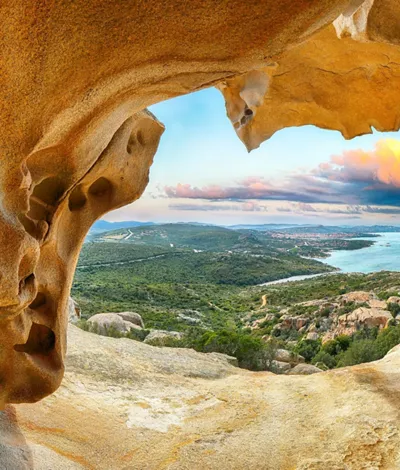
From the Costa Paradiso to Palau: wonderful beaches and a taste of local culture
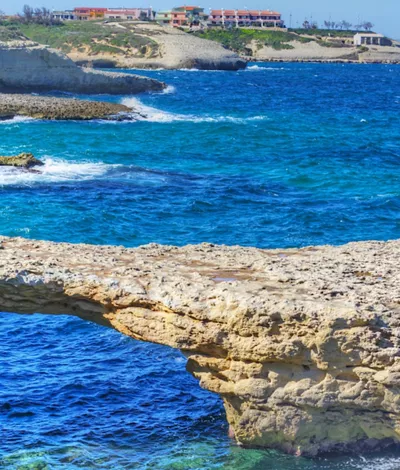
From Porto Torres to Castelsardo: the enchanting Gulf of Asinara
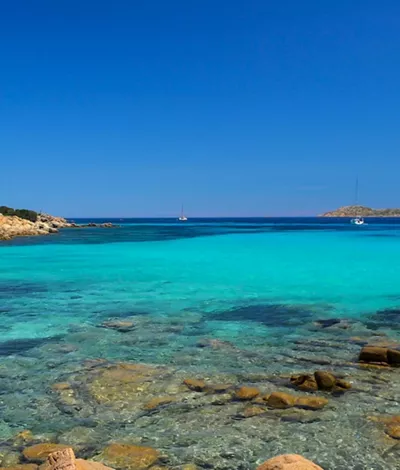
Itinerary from the Gulf of Asinara to the Costa Smeralda
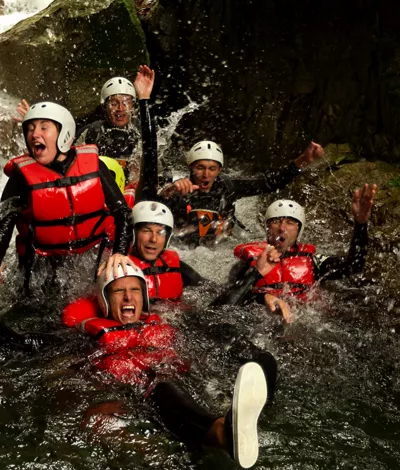
Canyoning in the heart of the land
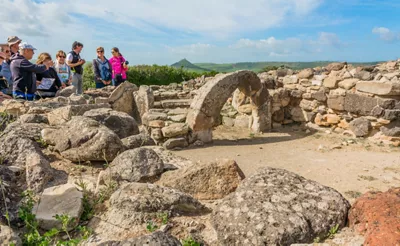
Archaeological Sardinia
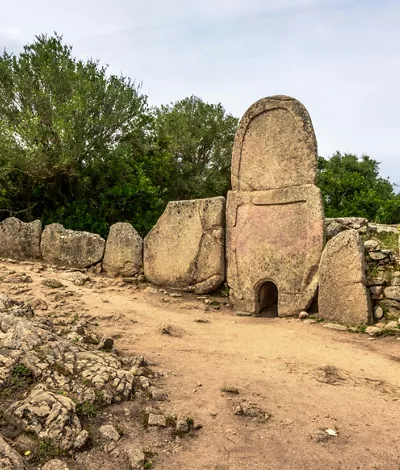
The Tombs of the Giants: from archaeology to spirituality, in Sardegna
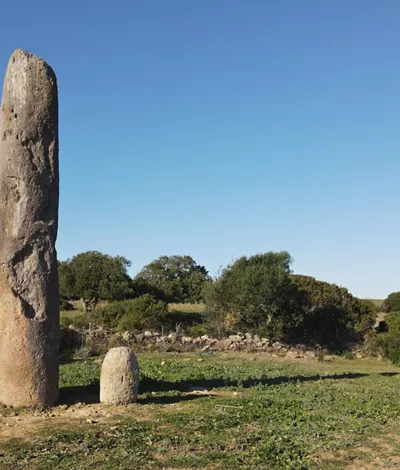
Menhirs and Dolmens, the ancient stone civilisations in Sardinia
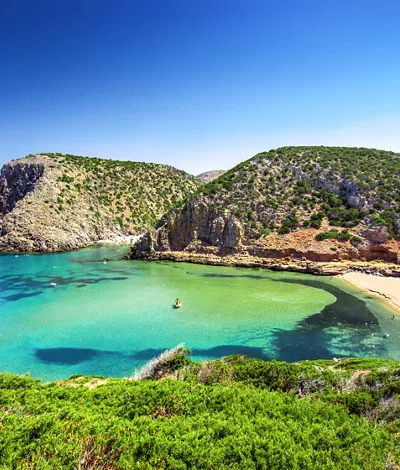
Sulcis Iglesiente, terrain rich in history
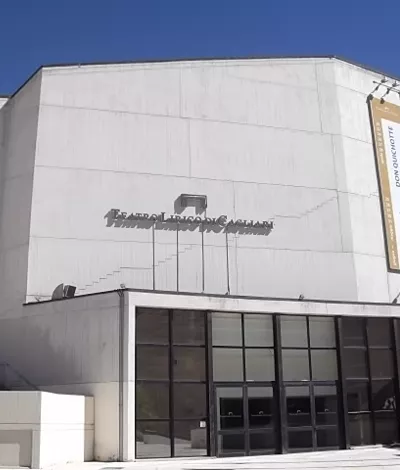
Teatro Lirico di Cagliari
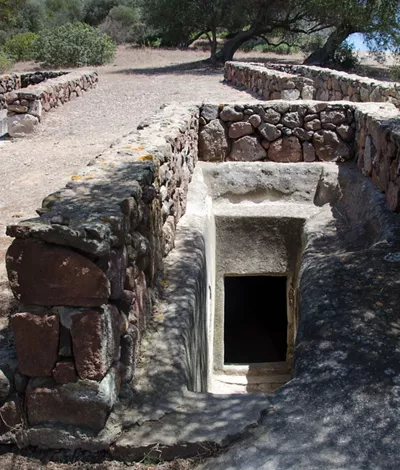
Phoenicians and Punics conquering Sardinia: a fascinating archaeological tour
The source of inspiration for your italian adventures.
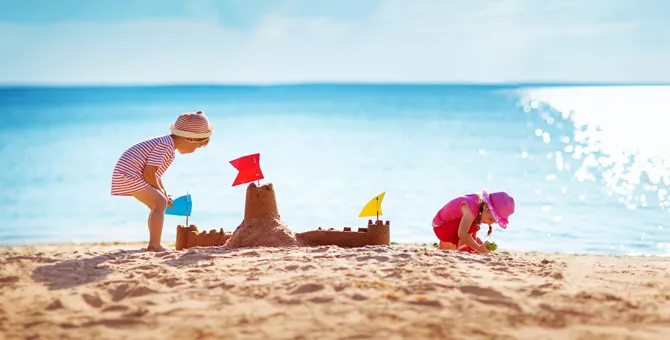
At the seaside with kids: 15 beaches for families in Italy
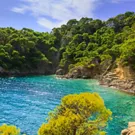
Where to dock in a roadstead in Italy, 8 beautiful and little-used mooring sites

The most scenic golf courses in Italy
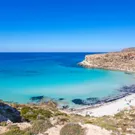
Orani, Ulassai and San Sperate, conceptual art where you don't expect it
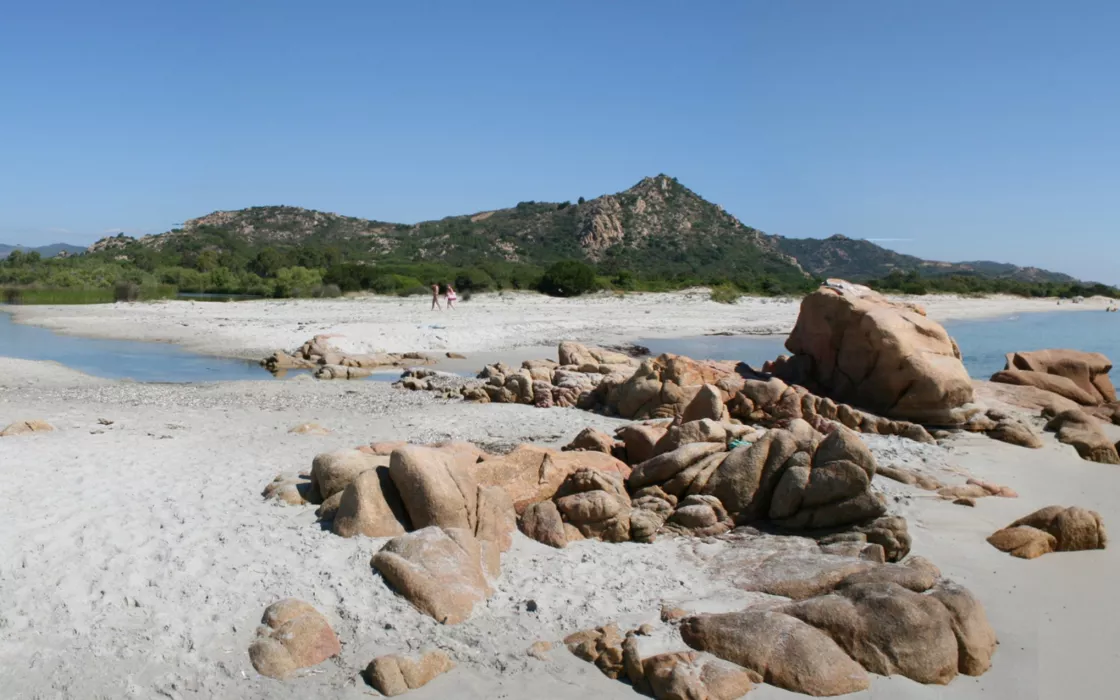
Discovering the Baronie: a corner of authentic Sardinia tucked between the sea and the mountains
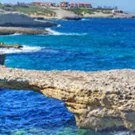
Land of emerald sea, nuraghi and millenary traditions
Sardinia: a journey to the island of the emerald sea, nuraghi, unspoilt nature and millenary traditions. Crystal-clear waters, beaches of soft, white sand, granite rocks framed by wild, fragrant Mediterranean scrub: welcome to Sardinia, an island of a thousand contrasts that will also seduce you with its unique archaeological heritage and its people's innate sense of hospitality.
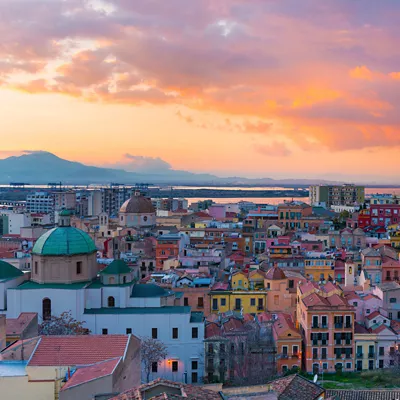
Continue living like an Italian
Subscribe to the Newsletter so as not to miss places, events and experiences for experiencing the best side of Italy: the authentic one.
Keep up to date
Would you like to learn about the most authentic experiences to be had in Italy, stay up to date on the most interesting events, discover our special offers and receive lots of insider hints and tips?
Save your favorite places
Create an account or log in to save your wishlist
Do you already have an account? Sign in
- 1 Provinces
- 3 Other destinations
- 4.1 Geology and geography
- 4.2 Climate
- 4.3 History
- 6.1 By plane
- 6.2 By boat
- 7.2.1 Trenino verde
- 7.4 By boat
- 7.5 By bicycle
- 8.2 Islands
- 8.3 Beaches and coasts
- 8.4 Hills and 'mountains'
- 8.5 Monuments and sites
- 8.6 Folklore
- 10.3 Spirits
- 12 Stay healthy
- 13 Stay safe
Sardinia ( Italian : Sardegna [sarˈdeɲɲa], Sardinian: Sardìgna/Sardìnnia ) is the second largest island in the Mediterranean Sea after Sicily , between the Balearic Islands and the Italian peninsula and south of Corsica . It is an autonomous region of Italy .

- 39.227778 9.111111 1 Cagliari – a metropolitan city and the capital of the autonomous region of Sardinia
- 40.557778 8.321944 2 Alghero – the Catalonian city
- 39.533333 8.6 3 Arbus – famous for its uncontaminated coastline and for Sud Sardegna's many archaeological sites
- 40.3 8.5 4 Bosa – a beautiful medieval town in Oristano
- 40.316667 9.333333 5 Nuoro – a heart of the central Sardinia
- 40.923506 9.496774 6 Olbia – capital of Gallura and northernmost city on the island
- 40.733333 8.566667 7 Sassari – the second largest city in the northern part of the island
Other destinations
- The Punic and Roman archaeological sites of 38.984685 9.01586 1 Nora and 39.8733 8.43972 2 Tharros

Sardinia, with its quintessential Mediterranean beauty, is mainly loved for swimming, boating, windsurfing, hiking, climbing, and camping, with coastal areas tending to become over touristed especially in the warmest month, August. The inner life of the island away from the tourist spots takes longer to appreciate and requires you to peel away the layers of apparent Italianization. After all, the ancient Nuragic civilization of Sardinia of ca. 1500 BC, whose stone monuments still dot the land, predates even the Etruscan civilization in mainland Italy by several hundred years. In the 2010s, hiking and archaeological tourism with a low environmental impact has developed considerably, thanks to very important archaeological discoveries such as the Giants of Mont'e Pramma, and the great investment by local institutions and by citizens in the protection and enhancement of the internal territory.
Geology and geography
Sardinia is the only region in Italy of Hercynian origin, and the southwest of the island is even older (Cambrian). The mineral riches of Sardinia are the consequence of heavy hydrothermalism during the Permo-Triassic. As in the rest of Hercynian Europe , erosion has taken its toll since the orogeny and has reduced elevations considerably. 30 million years ago, the Sardinia-Corsica block started to detach from mainland Spain and tilted toward its present position. The island is aseismic and non-volcanic.
Sardinia is the second largest island in the Mediterranean Sea (24,090 km 2 [9300 sq mi]); only Sicily is larger. In addition to spectacular beaches, the island has many beautiful mountain vistas.
The island's interior is dominated by the Gennargentu Range, culminating at the highest elevation in Sardinia at the summit of Punta La Marmora, 1834 m [6017 ft]. This range also includes Monte Limbara, Monte di Ala', and Monte Rasu (all below 1500 m [4900 ft]). An independently formed range of hills, the Sulcis-Iglesiente, stretch across southwestern Sardinia. The highest hill peaks at 1236 m [4055 ft], and this range once gave life to large mining operations.

Plains are quite rare and generally small with two exceptions. The Campidano Plain is the largest flat area and reaches from Oristano to Cagliari, separating the Gennargentu from the Sulcis-Iglesiente. The second largest is Nurra Plain in the northwest between Sassari, Alghero, and Porto Torres, and the Nurra's erstwhile forests and mines have mostly made way for today's pastures.
Other notable features are the former marshes of Sulcis and Cagliari. Sulcis was a marshy area where malaria was still present in the 1940s but has been eradicated. Cagliari's outer neighborhoods sit upon flat and boggy land, and harvesting salt is a major industry there.
Coasts are generally rocky with many cliffs, especially along the eastern half. Despite the precipitous coastline, there are many large beaches all around the island. These exist between Logudoro and Gallura in the north; Teulada and Pula in the south; and at the tip of Sulcis-Iglesiente in the southwest. Apart from the Strait of Bonifacio (famed for its often rough sea) which divides Corsica from Sardinia, the surrounding sea is quite deep at short distances from the shore.
The population is small (a little more than 1,650,000 inhabitants in 2010) and heavily concentrated in Cagliari (one third of the total population) and Sassari (one fifth). Olbia is the only other town with a population exceeding 50,000 inhabitants. Other centres include Alghero, Nuoro, Santa Teresa Gallura, Oristano, Carbonia and Iglesias. Sardinia, along with the Valle d'Aosta region at the French border, has the lowest population density in Italy.

Sardinia enjoys for the most part a Mediterranean climate. It is however heavily influenced by the vicinity of the Gulf of Genoa (barometric low) and the relative proximity of the Atlantic Ocean. Sardinia being relatively large and hilly, weather is not uniform; in particular the east is drier, but paradoxically it suffers the worst rainstorms: in Autumn 2009, it rained more than 200 mm (8 inches) in a single day in Siniscola. The western coast is rainy even for modest elevations (for instance Iglesias, elevation 200 m, average annual precipitation 815 mm against 750 mm for London).
Summer is dry with very hot weather; however, contrary to the islands of Greece for instance, there is more vegetation providing shade. Autumn is typically warm (with averages of 20 °C [68 °F] and up for highs till late-November), but is subject to heavy rainstorms in some areas. Winter is mild on plains (cold spells being however not unheard of) but cool at higher elevations; snow is generally limited to the Gennargentu range. Spring is warm and can be rainy, but not as autumn. Some locations in the island can be very windy, especially from September to April (northwest winds locally called Maestrale ); southeast winds ( Scirocco ) are frequent during summer and bring invariably hot weather.

There are several must-see sites for the archeology-minded tourist. Sardinia is home to the ancient and somewhat mysterious Nuragic civilization (ca 1500 BC) whose cylindrical towers (called Nuraghes , sing. Nuraghe ) dot the Sardinian landscape. One of the largest of these Nuraghe is near Olbia and the Costa Smeralda. Other fortified villages can still be found, a great example of which is Barumini (Medio Campidano province). The Phoenicians arrived around 1000 BC and founded Cagliari (Karalis, ca 800 BC), Tharros (near Oristano), and Nora (near Pula, Cagliari province), and others. Sardinia was contested during the First Punic War between Carthage and Rome, but went eventually to the latter. Rome had often trouble dealing with the rebellious locals, but managed quite a large income out of grain and metal mining.
With the fall of the Roman Empire , heavy raiding of the coastal areas by Barbary pirates forced the population to the hinterland; Sassari for instance was founded by refugees from Porto Torres. The four Kingdoms ("Judgedoms" of Calaris [Cagliari], Arbaree [Arborea, Oristano], Torres [Sassari] and Gallura [Olbia-Tempio Pausania]) sprang forth during the Middle Ages, but were colonized (except for the Kingdom of Arborea) by Pisa and Genoa. The Pisans in particular, through the famous family of the Conte Ugolino della Gherardesca of Dante's Inferno , controlled the southernmost part of the island between 1200 and 1350. The Gherardesca family got a large income from the silver mines near Iglesias, which they themselves founded. The Aragonese crown (now part of the modern Spanish crown) began staking claims in the 1320s and proceeded to seize all of Sardinia, save Castelsardo, by the early 1400s. Until the early 1700s, the island was an integral part of the Spanish crown.
When Sardinia was ceded to the House of Savoy in 1720, the constitution of the Sardinia-Piedmont realm became the starting point for the unification of the Italian peninsula; however, Sardinia had separate (and generally worse) rights than those given to mainlanders until 1847, when it gained the same status as the mainland but paid the price of losing what little autonomy the island enjoyed. Following the French Revolution, the newly minted French Republic attempted to invade the island in 1793 but was repelled. Napoleon was there as an officer in one of the major invasion attempts. Despite French attempts to dominate the island, the Piedmontese Savoys manage to retain control and even used the island as a refuge when Napoleon swept through their homeland. After the Savoys got back to the mainland, Sardinia was once again left to its own devices, except for the exploitation of its ancient woodland and its large mineral resources. In the early 1900s, the fascist government carried out several works, particularly the reduction of marshy areas and the foundation of mainland colonies, like Fertilia and Arborea. In 1948 the unique socio-political context of the island was recognized by Rome, and Sardinia was granted a limited degree of administrative autonomy that retains to the present day. With the end of the exploitation of the mines, but with the fast growth of the tourist industry (especially in the Costa Smeralda ["Emerald Coast"] area), Sardinia is slowly converting itself into a popular tourist destination even though traditional stock-herding, especially of sheep, is still a frequent sight.
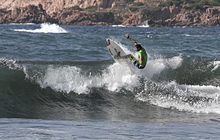
As a rule of thumb: tourists should generally expect communication only in Italian.
Along with Italian ( Italiano ), Sardinians speak other languages. Sardinian ( Sardu ) is the indigenous language of the island and the most widely spoken as well after Italian. It is considered by many scholars to be one of the most Latin-like Romance languages. Sardinian is not a dialect and saying so is often perceived as an insult by its native speakers, whose numbers are becoming smaller and smaller by the day. Other languages include Gallurese, Catalan, and Ligurian. In Gallura and Sassari , Gallurese ( Gadduresu ) and ( Sassaresu ) are spoken.
Gallurese is very similar to Corsican whereas Sassarese is a transitional dialect between medieval Tuscan and Sardu. Alghero has a few speakers of an old Catalan dialect ( Alguerés ), and a Ligurian community on the southwest San Pietro Island speaks a dialect called Tabarchìn . Nowadays, many of the non-Italian languages are confined to the older generations as a direct consequence of the island-wide assimilation policies carried out by the once Savoyard and then Italian government. Nowadays, Sardinians are generally monolingual Italians with a peculiar accent. The young people don't even understand some basic Sardinian anymore; when addressing people they do not know, they usually use Italian, even if they recognize the other person as a fellow Sardinian. Because Italian is the only language they grow up in, English is not widely spoken, as well as Spanish and Catalan; the latter is not generally understood even in Alghero, which has been assimilated into Italian like the rest of the island.
The following budget airlines can get you there cheaply: Jet2.com , Wizz Air , Ryanair , Easyjet and Eurowings .
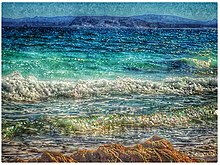
Three Sardinian commercial airports are close to the cities of Cagliari, Olbia, and Alghero.
- Aeroporto di Cagliari-Elmas (Cagliari Airport) ( CAG IATA ) is the busiest in Sardinia. Cagliari is served directly by domestic and international flights, while well-connected Milan-Linate and Rome-Fiumicino airports can also serve as intermediate stops to Cagliari.
- Aeroporto di Olbia-Costa Smeralda (Olbia Airport) ( OLB IATA ) is the second busiest airport in Sardinia and the 17th in Italy; it is the gateway to the Costa Smeralda.
- Aeroporto di Alghero (Alghero Airport) ( AHO IATA ) is the third busiest in Sardinia. It is 10.5 km northwest of Alghero.

There are ferry services to Cagliari (south coast), Porto Torres (north coast), and Olbia, Golfo Aranci and Arbatax (east coast).
Have a look at Ferriesonline or iTraghetti [dead link] , or the state-owned ferry service Tirrenia (year-round service) and the private companies Moby Lines , Sardinia Ferries [dead link] , Grimaldi , Snav .
Daily ferries link northern Sardinia with Corsica (it is possible to take a day trip to Bonifacio , Corsica) from Santa Teresa Gallura .
The government of Sardinia runs SardegnaMobilità , a public transportation portal, which, among other things, provides a travel planner for the whole island and for journeys to the island.
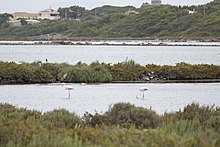
Regular, cheap buses between the main centres: Cagliari , Sassari , Olbia , Santa Teresa Gallura , Alghero , Nuoro , etc. You may end up changing buses (or trains) in, for example, Macomér . Less frequent buses, but worth persevering for the smaller villages.
ARST is the main regional bus service provider on the island (check with their schedules , also mobile site [dead link] ). They also run urban buses in some location.

Tickets can be bought at the ARST stations, from the various sales outlets , ticket vending machines , or, if you have an Italian number, by a mobile phone. Tickets are also sold on board but with a surcharge (usually €1).

Trenitalia runs regular trains on the standard gauge tracks between Sassari , Olbia and Cagliari .
ARST also operates a few railway services on the narrow gauge lines: Alghero - Sassari -Sorso, Macomer- Nuoro , Monserrato (Cagliari)-Mandas- Isili . These trains can be not that fast, frequent and convenient. For example, the terminus in Alghero is at the quite of the edge of the centre. So, regional buses could be an alternative.
Trenino verde
In season, there are irregular tourist train services -- trenino verde -- scheduled on otherwise unused lines. For example, there's a small train that travels twice a week on the route Sassari-Tempio-Palau and back.
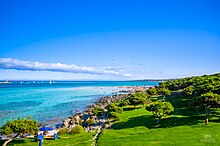
It is possible to get around Sardinia by bus and train, but if you can, hire a car. It is well worth the expense, and it will allow you to visit some of the more remote and enchanting places and areas. You may find many companies offering car hire like Hertz and Avis or Only Sardinia Autonoleggio.
Consult the article on Italy for general information about speed limits, urban areas, police forces, etc. What follows is specific to Sardinia.
There are no toll highways in the island, despite Google Maps stating otherwise. The major roads are Porto Torres-Sassari-Oristano-Cagliari (Strada Statale [State Road] 131, European denomination E25) and its bifurcation to Nuoro (SS131 d.c.n.), Iglesias-Cagliari (SS130) [the SS130 and SS131 are the only fully 2 x 2-lane roads in Sardinia], the SS125 (Cagliari-Villasimius), SS126 (Sant'Antioco-Carbonia-Iglesias-Guspini-Terralba), SS127 (Olbia-Tempio Pausania-Sassari), SS128 (East-Central Sardinia), SS129 (Orosei-Nuoro-Macomer), SS195 (Cagliari-SS126 through Pula), and the SS291 (Sassari-Alghero). Many other roads are also of great interest for the tourist, such as the SS133 (Tempio Pausania-Palau) or the Chia-Teulada 'panoramica'.
Many roads are narrow and wind through hilly terrain; be careful and do not hesitate to use your car horn to signal your presence: because of the light traffic, oncoming drivers may not expect to encounter other vehicles. Remember that locals know their roads: they can drive faster than you because of that, do not try to race with them! Beware also of farm animals (sheep, goat, cows, pigs) crossing roads in rural areas.
The condition of the major roads is largely good. There are local unpaved roads of touristic interest; these can be in any state, especially after heavy rains, so it is better to go there with a 4-wheel drive car.
Traffic can become heavy during summer in and around touristic areas, in particular on the SS 125, 126, 127, 195, 291.
A navigation app is a necessity because road signs are somewhat lacking, especially on secondary roads. Petrol stations are ubiquitous and usually have automated pumps open 24 hours. In the morning and afternoon, attendants may be available, whose services add an extra 20 cents per litre. Their pumps are clearly indicated.
Many villages have installed speed traps and automated cameras at the entrances: these are almost always signalled and fines for speeding are generally heavy. Otherwise, Italians rarely comply with posted speed limits. If you stick to the apeed limit in the right lane, they will happily merge around you. Quite often, you will drive through villages with no footpaths, so drive with caution.
Beware of the way locals drive: racing along the narrow and bendy roads in the hills. Also beware of high winds; gusts in excess of 100 km/h (60 mph) are common from September to April.
Sailing is one of the best ways to see Sardinia. Most charters offer many options from bareboat to crewed and cabin charter, with various types of boats being available.
At many places it is possible to rent a bike quite cheaply, for as little as €9 per 24 hours. Compared to the scarce local bus connections a bicycle provides great flexibility for local exploration. With high quality roads and great scenery the bike is very pleasant to ride.

There is much to do in Sardinia, but the island will probably appeal more to nature lovers than to clubbers (with the exception of the Costa Smeralda area, one of the 'hot spots' of the Italian show-business jet set).
Sailing has become increasingly popular, in particular in the Costa Smeralda area; the first Italian challenge in the America's Cup hailed from there. There are many ports everywhere, and some places are reachable only by boat. Do not miss this opportunity if you like to sail.
While not many, the islands are generally of interest; check in particular the Asinara National Park (famous for its Albino Donkeys) and the Maddalena archipelago in the north, the islands of Sant'Antioco (actually connected to the mainland since Roman times) and San Pietro (a community of Genoese fishermen) in the south.

Beaches and coasts
The north and northeast (from Stintino to Budoni) have many beautiful beaches . The Eastern coast is also very interesting: Cala Gonone, Arbatax, Muravera and Villasimius. The deep south (Chia, Pula) is quickly growing as a major tourist attraction. The western coast is of a very different character; large beaches some kilometres long can be found (Porto Pino, Marina di Gonnesa, Marina di Arbus). Of note is Piscinas (Marina di Arbus) with its 60 m (200 ft) tall sand dunes. Finally, the Alghero area is renowned for its underwater caves and grottoes and attracts many scuba divers .
Hills and 'mountains'
While Sardinia's highest elevation does not reach 2,000 m (6,600 ft), do not be fooled: the terrain is steep, snow falls in winter, and there are 4 ski resorts in the Gennargentu area. Hills are everywhere in Sardinia, from the northeastern Monte Limbara Range to the Iglesiente area in the southwest, even on the outskirts of Cagliari. The rainiest areas are quite lush with Mediterranean vegetation. Another advantage is that people (including Sardinians) generally fill the beaches and leave the rest nearly deserted. A popular destination for mountain climbers is the Domusnovas area (close to Iglesias), with its nice vertical walls of limestone. Large caves are accessible (Dorgali, Oliena, Santadi, Domusnovas, Fluminimaggiore, Alghero). There are many hiking trails (though not always well-signalled) for beginners and veterans alike.
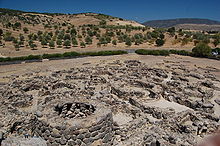
Monuments and sites
Sardinia has few monuments but many are well worth visiting. Check-in particular Cagliari (Sard. Casteddu , Castle), Oristano, Sassari, Alghero, Olbia, and Nuoro. Nuraghi and Domus de janas (Sard. for witch houses) are found in many places, in particular in Barumini ( Su Nuraxi , in the UNESCO World Heritage list since 1997) and around Alghero. Tharros, Nora, and Monte Sirai (just off Carbonia) are fine examples of the Phoenician/Carthaginian presence. Roman remains are also found in Sardinia, among which Nora, the Sant'Antioco bridge or the amphitheatre in Cagliari; the Antas site in Fluminimaggiore is also of interest, even if the present temple is a reconstruction of the original.
Pisans have left important traces in the South (Cagliari, Iglesias) and the well-preserved Castello di Acquafredda (It. for cold water castle) near Siliqua is worth a visit, as is the backcountry. Bosa is of interest for its medieval urbanism; Burgos (Castle of Goceano) is also worth a visit. Some fine churches are found on the island, from the early Christian times to the Baroque period, in the aforementioned cities but also in Porto Torres and Iglesias (Spanish for church). Examples of industrial architecture can also be found in and around Cagliari, in Porto Torres, and in the Sulcis-Iglesiente area, where organized tours can be booked to visit mines, for instance, the Buggerru mines with galleries just above the sea. Finally, several museums dedicated to Sardinia are of interest; the Museo Sardo di antropologia ed etnografia and the Museo Archeologico Nazionale in Cagliari, and the Museo etnografico sardo in Nuoro are important starting places.
Sardinia has strong traditions which are expressed also through costumes and celebrations . Quite often, even small centres have local celebrations where people dress in rich traditional costumes. However, it is simpler to go to the major venues as there is a considerable afflux from all over Sardinia. These include:
- Sant'Efisio (Cagliari, 1 May, actually lasts several days)
- Sagra del Redentore (Nuoro, last Sunday of August)
- Cavalcata sarda (Sassari, penultimate Sunday of May, horse parade and races)
- Faradda di li candareri (Sassari, 14 August)
- Sa Sartiglia (Oristano, Carnival period, horse races)
- S'ardia (Sedilo, 6 July, horse races) and everywhere the celebrations during Carnival and the Holy Week.
The traditions and habits are very strong. You will not get any pizzas in restaurants before 19:00, and you will get nothing to eat in restaurants between 16:00 and 19:00, besides 'panini' that is usually a cold sandwich with ham and cheese. The exception may be some tourist-oriented restaurants in tourist-oriented places.
- Pizza and Pasta . There are pizzerias serving fresh, stone oven-baked authentic style pizzas and pasta dishes. ( updated Dec 2018 )
- Porcheddu . A local specialty of inner Sardinia, it's a young pig roasted in a special manner over a wood fire with an aromatic local shrub called mirto. The pig is frequently basted. ( updated Dec 2018 )
- Salsiccia di cinghiale . The wild boar sausage. There are many other types of sausage too. ( updated Dec 2018 )
- Stufato di Capretto . A rich casserole made from kid goat, artichokes, wine and also egg. ( updated Dec 2018 )
- Su Zimminu ( aka Zuppa alla Maddalenina ). A spicy seafood soup typical for Maddalena archipelago. ( updated Dec 2018 )
- Mediterranean fish ( Pesce Azzurro ). Look for a fish market in any small coast town and buy early in the morning, cook and eat: it's simply fantastic barbecued. The Bottarga (the dried roe of tuna [Bottarga di tonno] in Carloforte or of flathead mullet [Bottarga di muggine] elsewhere) is rather expensive but quite good. ( updated Dec 2018 )
- Fruit and Vegetables . Many locally-produced fruit and vegetables are very tasty, as they are grown in small farms and are mostly organic; vendors along the roads are a frequent sight. Apart from the usual assortment of typical Mediterranean products (such as eggplants, bell peppers, orange, and grapes), you will also find among others wild asparagus, figs, water-melons, and nuts (hazelnuts, chestnuts, walnuts, almonds). Spices (such as thyme, rosemary, fennel) are found in abundance in the country. ( updated Dec 2018 )
- Fainé . Pancakes made of chickpea flour. ( updated Dec 2018 )
- Sardinian bread and pastries . There are numerous types of these, with specialties such as Carasau (a type of thin crispy bread), sponge biscuits and almond pastries. What distinguishes Sardinian pastry is the use of pig lard for fat and honey for sugar. ( updated Dec 2018 )
- Torrone . Sardinian version of nougat with honey instead of sugar, and almonds, hazelnuts, and walnuts (all locally produced); the torrone capital of Sardinia is Tonara (Nuoro province): just going there is worth your time. ( updated Dec 2018 )
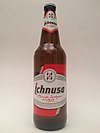
Beer is the most common alcoholic drink among Sardinians; in fact, Sardinia has the highest consumption of beer in all of Italy.
- Cannonau . A strong red wine from the Sardinian variety of Garnacha (Grenache) grapes. ( updated Dec 2018 )
- Monica di Sardegna . A lighter, more accessible red wine. ( updated Dec 2018 )
- Vermentino di Sardegna . A light wine with a strong minerally taste. ( updated Dec 2018 )
- Fil'e ferru . Another alcoholic local speciality. Its name means "iron wire" because in the 19th century it was clandestinely distilled and hidden in small holes covered with soil. Only a small iron wire came out from the soil, to remember where the bottles were hidden. The original name in Sardinian language is abbardente , that means "blazing water" ( Fil'e ferru is in Sardinian too, but it's used more by non Sardinian-speakers). ( updated Dec 2018 )
While you can find most major hotel chains in Sardinia, the better way to really enjoy a stay in the island is to find a local hotel or a bed and breakfast or a holiday apartment. Another often cheaper option that adds many 'out of town' locations is to rent a small cabin in a camping village or a room in an 'agriturismo' farm or rural cottage. Most accommodations are located near the coast, but also internal regions offer great opportunities.
Stay healthy
Sardinia is part of the Mediterranean area and shares its specific hazards. A few basic precautions are generally enough to stay out of trouble, especially during summer and autumn.
Sardinia is sparsely populated, in particular the interior; help is not always easily found, and there remain large patches of land where mobile-phone coverage is non-existent (e.g. at the bottom of sheltered valleys). Terrain, despite the lack of high elevations, is generally rugged and steep; this, in combination with heat and lack of water, can quickly lead to disaster. Beware!
Summer is hot and the sun quite strong; the usual precautions to avoid heatstroke and sunburns apply. From May to September, water scarcity in the country is a serious problem. Always take a lot of water with you (especially so when hiking), even if you plan a short trip; bringing along fresh watery fruit (such as peaches) is also helpful. While tap water is generally (but not always) safe, it is recommended to buy bottled mineral water; remember that sweating implies loss of water and of mineral salts.
Autumn is generally fine, but heavy rainstorms combined with hilly topography can potentially create land- and mud-slides. Always check the weather before embarking on a trip, even with your car. Winter and spring are generally safer, with pleasantly mild weather (especially during the day) and an abundance of water; but remember that higher elevations correspond to colder temperatures and heavier precipitation. Much of Sardinia (especially the Western part) is very windy from September to April; all drivers, and in particular those with campers, must exercise caution.
Some open-sea beaches are notorious for strong underwater currents (in particular on the west coast); warning signs are not always posted. Ask at your hotel or locals. The Mediterranean Sea is no lily pond; every year, there are several people killed by drowning in Sardinia, and regularly victims are imprudent persons dragged from the shore by large waves.
Be careful when hiking in old mining districts (Sulcis-Iglesiente, Sarrabus, Nurra). While local authorities have sealed off many dangerous areas, some remain unmarked. Always avoid dark galleries, because they might hide vertical ventilation shafts. Do not venture into closed areas (look for the word Pericolo [Danger] or the usual warning signs). If you want to explore mines, go to the local tourist information agencies; they will direct you to organized tours. There have been tales of individuals (mostly ex-mineworkers) running their own private tours; avoid these, as they are illegal and extremely unsafe, because of risks of cave-ins, water infiltration, etc.
Local fauna and flora can be dangerous or source of discomfort:
- Ticks ( Rhipicephalus sanguineus ) carry infectious diseases and are endemic to certain areas: avoid tall grass fields or close prolonged contact with domesticated animals (in particular sheep).
- Lethal mushrooms (among which Amanita phalloides ) are found in the island.
Consult specialized texts for expert advice .
Sardinia has a very low crime rate.
Be wary of game hunters during the September–February period; check with locals, hotel employees, and the website of the Sardinian Region for legal hunting dates. Do not hike in the wilderness during these days. There are protected areas (It. Oasi di protezione della fauna) but even these are regularly raided by poachers, especially during the night.
From April/May to September, fires plague Sardinia as the rest of the Mediterranean area; some are spontaneous wildfires, but most are criminal. Observe the usual precautions. It is generally forbidden to start domestic fires in forests. Check with local authorities; Sardinia is an autonomous region and Italian laws might be superseded by local provisions.
Sardinians are generally a quiet and reserved people, especially those from the interior where they are, more than the other islanders, deeply attached to their land and culture; surely they may prove to be different from the archetype of the outgoing and talkative Mediterranean.
You can consider visiting Corsica , which is right next to Sardinia. Bear in mind that the island is a part of France , not Italy . Your Schengen visa (if you are required to get one, that is) will allow you to cross through without any problems.
- UNESCO World Heritage Sites
- UNESCO tag to be fixed
- Has custom banner
- Has mapframe
- Has map markers
- Marker with Wikivoyage article but no wikilink
- Articles with dead external links
- Eat listing with no coordinates
- Drink listing with no coordinates
- Has Geo parameter
- All destination articles
- Outline regions
- Outline articles
- Region articles
- Pages with maps
Navigation menu
Follow us on

Sardegna Turismo
La maddalena, a world unto itself, into the myth of atlas, natural scenery of an island straight out of a film, picked just for you.
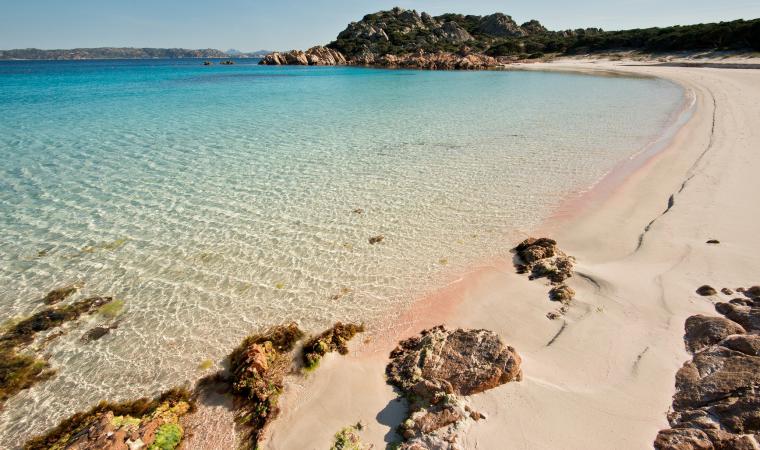
Beautiful and enjoyable
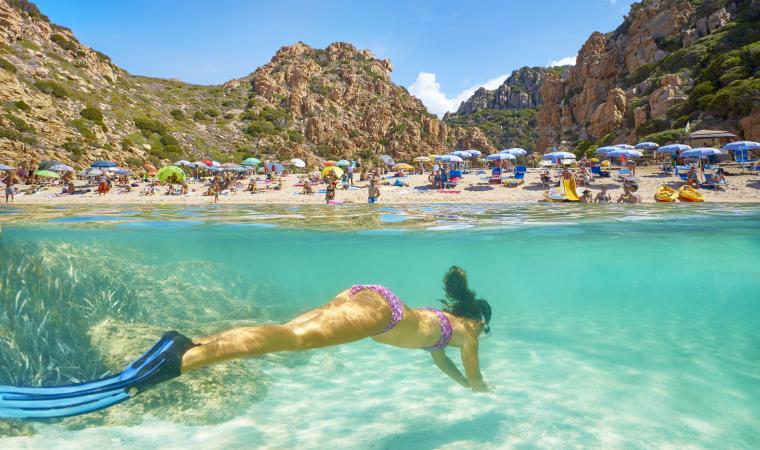
The sea, on the surface of the water
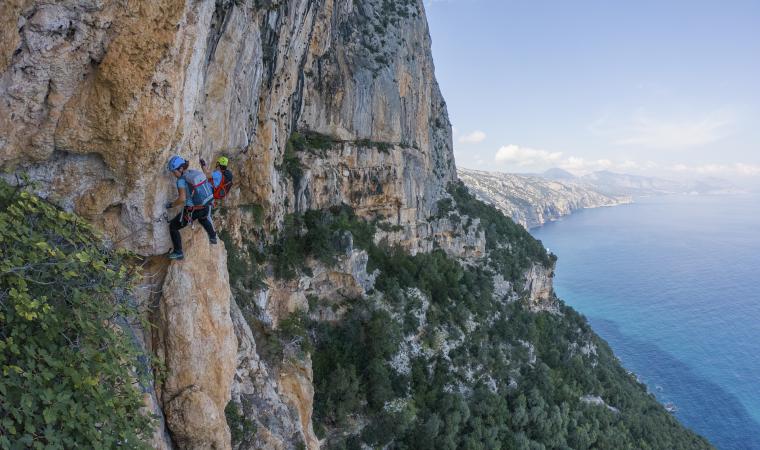
The challenge for the cliffs over the sea
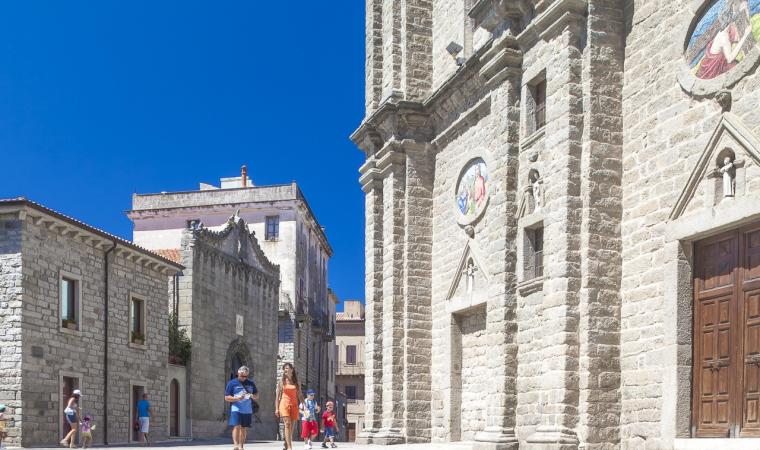
Four villages, heart of the Island
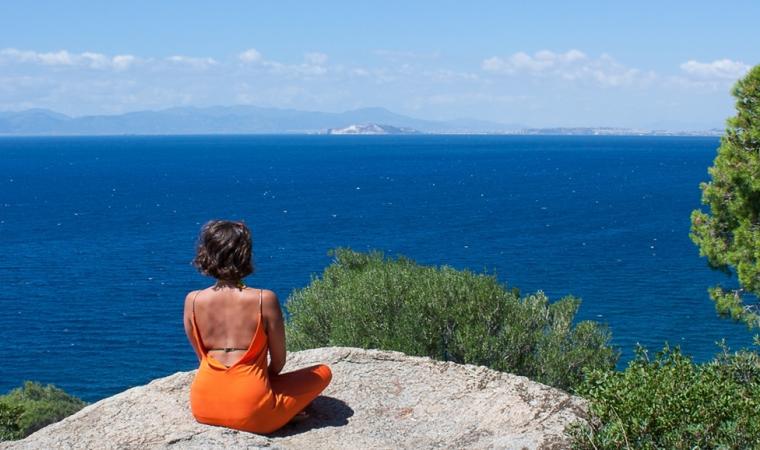

Stones and water, ancient sources of well-being
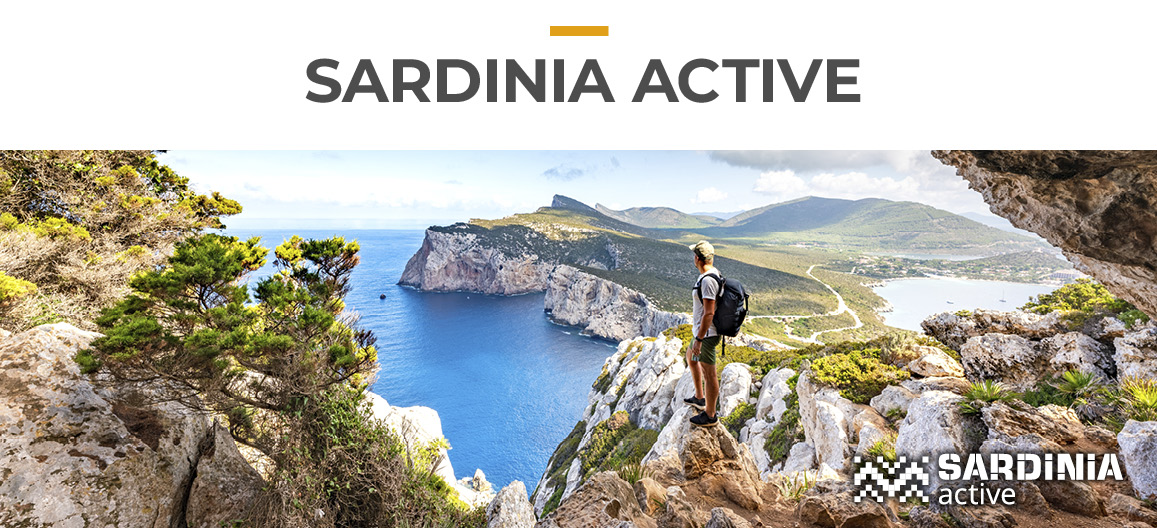
Sardinia the whole year round
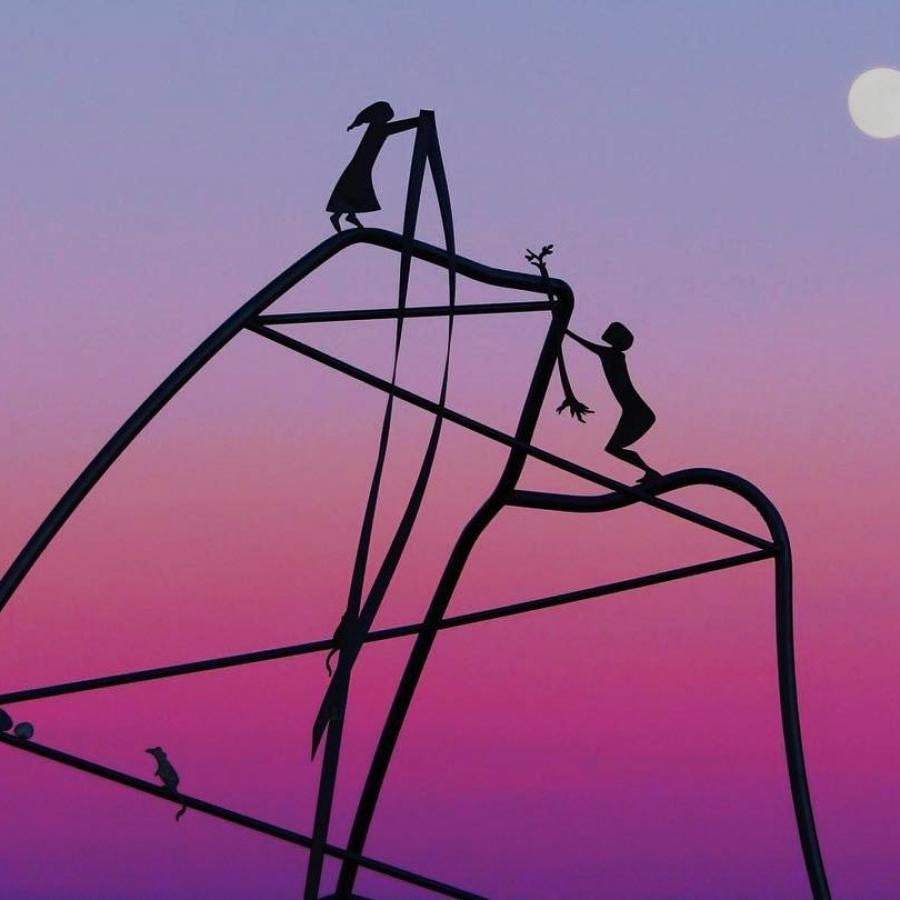
Grazia & Maria, the revolutionaries
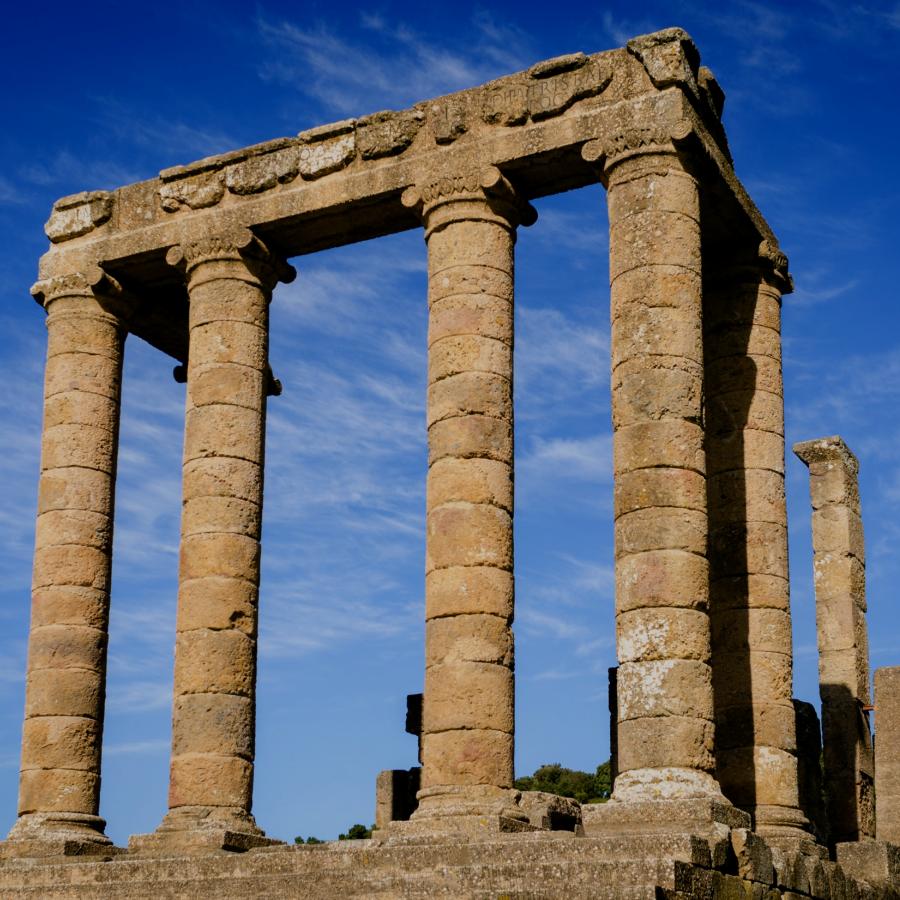
Temple of Antas
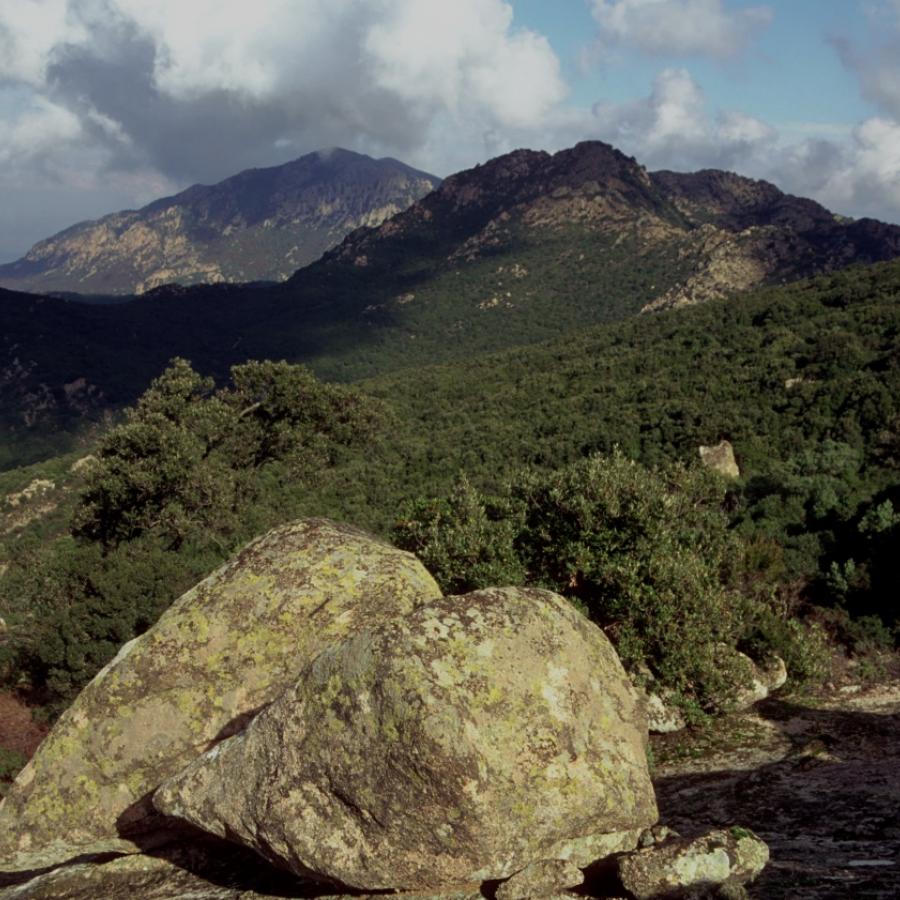
Oasis of Monte Arcosu
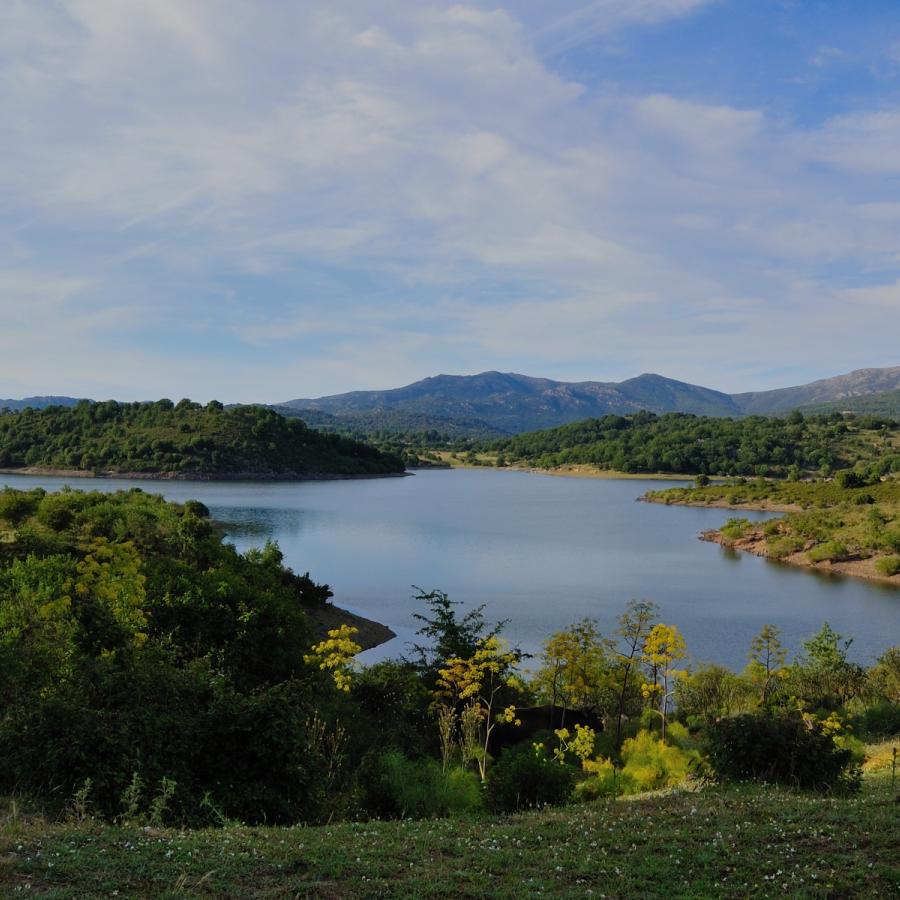
Saint Ephysius, the festival of Sardinia

Sardinia, wellness naturally
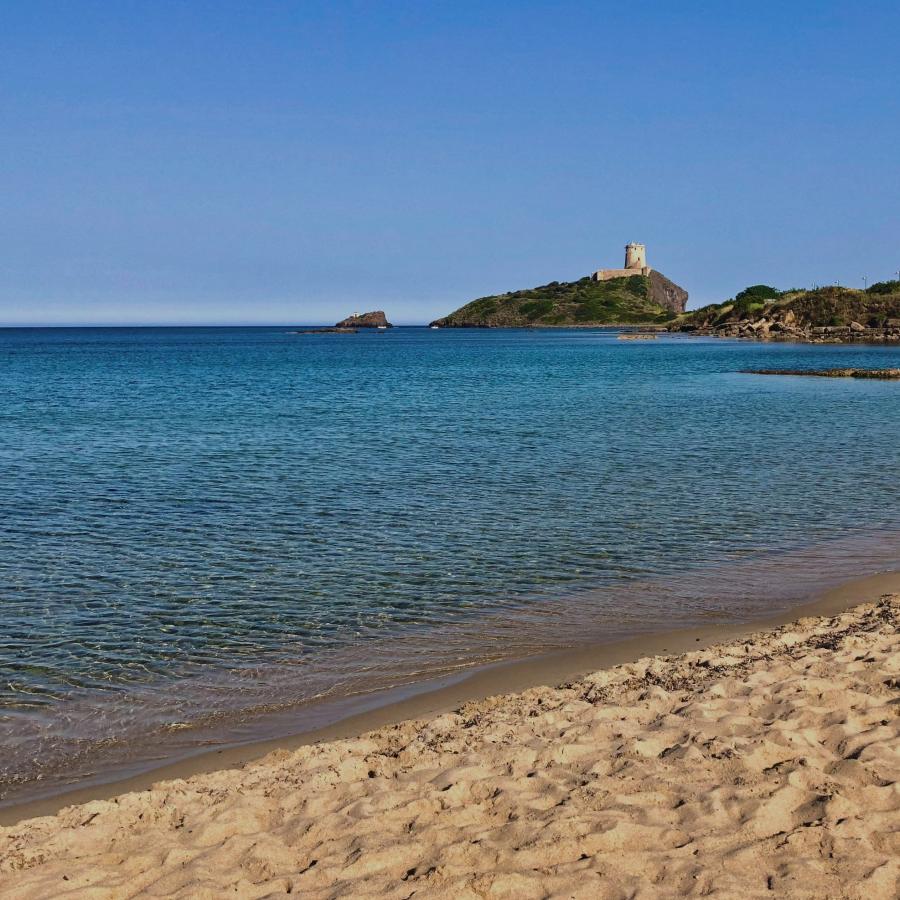
Thence we come forth to rebehold the stars
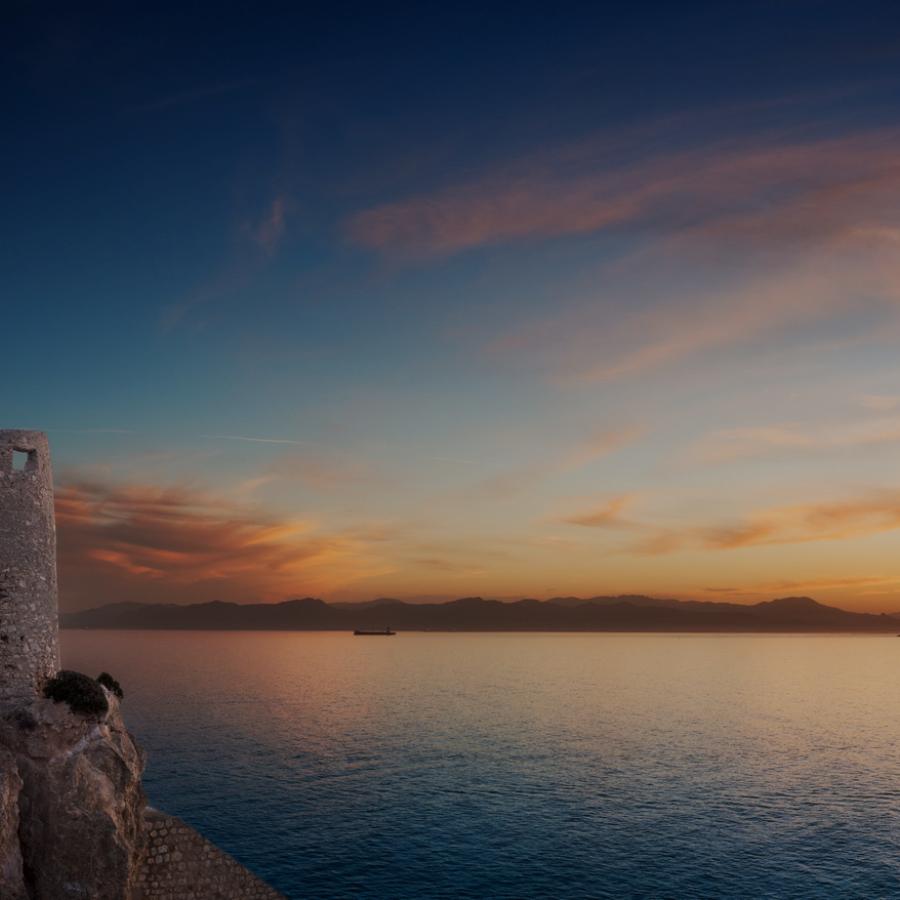
Sardinia, a beautiful story
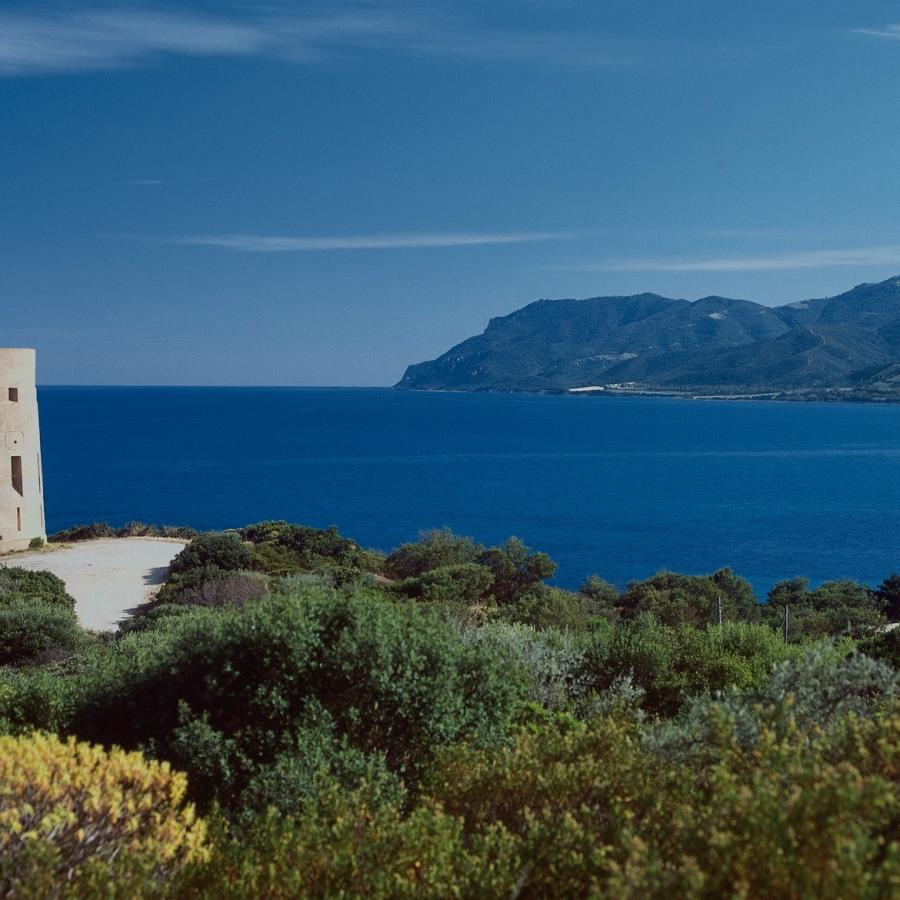
Ogliastra on foot, from tower to tower
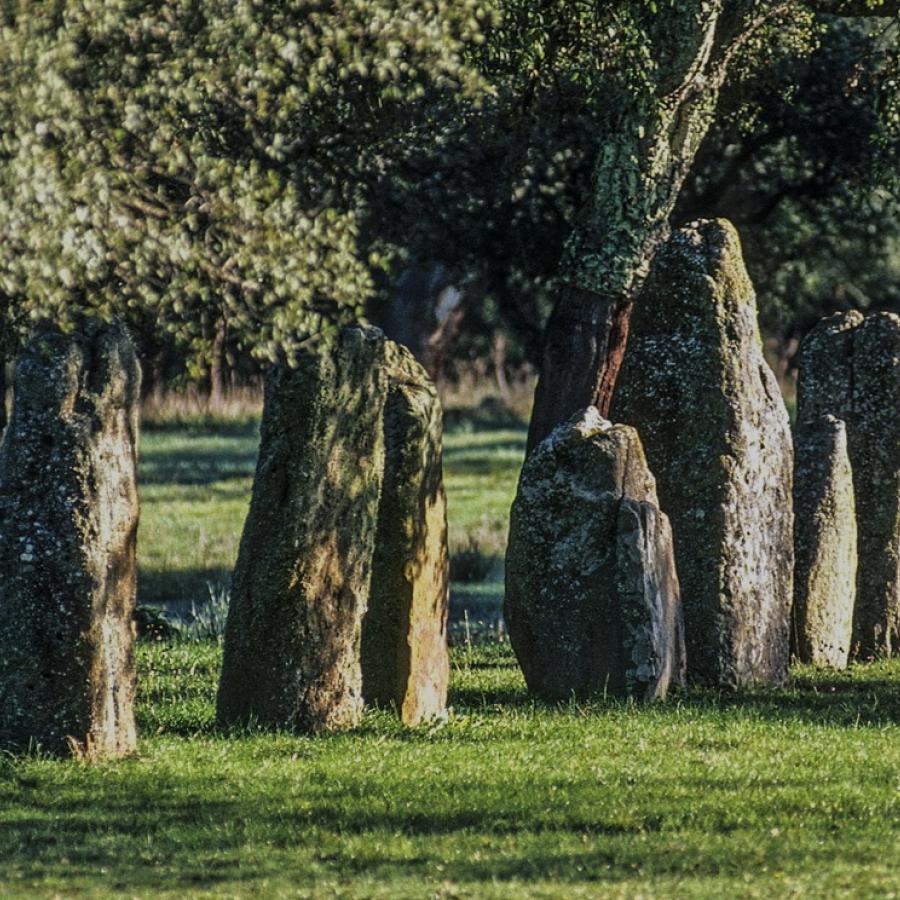
Perdas fittas between earth and sky
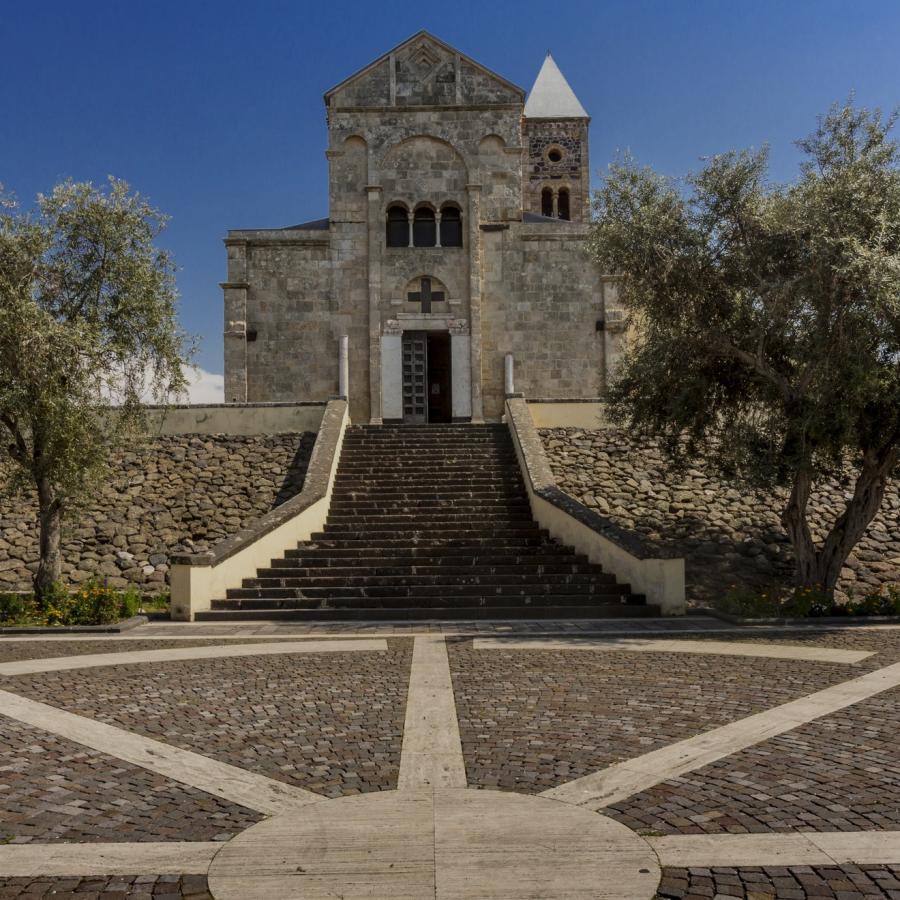
Precious Romanesque architecture in the Oristano area
Places of the heart.
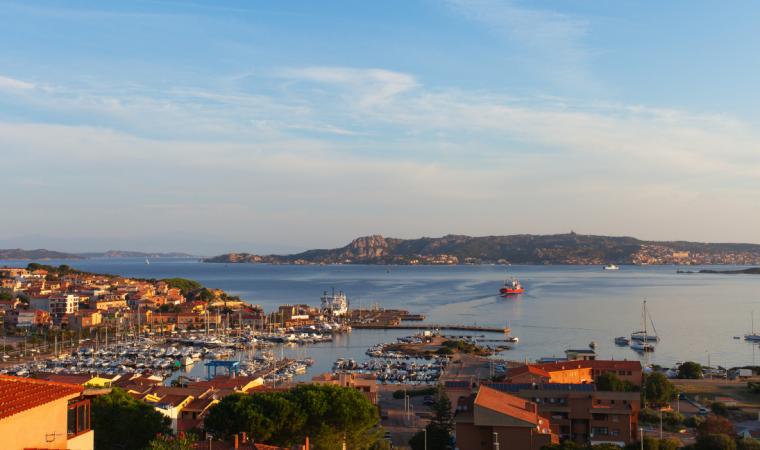
Golfo di Oristano (Oristano Gulf)
Organize your vacation.
- How to get here
- Where to sleep
@visit.sardinia
- We walk in Sardinia
- Nature and well-being
- Discover the culture
- Must see events
- An island to be discovered
Things to do
- Calendar of events
- Itineraries
Places to see
- How to arrive in Sardinia
- How to get around Sardinia
- Travelling safely
- The weather in Sardinia
- Disabled travellers
- Practical advices
- Search Please fill out this field.
- Manage Your Subscription
- Give a Gift Subscription
- Newsletters
- Sweepstakes
- Travel Destinations A-Z
This Italian Island Has Tranquil Villages, Stunning Beaches, and Luxury Hotels — Here's How to Plan Your Trip
Everything you need to know to plan the perfect vacation on Sardinia.
:max_bytes(150000):strip_icc():format(webp)/Dobrina-Zhekova-2885480a814f40a2801fda922af4d135.jpeg)
Sardinia's famous Costa Smeralda, a 12-mile stretch of dreamy shoreline along the northeast, attracts travelers looking to immerse themselves in la dolce vita. And really, with its white-sand beaches, turquoise waters, rugged coastline, ancient archaeological sites, and fascinating culture and traditions, who could blame them? The Mediterranean island truly does have it all.
Sardinia is the second-largest island in Italy after Sicily and is located in the middle of the Mediterranean Sea. The island spans 9,305 square miles (or slightly larger than the state of Vermont) and is home to about 1.64 million people. The closest land to Sardinia is another island, Corsica, which is only about eight miles north. Sardinia lies 125 miles from the coast of mainland Italy and about the same distance from the shores of Northern Africa.
The island — with its idyllic mountains and tranquil villages, giving way to bustling resort towns along its rocky coastline — offers an abundance of activities for every type of traveler. Whether you want to bask in the sun, take in the breathtaking views, or taste the local culture, the island will leave a lasting impression on you.
How to Get to Sardinia
Visitors can either fly to one of the three main airports in Sardinia (Cagliari Elmas Airport, Olbia Airport, and Alghero Fertilia Airport) or take a scenic — albeit long — ferry ride to the island. There are multiple daily flights between Italy's major cities and the island, including Rome and Milan, and many of those are operated by low-cost airlines for as cheap as €8. You can also fly to the island from many European cities, including London, Frankfurt, Munich, Paris, Brussels, and many more.
If time is not of the essence (or you would like to bring a car), take a ferry from mainland Italy, France, or Barcelona. Sardinia has five ferry ports, so you can take the slow route whenever you wish.
The Best Times to Go to Sardinia
While many consider the Italian island a summer spot, Sardinia offers plenty to do and see year-round.
If you are after its sun-drenched picture-perfect beaches, the best time to visit Sardinia is during the peak season between June and September, when temperatures soar. If packed beaches are not your thing, consider stopping by at the end of September or October, when the sea is still warm, but most tourists have left the island.
Sardinia is also beautiful in the spring — between March and May — when the flowers and trees are in full bloom, and the weather is perfect for hiking. May is also when the Feast Of Sant'efisio Cagliari takes place. It's a multi-day festival, where thousands of participants accompany the statue of Sant'efisio from Cagliari to Nora and back, roughly a 40-mile journey.
Autunno in Barbagia takes place every fall and lasts a whopping three months. Visitors can enjoy cultural events on weekends dedicated to local arts and crafts. And every winter, the island celebrates Carnival di Mamoiada , one of Sardinia's oldest and most mysterious festivals dating back thousands of years.
Things to Do in Sardinia
Castello, Cagliari
Set on a hill in Sardinia's capital, the historic Castello district is one of the oldest neighborhoods in Cagliari and holds many of the city's significant landmarks. The narrow streets, flanked by ancient buildings, historic palazzos, and churches, transport travelers back in time. Some must-see sights include the Bastione di Saint Remy fort for its panoramic views and beautiful classic architecture, the Cagliari Cathedral and its bell tower, and the Archaeological Museum.
Su Nuraxi Nuraghe
Central Sardinia is home to the island's only UNESCO World Heritage Site and most important archaeological landmark, a striking example of prehistoric architecture called Su Nuraxi Nuraghe. A nuraghe is a defensive stone structure that originated in Sardinia in the Bronze Age. The complex comprises a central stone tower that once reached almost 61 feet in height and four smaller towers connected by a curtain wall.
Porto Flavia
Located near Nebida in the southwest, Porto Flavia looks like it belongs to a scene from "Game of Thrones." Directly built into the cliff and facing the sea, this port is considered a masterpiece of mining engineering that served as a loading dock. Two tunnels connect the port to a mine that once allowed workers to quickly load minerals onto the ships. Today, visitors can tour the site only by appointment and with a guide for safety reasons. The hour-long tour includes a walk along the upper tunnel that ends at the terrace, which offers breathtaking views of the sea and coastline.
The Neptune's Grotto
This two-million-year-old cave in Capo Caccia, Alghero, is one of Sardinia's most-visited natural wonders. Arrival at its entrance is either via boat or a staircase built on the side of a rocky cliff overlooking the sea. Once inside, visitors are introduced to a beautiful world full of wondrous natural sculptures known as stalactites and stalagmites. The grotto is also home to one of the largest saltwater lakes in Europe, Lago Lamarmora.
Castelsardo
Castelsardo, often ranked as one of Italy's most charming villages, occupies a hill on the northwest of the island. With its landscape dominated by the perfectly preserved medieval Doria castle, colorful houses spilling down the cliff sides, and the glistening waters of the Mediterranean, Castelsardo looks like it's out of a fairy tale.
Porto Cervo
The crown jewel of Sardinia's renowned Costa Smeralda is this small resort town that, in the summer, becomes the glitzy playground of the international jet set. Its picturesque port fills up with luxury (mega)yachts, and its streets are bustling with celebrities, socialites, and political dignitaries, soaking up the Sardinian sun and dolce vita lifestyle.
Where to Stay in Sardinia
Hotel Cala di Volpe
SP160, 07021 Capriccioli SS, Italy +39 0789 976111 Marriott.com
Located on the stunning Costa Smeralda, the glamorous waterfront Hotel Cala di Volpe treats its guests to spacious suites, a dazzling beach, an Olympic-size saltwater pool, a golf course, and a wellness center and spa, among other high-end facilities. While lush, Mediterranean landscapes surround the property, it is a short eight-minute drive from the vibrant downtown area of Porto Cervo.
Hotel Li Finistreddi
Loc. Micalosu Via le Finestrelle, 07021 Cannigione +39 0789 869144 finistreddi.it
Perched on a hill in the heart of Costa Smeralda, this almost 15-acre property offers vistas of Sardinia's emerald coast and La Maddalena archipelago. Hotel Li Finistreddi has three villas with swimming pools and 19 suites with private entrances and sea views. During the day, guests can lounge by the property's two pools or take a shuttle to the dreamy white-sand Barca Bruciata Beach.
Petra Segreta Resort & Spa
Via Stazzu Malcusa, 07026 San Pantaleo +39 0789 187 6441 petrasegretaresort.com
As the only Relais & Châteaux property in Sardinia, the sprawling Petra Segreta Resort & Spa offers guests a memorable experience set against the idyllic backdrop of stunning Costa Smeralda. The resort, nestled on 12 scenic acres of verdant forest, has 25 rooms and suites set in traditional Sardinian stone houses with private patios and modern interiors. The resort's fine-dining restaurant, il Fuoco Sacro, is among the best on the island and mainland Italy and serves patrons delectable "dishes full of modern Italian flavor," according to the Michelin Guide .
La Villa del Re
Località Su Cannisoni, 09040 Castiadas CA +39 070 775 3009 Lavilladelre.com
This adults-only boutique hotel sits in a scenic park on the southeast coast of Sardinia and offers front-row views of the crystal-clear turquoise waters of Costa Rei. The property's facade invokes traditional Sardinian architecture, while its 50 rooms and suites are all about soothing palettes and timeless elegance. The private beach and chic infinity pool are perfect for enjoying the hot Sardinian sun with a cocktail in hand. The hotel's pool-side restaurant, Bella Vista, lives up to its name and treats patrons to gorgeous sea views and delicious Mediterranean fare.
Villa Las Tronas Hotel & Spa
Lungomare Valencia, 1, 07041 Alghero SS +39 079 981818 Hotelvillalastronas.it
With its classic tower-inspired Belle Epoque architecture, gardens, and dramatic location, Villa Las Tronas is a unique base to explore Alghero and Sardinia's northwest coast. The spacious 24 rooms are all about Old World charm, clad in marble or parquet floors, crystal chandeliers, and vintage furniture. The hotel's spa features an indoor pool, a Turkish bath, and a sauna, while the seafront restaurant offers a seasonal vegetarian menu.
Località Mucchi Bianchi, 07021 Baja Sardinia SS, Italy +39 0789 99880 7pines.com
This brand new resort opens in July 2022 in a remote cove in Baja Sardinia. With 76 light-filled, spacious rooms and suites overlooking its gardens or the sea, 7Pines is a stylish retreat just a short drive from vibrant Porto Cervino. The two pools nestled amid swaying palms and surrounded by sunbeds and cabanas are the epitome of Italian chic, while those who prefer to take a refreshing dip in the Mediterranean can head to the resort's main beach or explore the secluded coves around the property.
Related Articles
Sardinia, Italy: What To Do, Weather & More
Book your individual trip , stress-free with local travel experts
Select Month
- roughguides.com
- Travel guide
- Itineraries
- Travel Ideas
- Local Experts
- Travel Advice
- Accommodation
Plan your tailor-made trip with a local expert
Book securely with money-back guarantee
Travel stress-free with local assistance and 24/7 support
Carlo DeSando
Wonderful Time in Italy We were covered from the moment we landed in Rome. The drivers were great, the connections were flawless, and it was well-planned a...
Undeniably Italian, yet expressing a unique regional identity, Sardinia presents a distinctive take on the Mediterranean island experience. Blending Italian and North African influences, the Sard people fiercely embrace their diverse island home. From the coast to the wilderness of the interior, Sardinia is well worth a visit.
The best travel tips for visiting Sardinia
Best things to do in sardinia, where to stay in sardinia, best restaurants and bars, how to get here, tips for getting around, how many days do you need in sardinia, best time to visit sardinia, travel ideas for italy, created by local experts.

8 days / from 2671 USD
Experience the hit TV show 'The White Lotus' in Sicily
Stay in beautiful Taormina with gorgeous views of Mount Etna and discover Sicily, including famous filming locations. Go on exclusive wine tastings, discover the Greek theater in Taormina with a private guide, visit other Sicilian towns and enjoy the crystal clear water on this week-long trip.

8 days / from 3319 USD
Enchanting Italian Lakes
Experience the picturesque lakes of Northern Italy, including Lake Garda, Como, Lugano and Maggiore; explore the charming Borromean Islands – former favourites of Ernest Hemingway – and stroll the romantic streets of Verona and Milan. All of this, and much more, with this self-drive trip!

16 days / from 3319 USD
From Venice to Florence: A Grand Tour of Northern Italy
From the atmospheric canals of Venice and the picturesque coastline of Cinque Terre, to the trendy designer boutiques of Milan and the Renaissance-infused streets of Florence, Northern Italy has plenty to offer. Experience it all with this comprehensive trip.
When planning a trip to Sardinia, it is important to keep a few travel tips in mind. First, it is recommended to avoid the peak tourist season in August, as prices can be higher and crowds can be overwhelming. Instead, consider visiting in the shoulder season months of June, July, or September.
Additionally, be prepared for narrow, winding roads and rugged terrain in some areas. It is also worth noting that many businesses, including restaurants and shops, close for a mid-day siesta, so plan accordingly.
Planning tip : do you need help planning your trip to Italy? Perhaps our local experts can help!
Every trip to Sardinia in Italy is unique and that's why it's essential to stay protected. With our go-to travel insurance provider, Heymondo , you get great value and 24/7 support wherever you are.

Chia beach, Sardinia © Shutterstock
Sardinia offers visitors a wide range of activities to enjoy, from exploring the island's rich history to soaking up the sun on its beautiful beaches. Here is our pick of the best things to do in Sardinia.
#1 Relax at the Sardinian beaches
Even the most discerning beach enthusiasts will find their desires fulfilled with the abundant selection of swimming spots scattered along the mesmerizing coasts of Sardinia. Whether you prefer perennial favorites that have stood the test of time or hidden gems nestled within secluded coves, there's always a beach nearby.
Sardinia boasts some of the most remarkable beaches in all of Italy, guaranteeing an unforgettable beach experience for all who visit. These are some of the best beaches on the island:
- La Pelosa: Located near Stintino in the northwest, La Pelosa is famous for its crystal-clear turquoise waters, fine white sand, and a picturesque backdrop of the medieval tower of Torre della Pelosa.
- Cala Goloritzé: Situated on the east coast, Cala Goloritzé is a hidden gem accessible only by boat or a challenging hike. It features a striking limestone rock formation called the Aguglia, pristine waters, and a small pebble beach.
- Cala Mariolu: Also found on the east coast, Cala Mariolu is known for its pristine and transparent waters, vibrant marine life, and breathtaking rock formations. Snorkeling and diving are popular activities here.
- Spiaggia di Tuerredda: Located in the south, near Chia, Tuerredda Beach is renowned for its Caribbean-like beauty. With its soft sand, clear turquoise waters, and surrounding hills, it is a favorite among locals and tourists alike.
- Porto Giunco: Situated in Villasimius on the southeast coast, Porto Giunco offers a stunning landscape with fine white sand, shallow waters, and a backdrop of Mediterranean vegetation and saltwater lagoon.
- Cala Brandinchi: Known as "Little Tahiti," Cala Brandinchi on the northeast coast boasts turquoise waters, pristine white sand, and a pine forest backdrop, creating a truly idyllic setting.
- Spiaggia di Is Arutas: Located on the central west coast near Oristano, Is Arutas is famous for its unique sand made up of tiny quartz grains resembling colorful grains of rice. The beach is surrounded by stunning cliffs and clear waters.
- Spiaggia del Principe: Situated on the Costa Smeralda in the northeast, Spiaggia del Principe offers a secluded and picturesque setting with fine sand, granite rock formations, and turquoise waters.
#2 Discover the area's ancient towers
Nuraghe-spotting is one of the classic pastimes when travelling through the island. Some of these prehistoric monuments are well restored and can only be visited with a ticket; others are mossy ruins in fields, free to enter. One of the most exhilarating is the Nuraghe Mannu outside Cala Gonone.

Cagliari, Sardinia, Italy © Sean Pavone/Shutterstock
#3 Take time for culinary pursuits
You’ll enjoy the exquisite sea and land-based dishes in restaurants throughout the island. That said, some of the best places are off the tourist track. You'll want to be sure to explore such inland centres as Sássari and Nuoro.
#4 Explore church treasures
You don’t have to visit galleries to see great art in Sardinia – some of the smallest, most unprepossessing churches preserve some real gems of medieval art. For example, the magnificent altarpiece in San Pietro Apostolo, Tuili, is well worth a detour.
#5 Rides and drives
Embarking on a road trip through Sardinia is a gateway to experiencing the island's awe-inspiring landscape, and it is an adventure that will leave travellers in awe. The undulating terrain of the island's mountainous interior presents an enchanting backdrop for long, leisurely journeys, allowing explorers to truly immerse themselves in the natural beauty of the region.
One of the most beloved routes is found in the picturesque area of Gerrei, known for its captivating scenery and charming villages. As you traverse the roads south of Dorgali and west of Aggius, you'll be treated to breathtaking vistas of rolling hills, rugged mountains, and verdant valleys, evoking a sense of tranquility and wonder. The roads wind through idyllic countryside, adorned with vineyards, olive groves, and grazing sheep, providing a glimpse into the traditional rural life of Sardinia.
Along the way, there are numerous opportunities to stop and explore the hidden gems that dot the landscape, from ancient ruins to quaint villages where time seems to stand still.
RoughGuides Tip: did you know we have a great road trip you can book directly ?
#6 Spend time at the Isles of Wonder
The island has its own subgroups of islands, the most dramatic of which is the archipelago of La Maddalena, off the northeastern coast; you can explore the pristine beaches and silky waters on boat trips – join a group or rent your own motor-dinghy.
#7 Learn about local culture at the Ethnographic Museum
The Ethnographic Museum in Sardinia is a fascinating place to explore and learn about the island's history and cultural heritage. A visit to this extensive collection – crammed with masks, costumes, craftwork and musical instruments – offers intriguing insights into the local culture.
#8 Plunge into Neptune’s Grotto
Neptune's Grotto is a stunning sea cave and is a must-visit for anyone travelling to the island. Stalactites, stalagmites and eccentric rock formations are the highlights of a tour through the Grotta di Nettuno, a cave complex set in towering cliffs by the sea.

Stairways to stalactite cave of Neptune Grotto in Alghero in Sardinia © Prashant_Agrawal/Shutterstock
#9 See Tharros — one of the best things to do in Sardinia
Tharros, an ancient Phoenician-Roman city in Sardinia, offers visitors a glimpse into the island's rich history through its well-preserved ruins and stunning coastal location. Founded by the Phoenicians on a promontory jutting into the sea, this historic site retains extensive evidence of the Punic and Roman settlers who followed.
#10 Explore the beautiful landscapes of Inland Gallura
Inland Gallura boasts breathtakingly beautiful landscapes that capture the essence of the Mediterranean. Interspersed with thick groves of cork oaks, the granite rockscape of this scarcely populated mountainous zone offers unforgettable panoramas.
#11 Discover the underwater world
Diving enthusiasts will find a captivating underwater world awaiting them in the azure depths surrounding Sardinia. With its clear waters, diverse marine life, and captivating underwater landscapes, the island offers an unforgettable diving experience.
One of the top diving spots in Sardinia is the Marine Protected Area of Tavolara-Capo Coda Cavallo. This area is home to vibrant coral reefs, underwater caves, and a rich variety of marine species, including groupers, moray eels, and colorful nudibranchs. Another renowned site is the Isola di Mal di Ventre, known for its incredible visibility and the opportunity to encounter large pelagic species such as dolphins and tuna.
The Capo Carbonara Marine Protected Area, located near Villasimius, is another popular diving destination. Its crystal-clear waters are teeming with marine life, including octopuses, seahorses, and various species of colorful fish. For those seeking adventure, the underwater caves of the Grotta del Nereo near Alghero offer a unique and fascinating diving experience.
Other notable diving spots include the underwater archaeological site of Nora, where divers can explore ancient ruins beneath the sea, and the Lavezzi Islands, located between Sardinia and Corsica, known for their abundant marine life and stunning rock formations.
On the whole, accommodation in Sardinia is cheaper than in the rest of Italy. The main problem is the lack of availability, as the various options can be fully booked in summer. Even outside the high season, it’s advisable to book as early as you can.
As well as hotels, there are hostels, B&Bs, agriturismi (rural accommodation), self-catering villas and apartments, and campsites with bungalows or caravans to rent. There is certainly no shortage of options when deciding where to stay in Sardinia .

Colourful traditional Sardinian embroidered dresses, parading in the streets, Italy © hybridimages/Shutterstock
Full meals can be elaborate affairs. These are generally served in a trattoria or a ristorante, though these days there’s often a fine line between the two: traditionally, a trattoria is cheaper and more basic, offering home cooking (cucinacasalinga), while a ristorante is more upmarket (tablecloths and waiters).Antica Dimora del Gruccione, Santu Lussurgiu. This gourmet restaurant concentrates on local meat products (with veggie options) and charges €35 for a five-course meal..
- Dal Corsaro, Cágliari. At this venerable spot – one of Cágliari’s oldest restaurants and the only one that is Michelin-starred – the dominant tone is hushed elegance. Modern, stripped-down versions of classic fish and meat dishes are often memorable.
- Il Mosto, Aggius. This granite-walled trattoria is among Gallura’s finest, offering honest gallurese cuisine at moderate prices (€30 per head for two courses).
- Il Pórtico, Nuoro. You’ll find an innovative approach to the traditional Sard dishes on offer in this smart place with modern art on the walls.
- Mabrouk, Alghero. This is about as near as Alghero comes to a cosy neighbourhood trattoria, where there’s no written menu but a democratic €40 fixed-price dinner for everyone – including unlimited house wine and limoncello.
If you're looking to travel to Sardinia, you have several options available. One way to reach the island is by taking a direct flight from major European cities. Alternatively, you can take a ferry from mainland Italy or other Mediterranean countries.
From the UK, flights operated by Ryanair, Tui and easyJet to Alghero, Olbia and Cagliari are hard to beat for price. From the Italian mainland, there are frequent daily flights to the island’s airports from Rome , Milan and Bologna , with less frequent connections from smaller centres. Most routes are served by Alitalia, Air Italy, easyJet and Ryanair. Prices start at around €40 for a one-way Milan–Alghero ticket.
Regular, year-round ferries sail to Sardinia from mainland Italy , Sicily , Corsica and France . Reserve well in advance for summer crossings, especially if you have a car or bike. August sailings can be fully booked by May. Prices in high season start from about €40/person, depending on the route.
The cheapest tickets (“Ponte”) involve sleeping on deck. Pricier tickets include a reclining armchair and a berth adds another €45 or so. The charge for a medium car is around €130 in high season. Look out for discounts on return tickets bought in advance within certain periods, and for special deals for a car plus two or three passengers.

Trenino Verde train, Sardinia © Shutterstock
If you're looking to travel to Sardinia, you have several options available. One way to reach the island is by taking a direct flight from major European cities like Rome, Milan, or Barcelona to Cagliari, the capital city. Alternatively, you can take a ferry from mainland Italy or other Mediterranean countries such as France or Spain, which offers picturesque views of the island's coastline.
The best way of getting around Sardinia is undoubtedly by car. There are rental offices in all the major towns including Cagliari .
The island-wide bus service is run by ARST , supplemented by smaller independent operators covering specific long-distance routes, for example Turmo between Cagliari and Olbia.
Trains connect the major towns of Cagliari , Oristano, Sassari and Olbia, operated by Trenitalia . Smaller narrow-gauge lines linking Nuoro and Alghero with the main network are run by ARST . From mid-June to mid-Sept, the Trenino Verde trains take slow but scenic routes to various destinations around the island, including Bosa, Tempio Pausania and Láconi.

Beach of "Cala Gonone", Sardinia © LPuddori/Shutterstock
To fully appreciate the island's stunning beaches, crystal-clear waters, and charming coastal towns, it is recommended to spend at least a week in Sardinia.
That said, if you are interested in exploring the island's more remote areas or embarking on adventurous activities such as hiking, diving or sailing, then you may want to consider extending your stay to ten days or more.
To avoid the crowds, high prices, and heat, it is best to skip August when visiting Sardinia. Meanwhile June, July, and September are still hot but less busy. Swimming is possible from May to October.
Visiting in the winter can be a low-key experience, though some facilities may be closed. Spring is great for festivals and walking, while autumn offers beautiful colours for outdoor activities.
Top image: Beach of "Cala Gonone", Sardinia © LPuddori/Shutterstock
Discover more places in Italy

The Rough Guides to Italy and related travel guides
In-depth, easy-to-use travel guides filled with expert advice.

Find even more inspiration here

Planning your own trip? Prepare for your trip
Use Rough Guides' trusted partners for great rates
- cala gonone
written by Rough Guides Editors
updated 06.09.2021
Ready to travel and discover Italy?
Get support from our local experts for stress-free planning & worry-free travels.
- Where to stay
- Travel advice
8 of the best things to do in Sardinia

Mar 21, 2024 • 8 min read
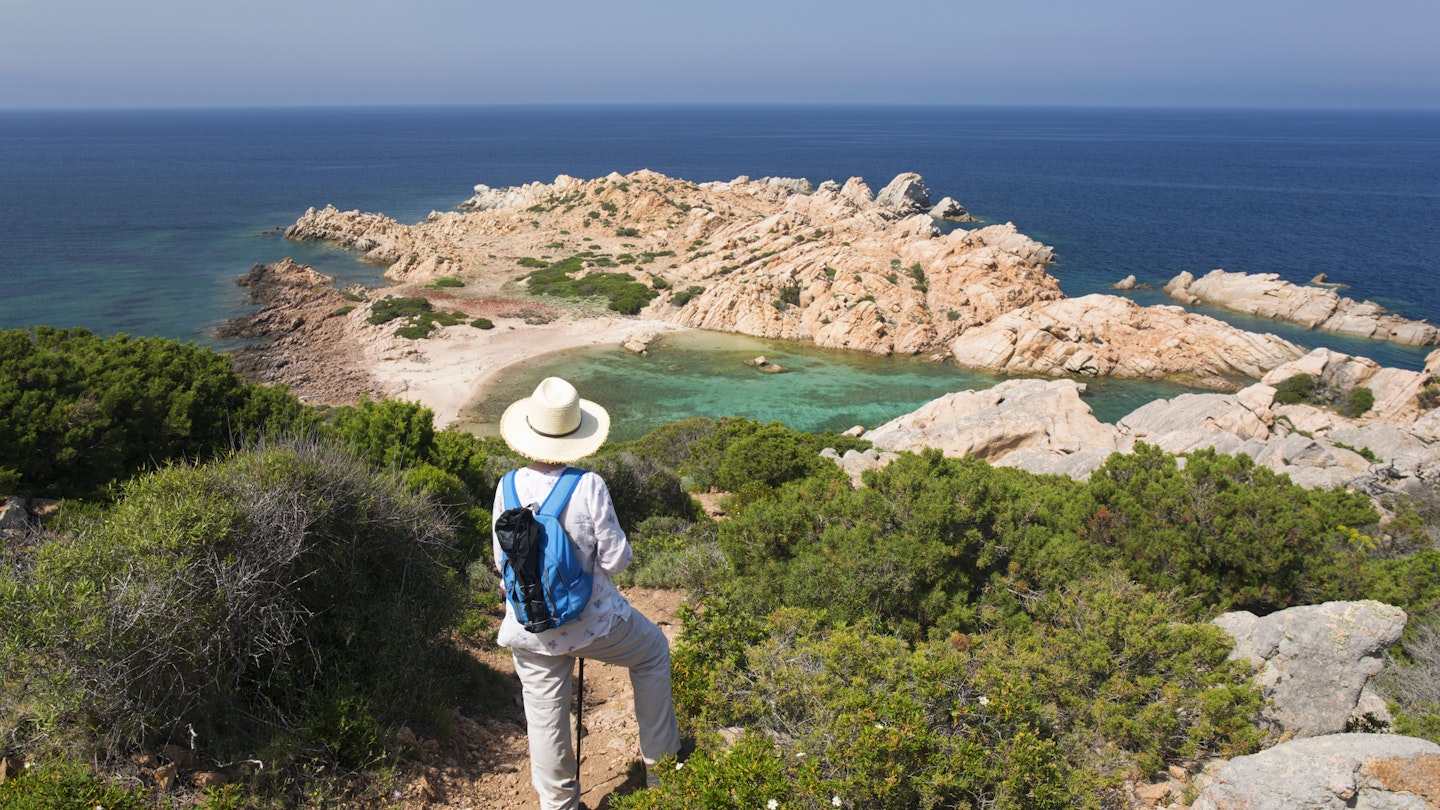
Experience the best of Sardinia with this guide to the top things to do © David C Tomlinson / Getty Images
With an 1800-km-long (1118-mile-long) shoreline sloping into some of the clearest Mediterranean waters, it's easy to see how Sardinia has become one of Italy's most coveted summer destinations.
Sparsely populated and naturally rich, the island's main draw has long been the collection of coves, white sand beaches and dramatic cliffs dropping into the ocean that line up along Sardinia's rugged perimeter. But you'd be wrong to think that coastal bliss is all the region has to offer.
Italy's second island by size (after Sicily) intrigues those who travel beyond the obvious with its geographical diversity and cultural complexity. Remnants of the mysterious Nuragic civilization are surrounded by the Mediterranean scrub that covers much of the dry interior, where hiking opportunities abound. Cyclists looking to explore the island at a slow pace can expect low-traffic roads that provide spectacular views. Sailing enthusiasts can explore archipelagoes of smaller islands hovering on transparent waters. And there's more – mouthwatering culinary traditions , rural villages and folk festivals can all be part of your Sardinian itinerary if you plan it right. Here's our guide to the top experiences in Sardinia.
Can't decide whether to go to Sardinia or Sicily? We can help .

1. Meet wild donkeys on the national park island of Asinara
A short ferry ride from Stintino or Porto Torres leads to Asinara , the uninhabited island emerging from the deep blue waters of northwestern Sardinia, whose protected lands are home to a large population of albino donkeys, wild horses and friendly goats. Before it was declared a national park in 1997, Asinara functioned as a penal colony and later as a maximum security prison, hosting some of Italy's most infamous criminals.
The paths that run through this sun-bleached island starting from Cala Reale connect the coves that hide behind lush hills with ancient watchtowers and abandoned prison infrastructure. A restaurant, a hostel, a cafe and a diving club open seasonally between spring and autumn, but for the rest of the year, you'll find the indigenous white donkeys (known as Asinara donkeys) roaming freely along the often deserted paths.
Planning tip: Asinara is ideally explored on a bike (or e-bike), which can be rented in Porto Torres or Cala Reale. This is a popular spot between June and September, but during the low season, the island is often empty. If you do visit in the low season, stock up on water and supplies before taking the ferry, as there is nowhere to buy food.
2. Sail in the Archipelago della Maddalena
Sardinia's first national park, established in 1994, is split between seven islands and several smaller islets scattered in turquoise water off the northwestern corner of the region. Providing some of the most impressive scenery Sardina has to offer, the archipelago is a spectacle worth taking in from the sea.
Isola Maddalena , the archipelago's main island, sits at the heart of the national park, surrounded by Caprera – historically important for having hosted revolutionary Giuseppe Garibaldi during his exile – Budelli, Santo Stefano, Santa Maria, Spargi and Razzoli. Most of these islands are uninhabited, including Budelli with its famous pink beach that is now a protected environment and can only be admired from a distance.
Planning tip: Ferries operated by Delcomar run between Palau and La Maddalena, taking 15 minutes to cover the distance. In summer, boat tours depart regularly from La Maddalena and Palau, running through the national park and stopping at various beaches along the way.
3. Try some criminally good cheese
With three million sheep – nearly two for each person – roaming Sardinia's rugged interior, it's no surprise that cheese has become one of the regional staples. The island's pecorino sardo is one of Sardinia's main culinary exports, and it's worth trying in all its varieties. Farms and cooperatives producing traditional cheese are easily found when driving through countryside roads – stop by to buy a wheel of pecorino or join a tasting session.
Pecorino is not the only cheese Sardinia is famous for. Casu Marzu is one of the island's best-known foods due to its illegal status; in 2009, the Guinness Book of Records proclaimed it the most dangerous cheese in the world. Why? Casu Marzu is made by allowing maggots to hatch in the cracks of the sheep's cheese and digest its proteins to turn it into a creamy product. Not something for the fainthearted. In fact, an EU law has made buying and selling Casu Marzu illegal in Sardinia – with high fines in place for those who do.
Planning tip: Many farms and agriturismi in the countryside sell cheese directly to the public. When driving around, just look for signs pointing to caseifici , which will usually be happy to let you taste some of their products.
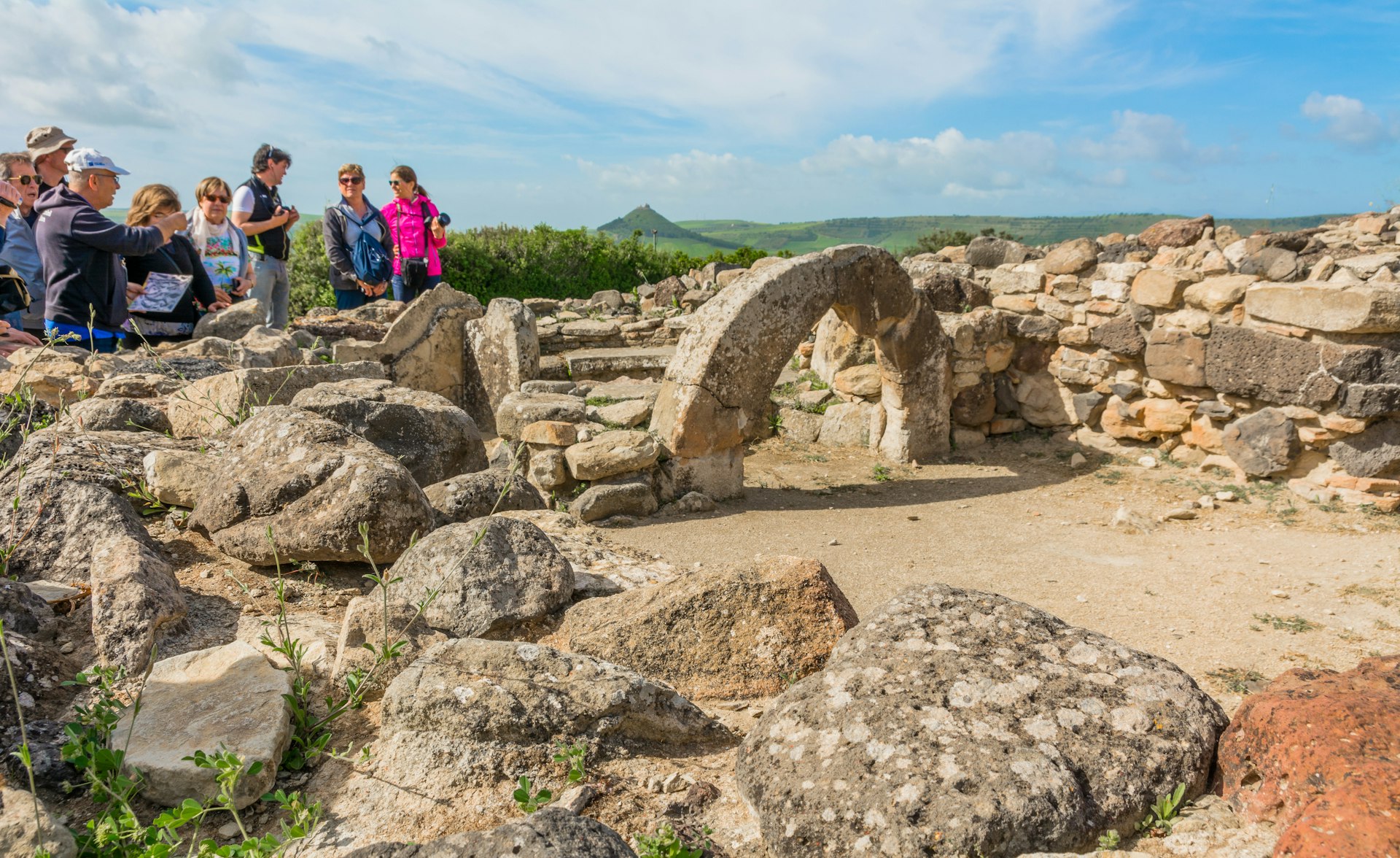
4. Explore the traces of the Nuragic civilization at Nuraghe Su Nuraxi
Thousands of nuraghi – stone-built towering structures erected by the obscure Nuragic civilization between 1800 and 700 BCE – mark the Sardinian territory, offering the chance to observe the ruins of some of the island's early settlements. The largest nuraghe – Sardinia's only UNESCO World Heritage site – is found in the village of Barumini. The core of the fortified complex of Su Nuraxi dates back to 1500 BCE and was later expanded with the addition of circular towers interlocking with each other. The archaeological site was discovered in 1949, and excavations have brought this ancient village back to light. It's the only nuraghe that has reemerged in its entirety in Sardinia.
Planning tip: The site can be visited with a guided tour only, available in both Italian and English. It's a popular day trip, s0 expect lines and bring water if you are visiting in the summer.
5. Join a folk festival
The relaxed atmosphere of Sardinia's cities is put on pause during the many festivals that take place year-round on the island. Carnival is one of the most awaited folk events – the city of Oristano celebrates in early February with the Sa Sartiglia festival, where up to a hundred masqueraded horse riders compete in the historic center, all trying to pierce a star with their swords.
Parades also take place in Mamoiada, south of Nuoro, where Carnival translates into the procession of Mamuthones and Issohadores, mysterious figures whose origins are believed to date back to the Middle Ages. The Mamuthones are represented by sinister men hiding behind black wooden masks and dark furs, carrying cowbells hanging on their backs. The Issohadores escort these eerie characters along town streets wearing red shirts and white trousers.
Cagliari also celebrates Sant'Efisio, the saint believed to have helped the city get rid of the plague in the mid-17th century – on May 1, thousands of people in traditional costumes parade through Sardinia's largest city.
Planning tip: Carnival is usually celebrated with dancing and mask parades, held on the last Sunday of Lent and Shrove Tuesday. While these festivals are spectacular, they are not meant as entertainment for tourists, and one should be aware of their cultural significance when visiting.
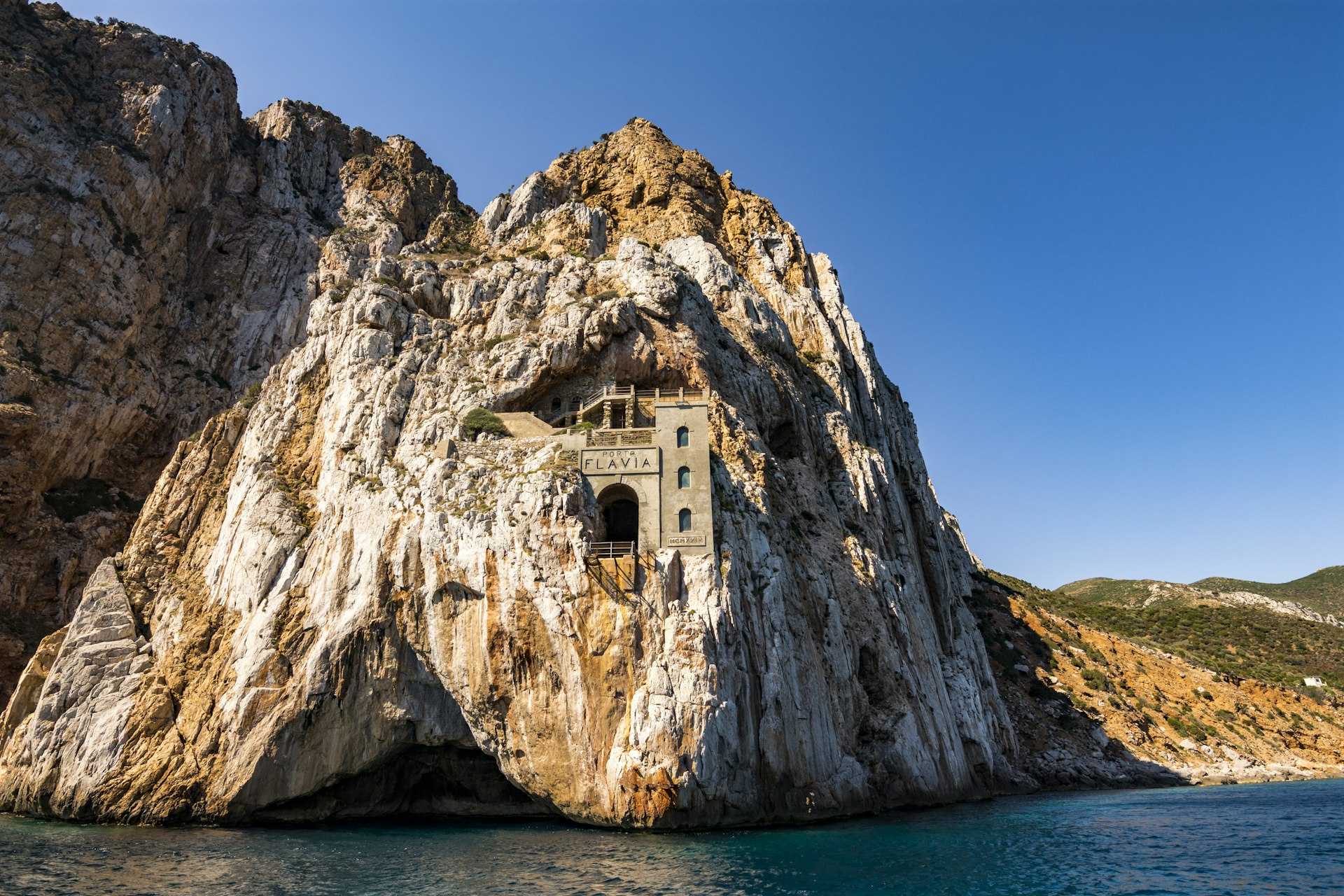
6. Hike the long-distance Cammino di Santa Barbara
Running through the beaches and mountains of Sardinia's southwest, Cammino di Santa Barbara is a long-distance hiking route that links the historic mining sites of one of the lesser-visited areas of the island. Stretching for 500km (311 miles) along routes carved by miners over centuries, this month-long trek blends wild nature with culture, allowing you to hike from village to village in a loop starting and ending in Iglesias. Besides astonishing vistas, ancient churches, archaeological sites, wineries and medieval hamlets dot the way.
Planning tip: A month-long hike requires some preparation. The Cammino di Santa Barbara's official website provides detailed information on all sections of the itinerary and accommodation options. This adventure is best done in spring or autumn when temperatures are still bearable. It is possible to cover many of the sections by bike if you prefer cycling over walking.
7. Snorkel or dive in the Mediterranean
Dolphins, tuna, octopuses, seahorses and many other underwater creatures populate the seas surrounding Sardinia. There's no better way to discover the exciting seascapes than to put a mask on and dive into the depths of the Mediterranean. The eastern coast of the island is typically less windy and more suitable for beginners, but options are available on both sides.
Immerse yourself in the rich ecosystem of Golfo di Orosei , in the northeastern part of the island, where experienced scuba divers will have the chance to see the relic of the Nasello ship that sunk in the 1940s. Alternatively, discover the natural treasures of Riviera del Corallo, in the area of Alghero , where spectacular rock formations form the backdrop of each dive.
Planning tip: Diving schools are available in most major coastal destinations, including Olbia, Isola Maddalena, Asinara and Alghero. Many diving tours only run in the summer, so book ahead if you are planning to join an underwater excursion.
8. Go caving in Grotta di Nettuno
The promontory of Capo Caccia, on the western Sardinian coast, not only offers awe-inspiring views of the city of Alghero opposite the gulf, but it also houses one of the most impressive networks of caves on the island. Grotta di Nettuno (Neptune's Cave) extends for 2.5km (1.5 miles) inside the rocky mountain, allowing for a walk in the dimly lit halls where impressive stalagmite and stalactite concretions have formed over the course of centuries around lakes and sculptural formations.
Planning tip: Grotta di Nettuno is found 24km (15 miles) north of Alghero. To enter the cave, you'll need to tackle the 654 steps of the Escala del Cabirol. Alternatively, you can reach the cave by sea – a ferry regularly departs from Alghero, crossing the Riviera del Corallo and taking you directly to the entrance in approximately 40 minutes.
This article was first published Jul 7, 2019 and updated Mar 21, 2024.
Explore related stories
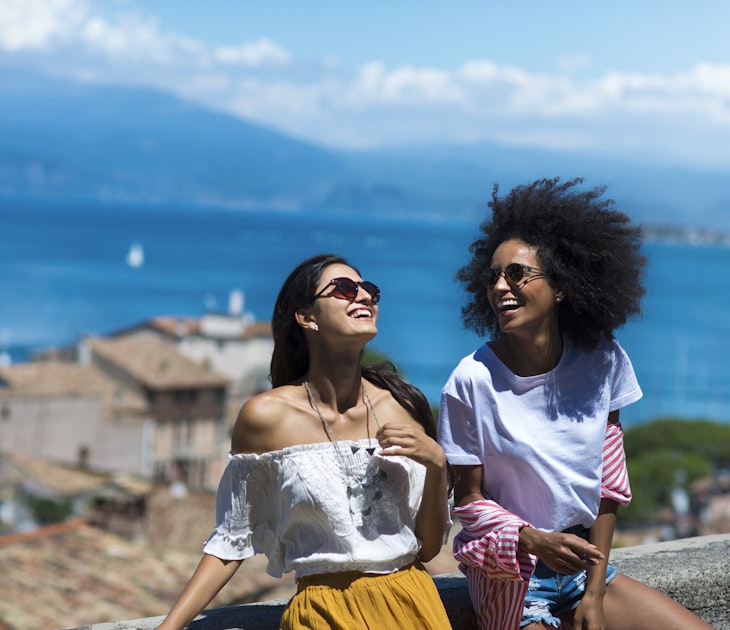
Jan 11, 2024 • 8 min read
Italy has so many delights for visitors, it’s hard to know where to start. Lucky for you, we’ve made this list of the best experiences all over the country.
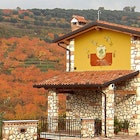
May 13, 2014 • 5 min read

Jan 12, 2012 • 4 min read
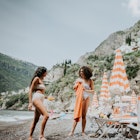
Mar 20, 2024 • 9 min read
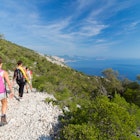
Mar 20, 2024 • 6 min read
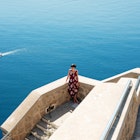
Mar 18, 2024 • 4 min read

Mar 14, 2024 • 16 min read

Feb 26, 2024 • 8 min read

Jan 19, 2024 • 11 min read

Mar 9, 2023 • 11 min read

- Luxury Hotels
- Spa Resorts
- Golf Hotels
- Boutique Hotels
- Slow & Chic
- Adults Only
- Family Hotels
- Budget Family Resorts
- Family Beach Hotels
- Beach Hotels
- Beach Villas
- Luxury Villas
- Holiday Homes
- Villas with Pool
- Porto Cervo
- Costa Smeralda
- Villasimius
- Santa Margherita di Pula
- Explore all destinations
- With Family & Kids
- Romantic & Honeymoon
- Explore all holiday types
- You are here >
- Sardinia >
Sardinia: guide and tourist information

History, traditions and lots of useful information to help you organise your holiday in Sardinia.
Where it is.
The largest footprint of the Mediterranean
More faces of the same island, more aspects of a single land
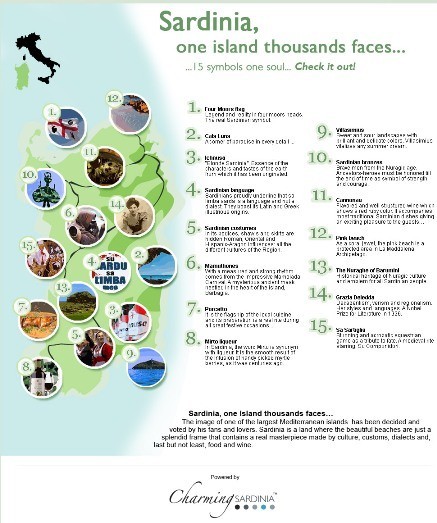
Is Sardinia part of italy? Yes, but with its own particularities: nature, culture, traditions
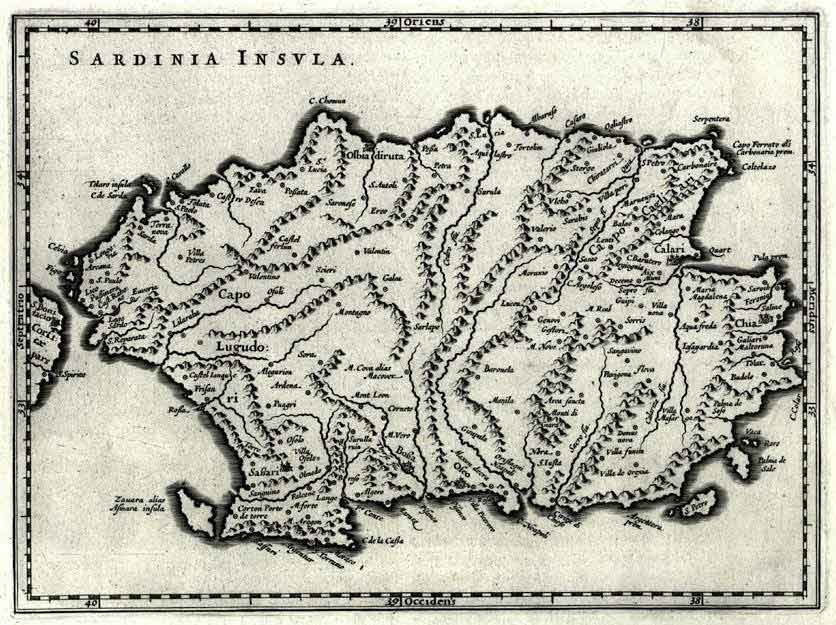
Food & Wine in Sardinia
How to get to sardinia.

- North or South Sardinia?
- Top 15 Sardinian places
- Sardinia Food
- What is Sardinia famous for?
- Low season in Sardinia
- Weddings in Sardinia
- Best hotels on the beach
- Adults only Hotels
- Best time to visit the Emerald Coast
- Top 50 Sardinian Beaches
- Tasting Sardinia - Private gourmet tour
- Excursion Alghero
- Mountains adventure 4X4
- Amazing Sardinia
- Costa Smeralda Tour
- Corsica (May-September)
- La Maddalena and Caprera
- Porto Cervo or Palau by Night
- Excursion by motorboat la Maddalena Archipel
- Cagliari: City Tour & Shopping
- Sailing Boat - S. Margherita di Pula
- Island of S. Pietro and Carloforte
- Caves Is Zuddas and Excursion
- Excursion with Sailing Boat Matilda II
- Sailing Boat Maby II - Villasimius
- Jeep Tour Villasimius
- Folkloristic dinner
- Mini-Dinghy in Southern Sardinia
- Nuragic Complex Su Nuraxi of Barumini
- Sights Sardinia
- Restaurants
- La Maddalena Archipelago
- PUBS, CAFÈ, NIGHTCLUB
- COASTAL TOWNS - WEST
- Golf Courses
- Cafes & Restaurants
- Northern Sardinia
- Southern Sardinia
Northern Sardinia Hotels and Villas
- Santa Teresa Gallura
- Isola Rossa
- San Pantaleo
- Porto San Paolo
- Baja Sardinia
- Castelsardo
- Porto Rotondo
- La Maddalena
- Golfo Aranci
Hotels and Villas Central Sardinia
Hotels and villas west sardinia.
- Riola Sardo
- Santu Lussurgiu
- Tresnuraghes
Hotels and Villas East Sardinia
- Santa Maria Navarrese
- San Teodoro
Hotels and Villas in South Sardinia
- Sant'Antioco
- Travel Services
- How to book
- Selected by
- Meeting & Incentive

You are using a very outdated browser. Please upgrade your browser or activate Google Chrome Frame to improve your experience. Alternatively, to make an enquiry, please call our Reservations Team on 01489 866978 . Close this message .

Sardinia Guide
Sardinia is Italian yet fiercely protective of its own identity. Equidistant between Europe and Africa it's an island full of allure and intrigue boasting a rich history with an abundance of Neolithic sites and much more.

Sardinia's spectacular coastline, with its white sand beaches and crystal-clear emerald water, is some of the best that the Mediterranean has to offer.

Nightlife & Cuisine
The nightlife and cuisine in Sardinia is extremely rewarding. Italians spend most of their evening socialising, dining and drinking wine, either on a terrace of a sidewalk café or in a restaurant.

Accommodation
At Sardinian Places we have a fantastic and diverse range of accommodation from luxury hotels and comfortable villas, to spacious houses.

Sardinia boasts a Mediterranean climate with long hot summers and coastal temperatures averaging 28.5 degrees (83F) in July and August.

Sardinia History
Sardinia has been populated since Neolithic times; the enigmatic domus di janas or "fairies tombs" cut into rock around the countryside date from this period.

Getting around
Hiring a car is the best way to get out and about, giving you the freedom to explore the island at your leisure.

Culture, Language & Religion
Sardinians are friendly and polite with a strong sense of tradition and a passion for their island. This is reflected in their many festivals and events that take place throughout the year.

Shopping & Markets
Shopping in Sardinia is somewhat low-key with a handful of craft shops in the main tourist areas.

Festivals & Events
The island hosts a feast of festivals and events throughout the year from colourful carnivals to religious processions and is your chance to experience a piece of true Sardinia.
Sardinia Map
Discover the location of all our properties, the closest airport to your choice of accommodation and all the top landmarks of the island.
Sardinia will dazzle you with its breathtaking scenery and immaculate unspoilt beaches. Just over 2 hours from the UK, with secluded inlets, rugged cliffs and stunning scenery not to mention the miles of coastline that provide a wealth of water sports and secluded spots to sit back and relax, visitors will not be disappointed.

The Costa Smeralda
The north east of Sardinia is home to the Costa Smeralda, probably the most well known part of the island, with a long stretch of white powder-sand beaches.

Alghero & the N. West
Sardinia’s north west coast shelters the most attractive seaside resorts on the island, interspersed with some really spectacular coastline.

Central Sardinia
Wild and remote, the landscapes of Central Sardinia are spectacular, with valleys, gorges, canyons, forests and towering mountain peaks.

Southern Sardinia
It has taken much longer for visitors to discover the incredibly wild, beautiful and unspoilt region of Southern Sardinia.
World Map » Italy » Region » Sardinia » Sardinia Tourist Map
Sardinia tourist map
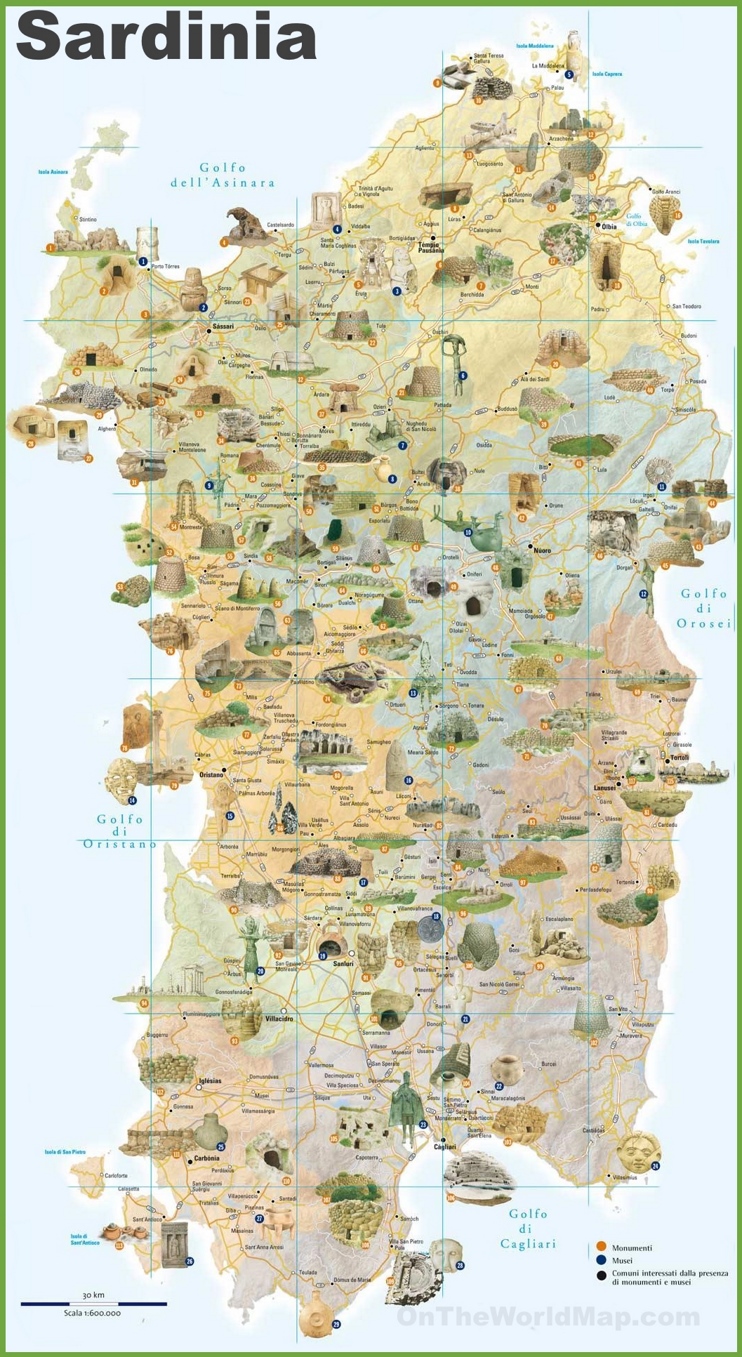
You may download, print or use the above map for educational, personal and non-commercial purposes. Attribution is required. For any website, blog, scientific research or e-book, you must place a hyperlink (to this page) with an attribution next to the image used.
Maps of Italy
- Ski Resorts
- Mappa d'Italia
Cities of Italy
Regions of Italy
- Aosta Valley
- Emilia-Romagna
- Friuli-Venezia Giulia
- Trentino-Alto Adige
- North America Map
- South America Map
- Oceania Map
Popular Maps
- Australia Map
- Germany Map
- Singapore Map
- United Arab Emirates Map
- United Kingdom Map
- United States Map
- New York City Map
- Los Angeles Map
U.S. States
- California Map
- Colorado Map
- Florida Map
- Georgia Map
- Illinois Map
- New York Map
- North Carolina Map
- Virginia Map

- Extreme Spots
- Cities in 3D
- All countries

- Country selection
- Aegadian Islands
- Alberobello
- Ascoli Piceno
- Baja Sardinia
- Breuil-Cervinia
- Cortina d Ampezzo
- Elba Island
- Emilia-Romagna Region
- Favignana Island
- Isola di Ischia
- Isole Pontine
- Lipari Island
- Marche Region
- Montecatini Terme
- Montepulciano
- Porto Cervo
- Procida Island
- Salina Island
- Sardinia South
- Ustica Island
- Valle d'Aosta
- Hotels in Sardinia
- Guest houses
- Family rooms
- Budget hotels
- Luxurious hotels
- Bed & Breakfast
Detailed hi-res maps of Sardinia for download or print
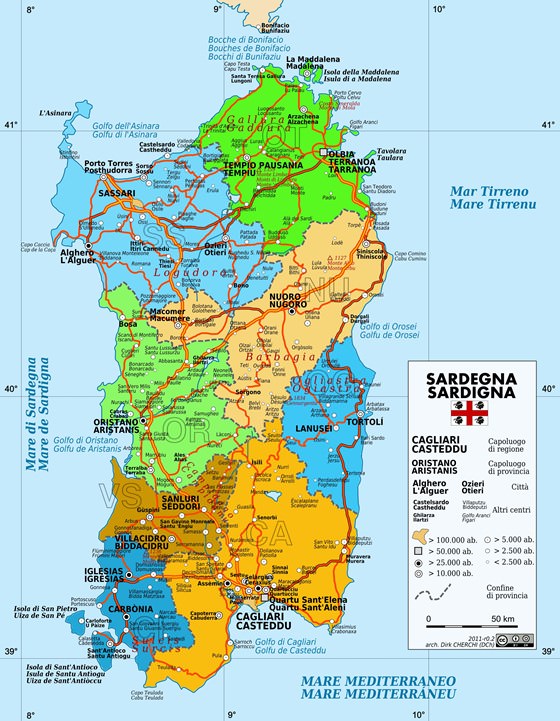
Large interactive map of Sardinia with sights/services search
City tours, excursions and tickets in sardinia and surroundings, moving around in italy - transportation.

Economy roadmap of Italy

Search for services, infrastructure and sights on map of Sardinia

Photogallery of Sardinia sightseeing
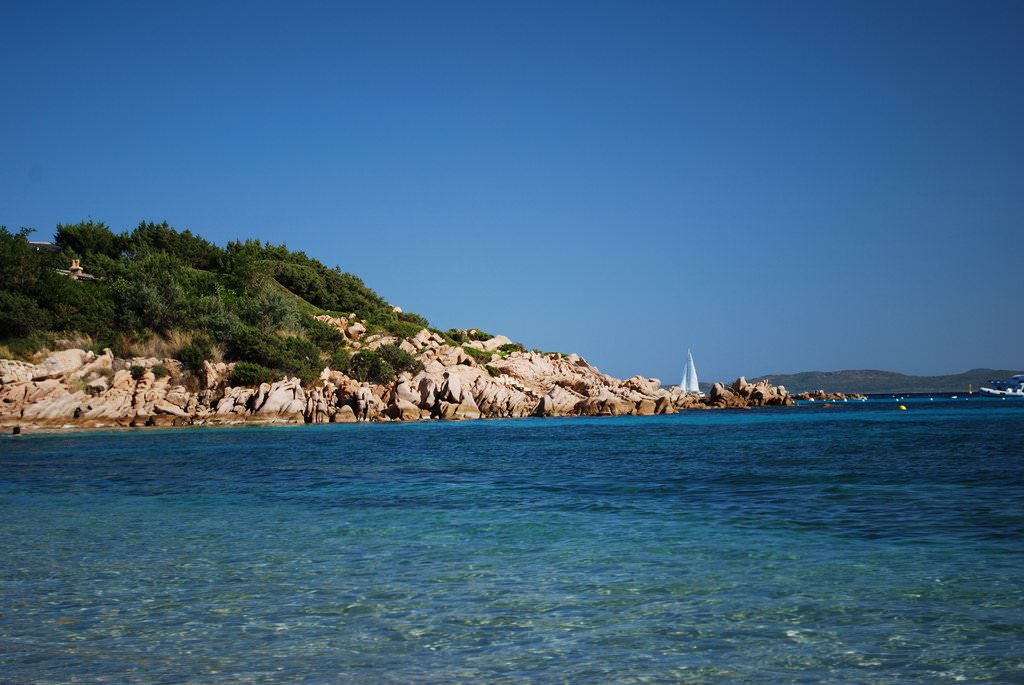
Our guide chapters over Sardinia
Attractions and active leisure.
Cuisine and top restaurants
Traditions and mentality of sardinia, travel guide to sardinia, advices for travellers, cultural excursion through sardinia - things to see, detailed maps of neighbouring cities to sardinia.

Cagliari Printable Tourist Map
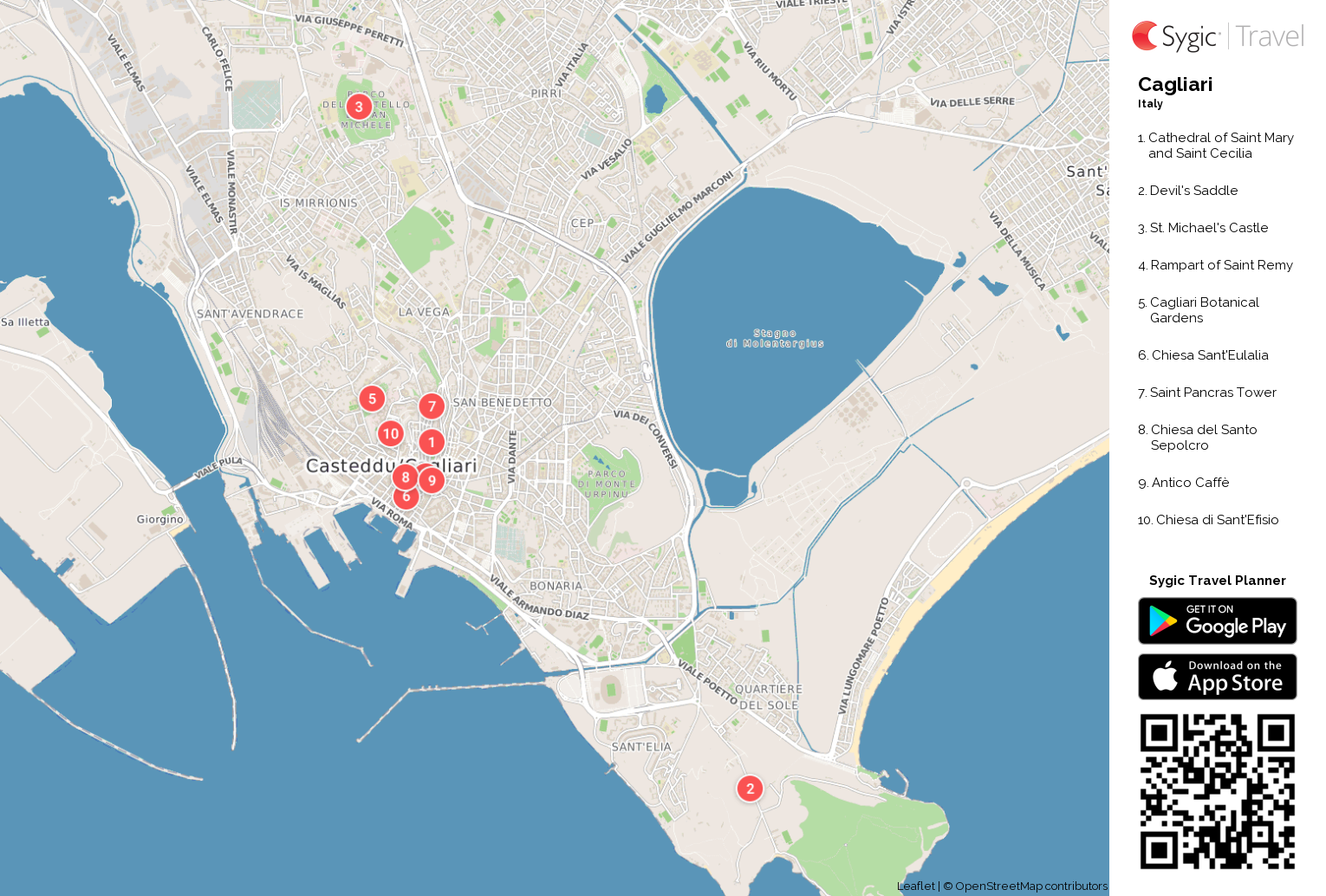
Cagliari Map: The Attractions
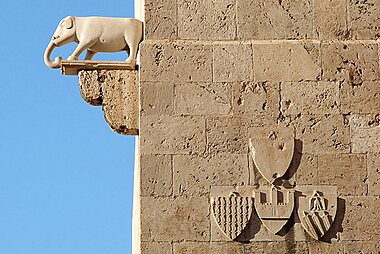
Torre dell'Elefante
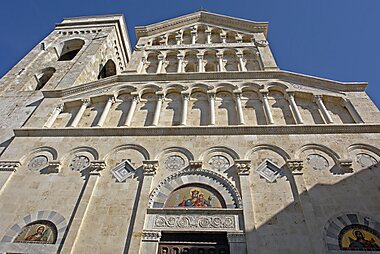
Cathedral of Saint Mary and Saint Cecilia
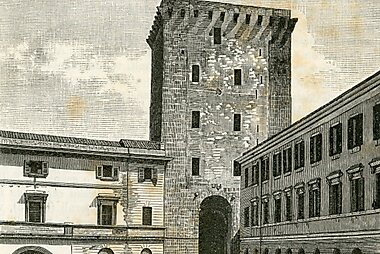
Torre di San Pancrazio
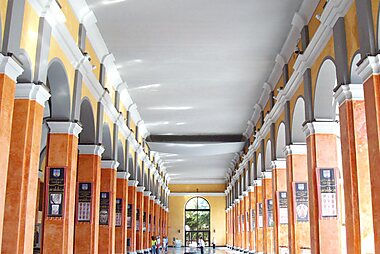
Rampart of Saint Remy
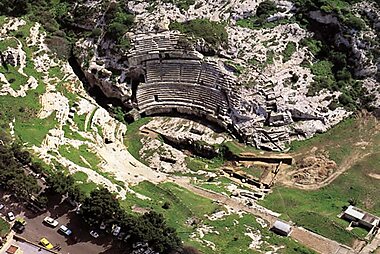
Roman Amphiteatre
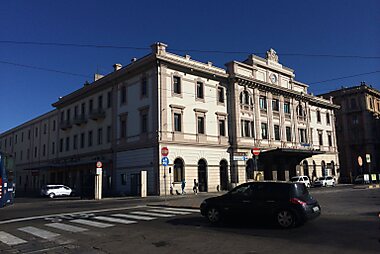
Cagliari railway station
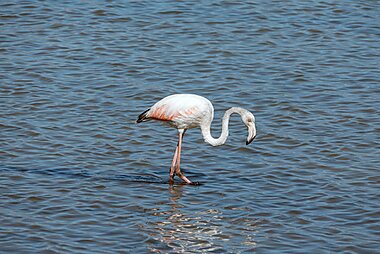
Parco di Molentargius
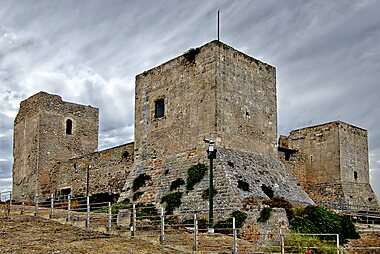
St. Michael's Castle
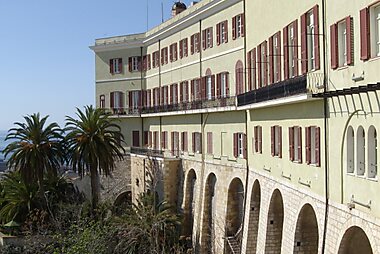
Palazzo Regio
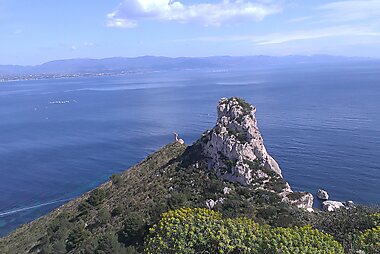
Devil's Saddle
Sygic travel - a travel guide in your pocket.

More Tourist Maps
- Privacy Policy
- STOCK 360° TRAVEL VIDEOS

IMAGES
VIDEO
COMMENTS
If you come into Sardinia from mainland ferries, you'll likely land at Olbia, Golfo Aranci, or Cagliari. There are major airports in Alghero and Cagliari. Sardinia is divided into 8 provinces. The most populous is Cagliari. (See a Sardinia Province Map.) The lines on the map represent train lines (green indicate the tourist train routes).
2 lists. Alghero, an Italian city situated on the northwest coast of Sardinia, is renowned for its medieval architecture and cobblestoned streets. The city's ancient walls encircle notable attractions such as the Cattedrale di Santa Maria, Palazzo Guillot, and Chiesa di San Francesco.
1. Cagliari. Best for urban excitement. Sardinia's capital and largest city makes a great place to begin or end your trip. Stroll through the narrow lanes of Il Castello, Cagliari's medieval hilltop citadel, to admire the dizzying mix of architectural styles at Cattedrale di Santa Maria and the far-reaching views atop Torre dell'Elefante.
Sardinia offers an array of tourist attractions and destinations that cater to every interest, from history and culture to natural beauty and culinary exploration. Key Cities and Destinations Cagliari : The island's capital, Cagliari, is a vibrant city rich in history and culture, offering visitors a mix of urban life and ancient history.
5. Driving is the best way of getting around, but there is a shortage of rental cars. Sardinia has a decent rail network, and buses go where trains can't. Yet, traveling by public transport is slow and doesn't allow reaching the more remote areas, where many of the island's natural wonders are found.
Sardinia's beaches, ancient sites and charming towns are difficult to get around on public transport. Hire a car and choose one of our 5 road trips. Read article. View more. Plan with a local. Experience the real Sardinia. Let a local expert craft your dream trip. Get started. Articles
Barumini Map - Attractions (Historical) 3. Visit the Costa Smeralda. Porto Cervo. From the port town of Olbia to the tip of Capo de Testa some of the world's most beautiful beaches are set in craggy coves washed by a sea so green and clear that it's known to the world as the Costa Smeralda, the Emerald Coast.
Discovering the iconic dish of Sardinia: pane carasau. Pane carasau flatbread shares a close historical bond with its place of origin: Barbagia, the wildest and most inland area of the province of Nuoro. Here we find Sunalle, the old bakery of the town of Fonni, which has been producing this typical Sardinian dish for over 30 years, tempting ...
Use this helpful map of Sardinia to plan your travel itinerary around the island
Map of Sardinia. 1 Cagliari - a metropolitan city and the capital of the autonomous region of Sardinia; 2 Alghero - the Catalonian city 3 Arbus - famous for its ... In the 2010s, hiking and archaeological tourism with a low environmental impact has developed considerably, thanks to very important archaeological discoveries such as the ...
Discover the beauty, culture and events of Sardinia, the island of magic moments. Plan your unforgettable holidays with the official tourism website of the region.
Description: island of Italy. Categories: island, region of Italy and locality. Location: Italy, Europe. View on OpenStreetMap. Latitude of center. 40.0913° or 40° 5' 29" north. Longitude of center. 9.0306° or 9° 1' 50" east. Population.
Sardinia is the second-largest island in Italy after Sicily and is located in the middle of the Mediterranean Sea. The island spans 9,305 square miles (or slightly larger than the state of Vermont ...
The Ethnographic Museum in Sardinia is a fascinating place to explore and learn about the island's history and cultural heritage. A visit to this extensive collection - crammed with masks, costumes, craftwork and musical instruments - offers intriguing insights into the local culture. #8 Plunge into Neptune's Grotto.
Large detailed map of Sardinia with cities, towns and roads Click to see large Description: This map shows cities, towns, villages, main roads, secondary roads, railroads, lakes and points of interest on Sardinia.
6. Hike the long-distance Cammino di Santa Barbara. Running through the beaches and mountains of Sardinia's southwest, Cammino di Santa Barbara is a long-distance hiking route that links the historic mining sites of one of the lesser-visited areas of the island.
Sardinia is the second largest island in Italy, and is situated in the middle of the Mediterranean. It is immediately to the south of Corsica (which belongs to France). It can be reached in 5 hours by ferry from Rome, 7 from Nice or by plane from several different international airports. The largest footprint of the Mediterranean.
Sardinia is the Italian region with the highest pro-capita consumption of beer. Off the counter beer in Sardinia means Ichnusa - we love the unfiltered variety. The consumption and production of craft beer is increasing too. The one to try is Pozzo, produced in Guspini. The best varieties are Pozzo 9 and Pozzo 16.
so please check regularly for updates. Sardinian Places, Atlantic House, 3600 Parkway, Solent Business Park, Fareham, Hampshire, PO15 7AN. Equidistant between Europe and Africa, Sardinia is an island full of allure and intrigue, boasting a rich history and an abundance of Neolithic sites.
You may download, print or use the above map for educational, personal and non-commercial purposes. Attribution is required. For any website, blog, scientific ...
The actual dimensions of the Sardinia map are 2933 X 3778 pixels, file size (in bytes) - 1557709. ... It is close to famous attractions like Kinkaku-ji Temple, and Shozan Resort Kyoto Pavilion is a short walk from the hotel. Read this 02.06.2024 Search for services, infrastructure and sights on map of Sardinia ...
See the best attraction in Cagliari Printable Tourist Map. United States Italia Cagliari Printable Tourist Map. Print the full size map. Download the full size map. Create your own map. Cagliari Map: The Attractions. 1. Torre dell'Elefante. See on map. 2. Cathedral of Saint Mary and Saint Cecilia.
Sardinia is the second-largest island in the Mediterranean Sea (after Sicily and before Cyprus) and an autonomous region of Italy. Tourism in Sardinia is one of the fastest growing sectors of the regional economy.The island attracts more than a million tourists from both Italy (particularly from Lombardy, Piedmont, and Lazio), from the rest of Europe (especially from Germany and France), and ...